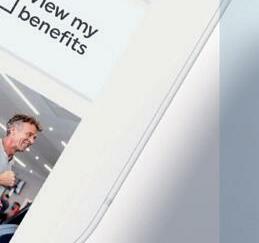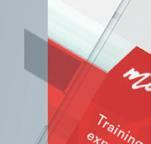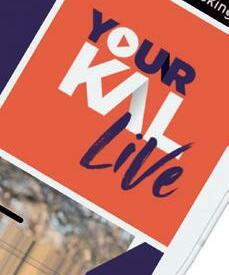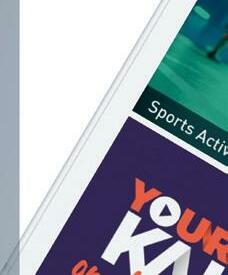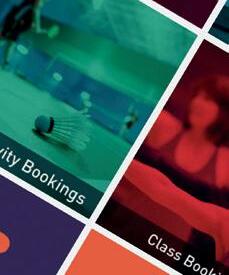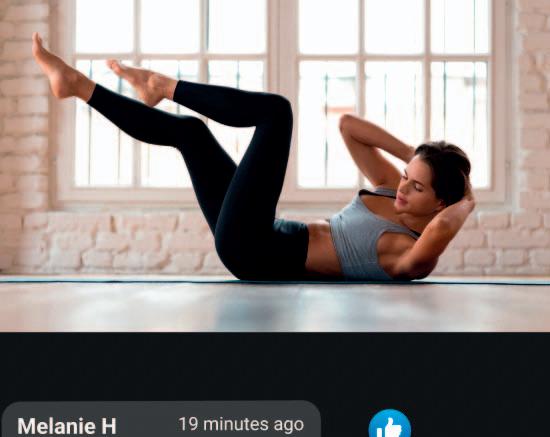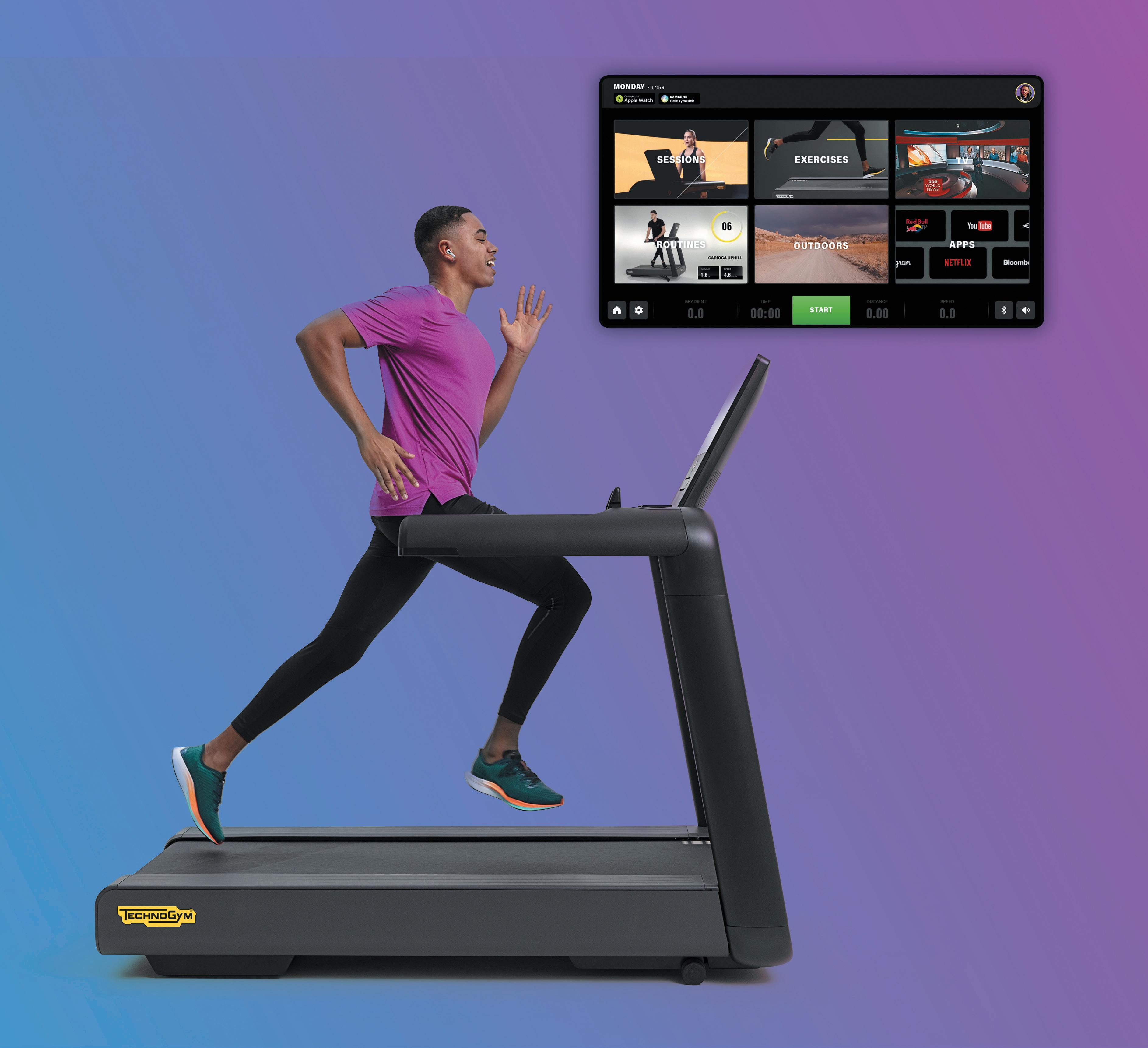Fahad






The CEO of Armah Sports explains his new smart club concept, B_fit


The CEO of Protokol on how blockchain can be a secret weapon for small sports teams
The co-founder of Bold tells how her digital strength platform is helping older people




The most powerful form of member motivation.
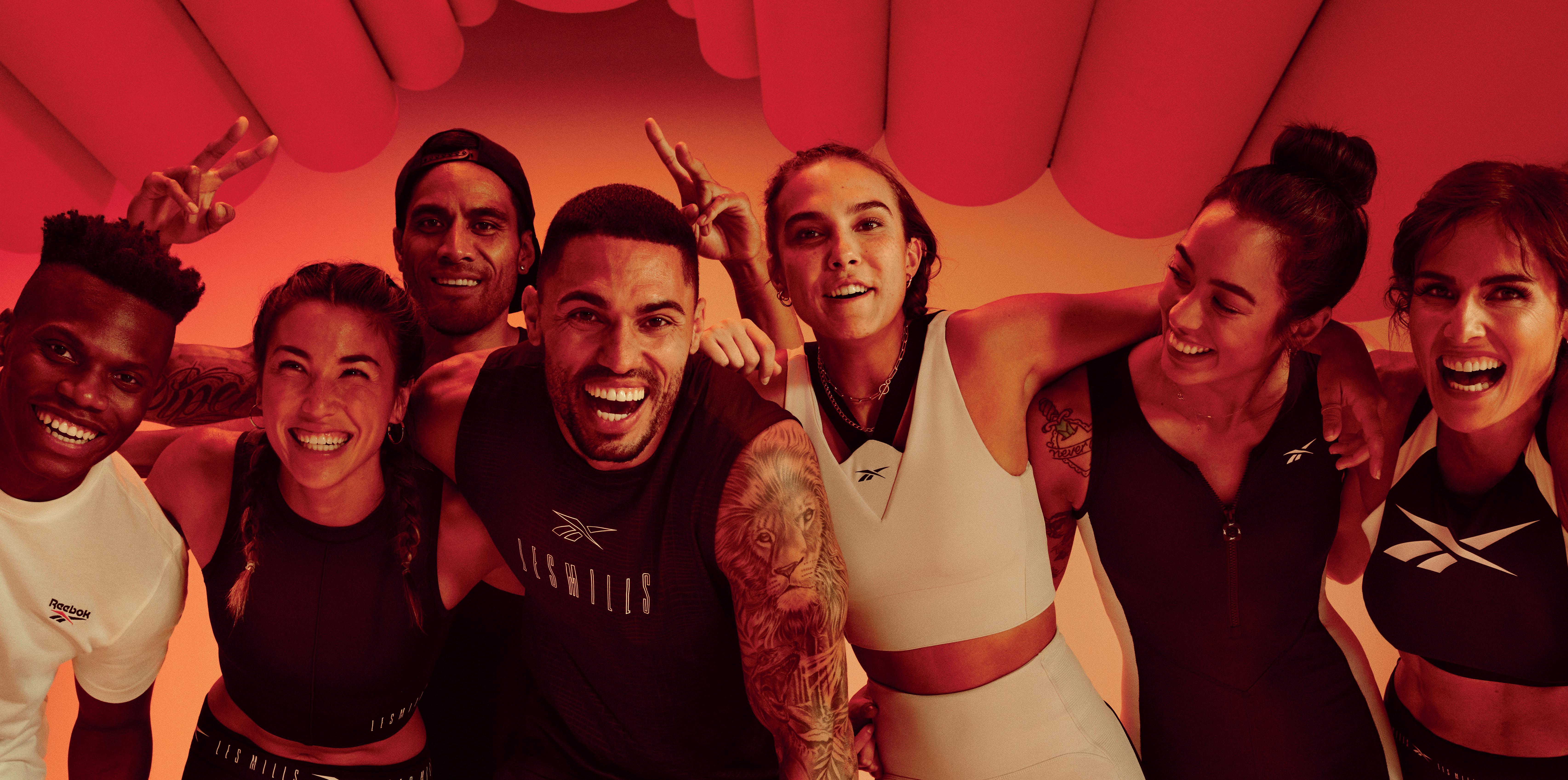 *Source: Les Mills 2021 Global Fitness Report & The Retention People
*Source: Les Mills 2021 Global Fitness Report & The Retention People
58% of members report being highly motivated by the social aspect of attending the gym, and group exercisers are 26% less likely to cancel memberships than gym-only members.
The Les Mills Groupness Study found members experience increased levels of individual enjoyment, exertion and satisfaction from fitness classes. Group fitness participants are among the most valuable type of member - they drive both retention and acquisition by staying longer and pulling in more new members. How are you keeping your members motivated?

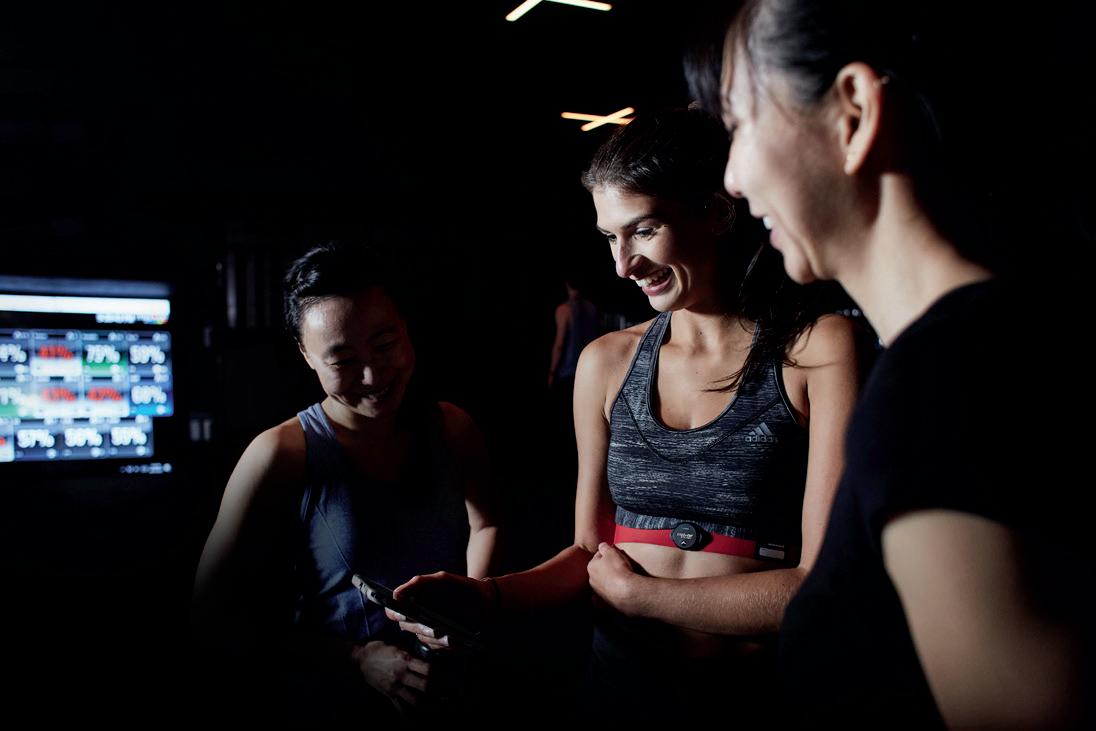

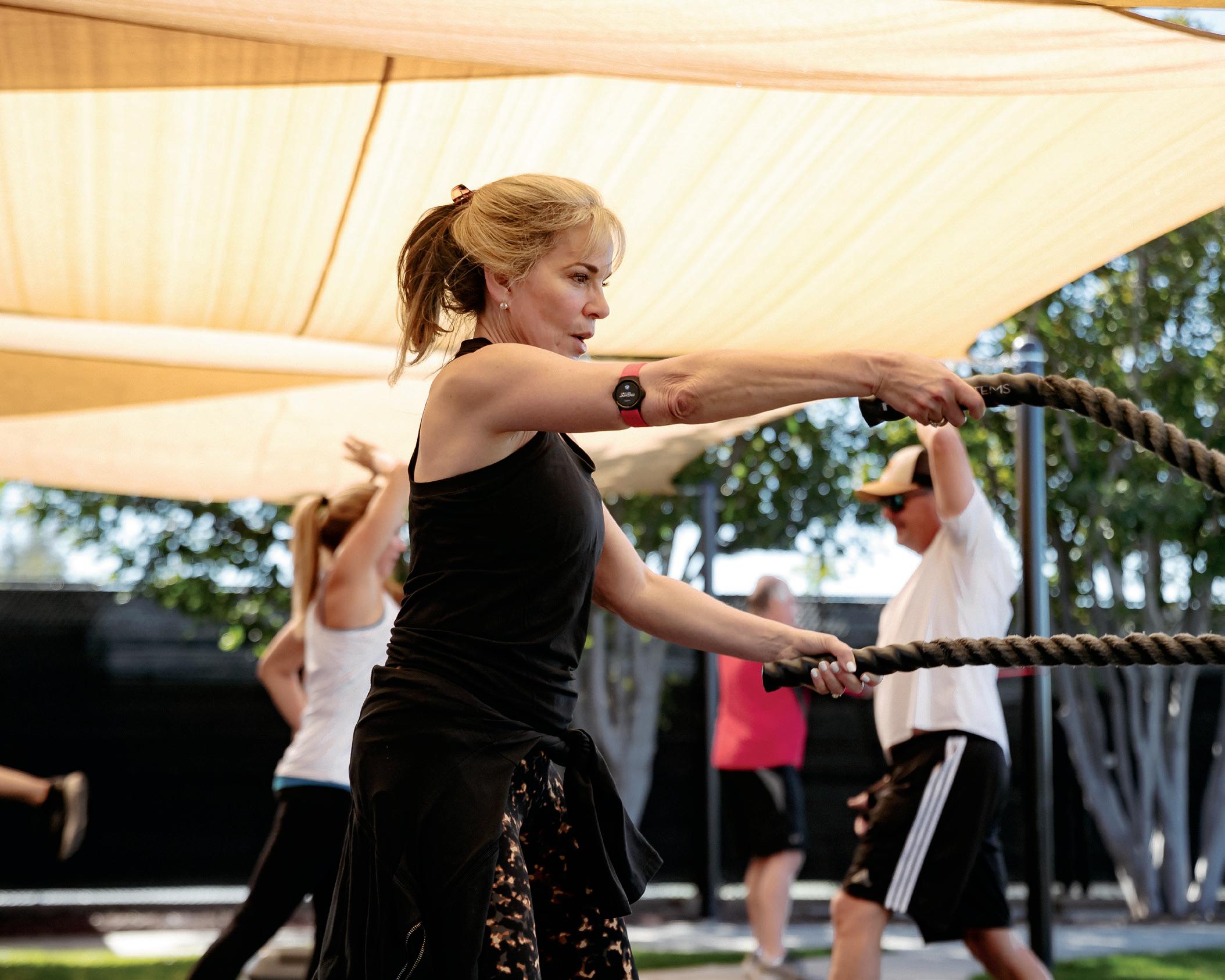
Myzone helps you support every member get the most from their membership through tailored workouts that suit how, when and where your members want to move.
Learn more at myzone.org or info@myzone.org or speak to a member of the team today.
As omnichannel fitness becomes richer and more complex, we expect health club operators to add metaverse products to the mix, for example, launching studios where members can exercise in gamified, immersive environments.
Home workouts connected to the same system will ensure members enjoy the fun and motivation of metaverse fitness, while still being emotionally invested in their club.
Fortune Business Insights expects the global market for VR gaming to grow from US$7.92bn in 2021, to US$53.44bn in 2028, with much of this growth coming from what it calls ‘exertainment’ – a combination of fitness, instructors, influencers and music.
Fitness is already the third-largest market in the metaverse, behind entertainment and retail and as it grows, health club applications will also include everything from club tours to avatar hangouts for members.
Avatar fashion is a coming thing, with Parsons School of Design launching an avatar fashion design course in 2023 where students can learn to design clothes for the metaverse.
Research by Roblox found consumers are prepared to spend hard cash on branded fashion for their avatar, valuing it as much, if not more, than real clothing and we expect to see fitness brands competing in this space.
Industry leaders are already forging ahead with the creation of immersive experiences and in recent weeks, global fitness giant, Les Mills, brought its Live spectacular to London, filming the entire event in VR, ready for use on its metaverse platform (see page 25).

Les Mills will now make Les Mills Live available in VR, in addition to its existing Bodypump VR workout – launched in
partnership with Odders Lab and currently the most popular fitness VR game in the world.
Hardware is also evolving, with things such as multi-directional treadmills being developed, while new entrants include Byte Dance, owner of Tik Tok, which acquired Pico, and is rolling out its headset and Playstation and Apple which will launch headsets in 2023.
We also expect to see developments such as sweatproof, self-sterilising headsets, meaning in-club options can include intensive workouts such as HIIT – something that’s hard to deliver at scale with current models.
All this, coupled with opportunities for globalisation, means disruption caused by metaverse partnerships is only just beginning.
 Terry, editor, FitTech @elizterry
Terry, editor, FitTech @elizterry
Fitness is already among the top three markets in the metaverse, with new technology and partnerships driving real growth and consumer engagement that looks likely to spill over into health clubs, gyms and studios
Hardware is evolving fast, with things such as multidirectional treadmills being developedLes Mills Live was filmed in VR PHOTO: LES MILLS

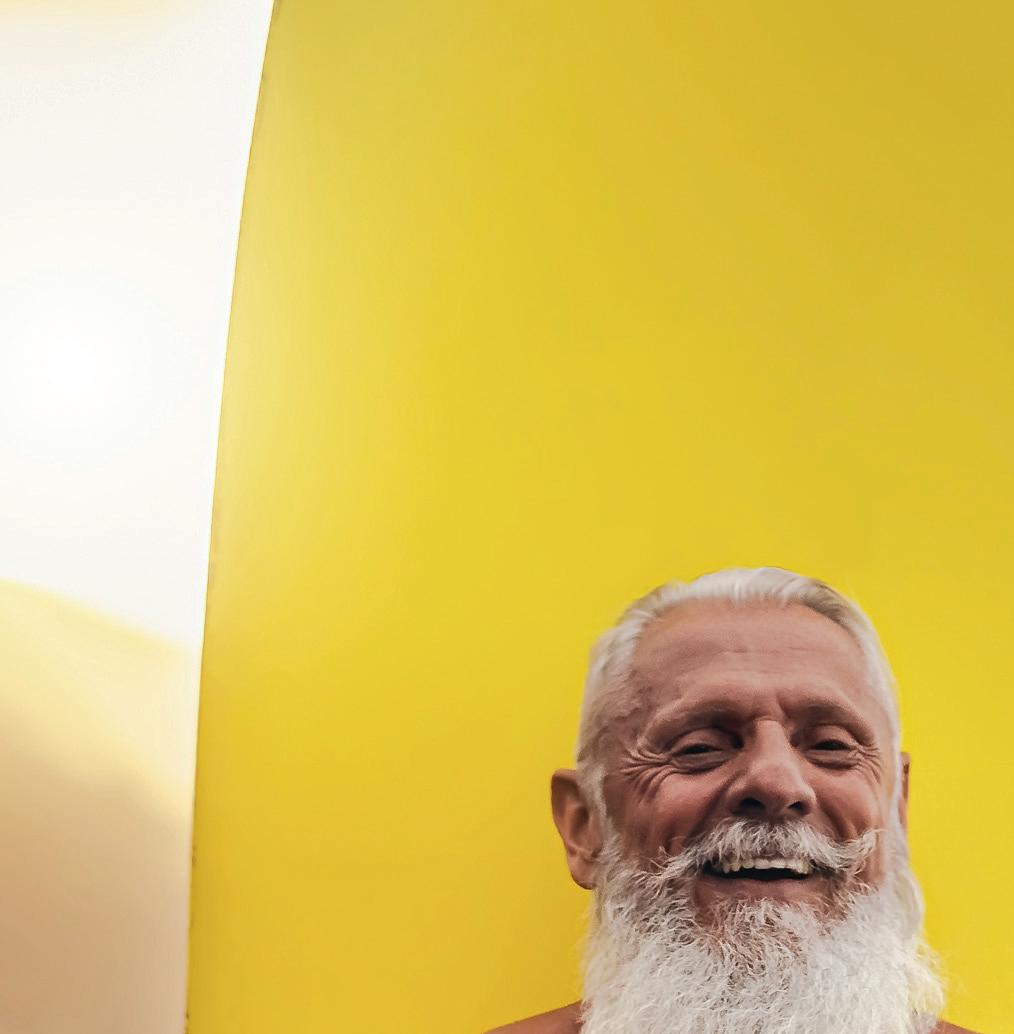

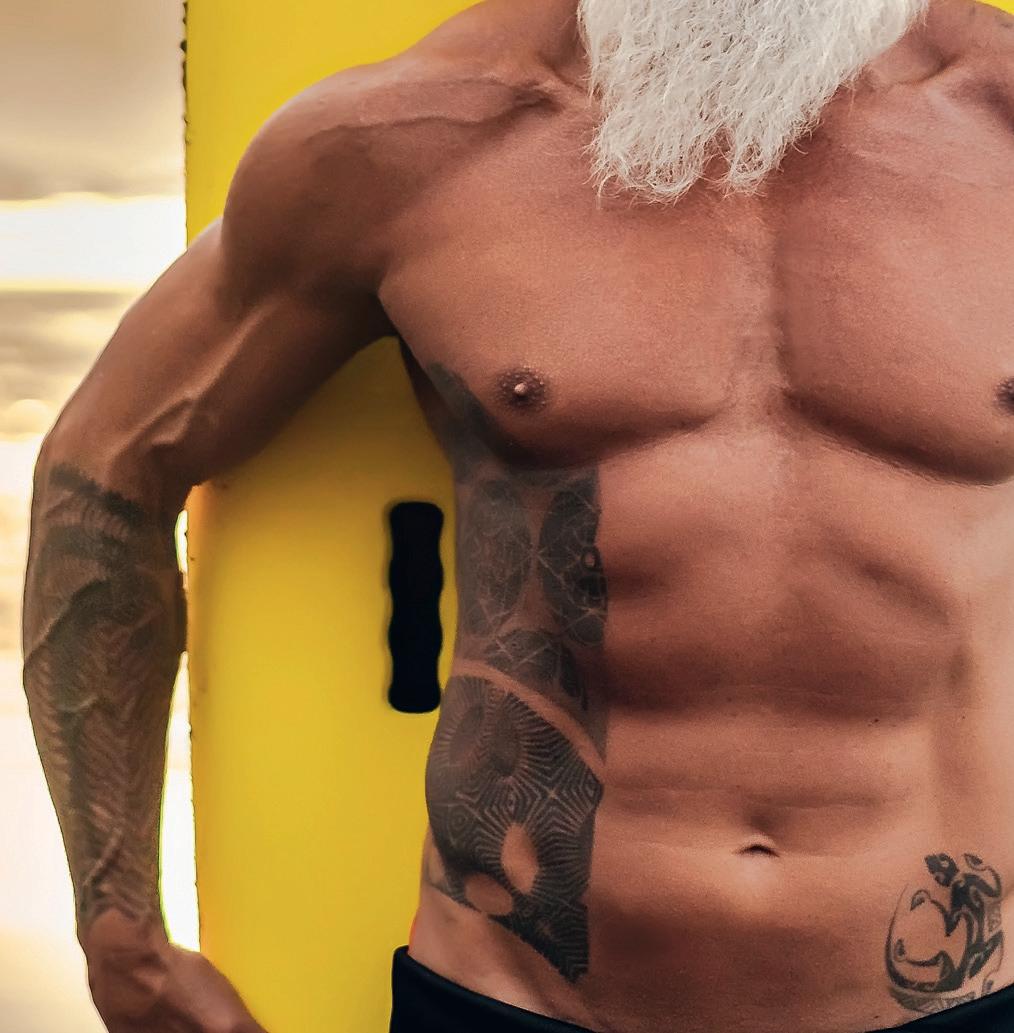
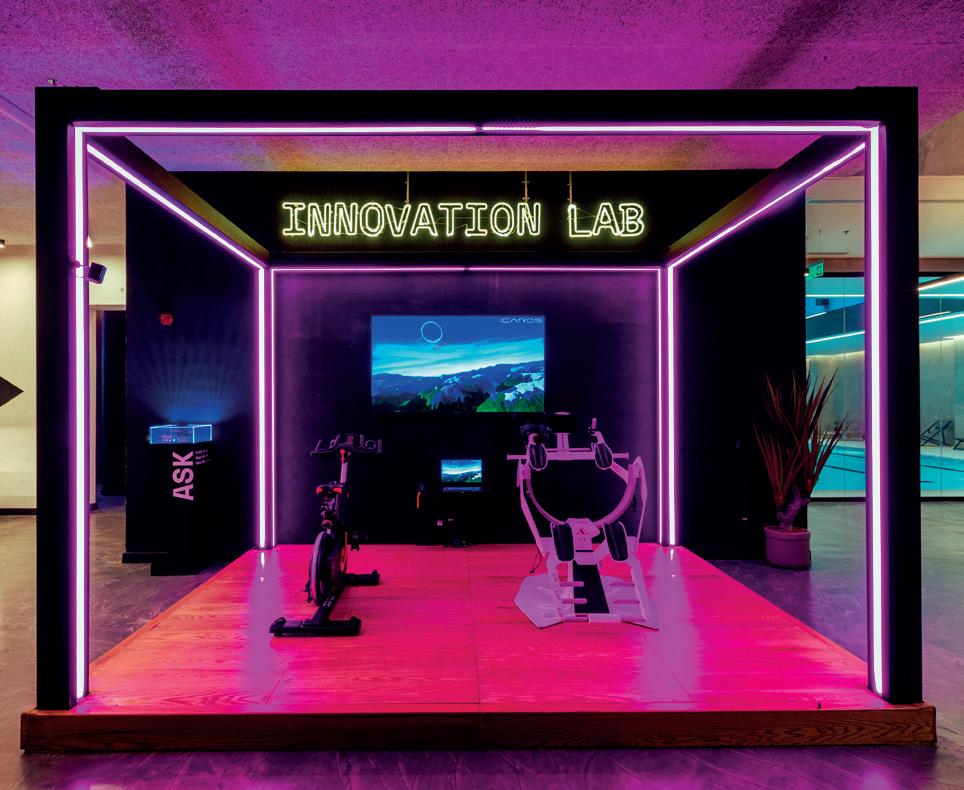
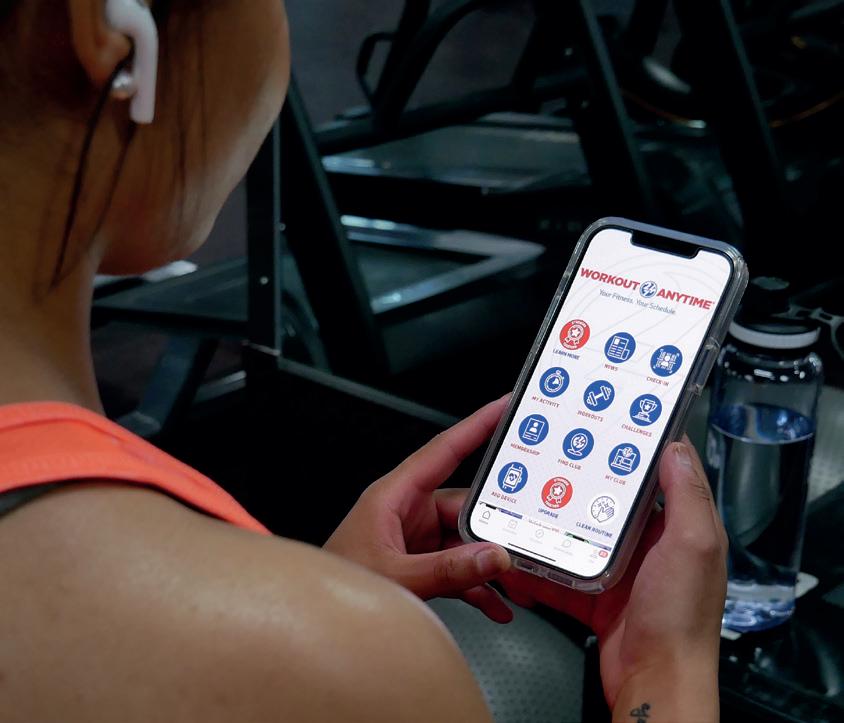
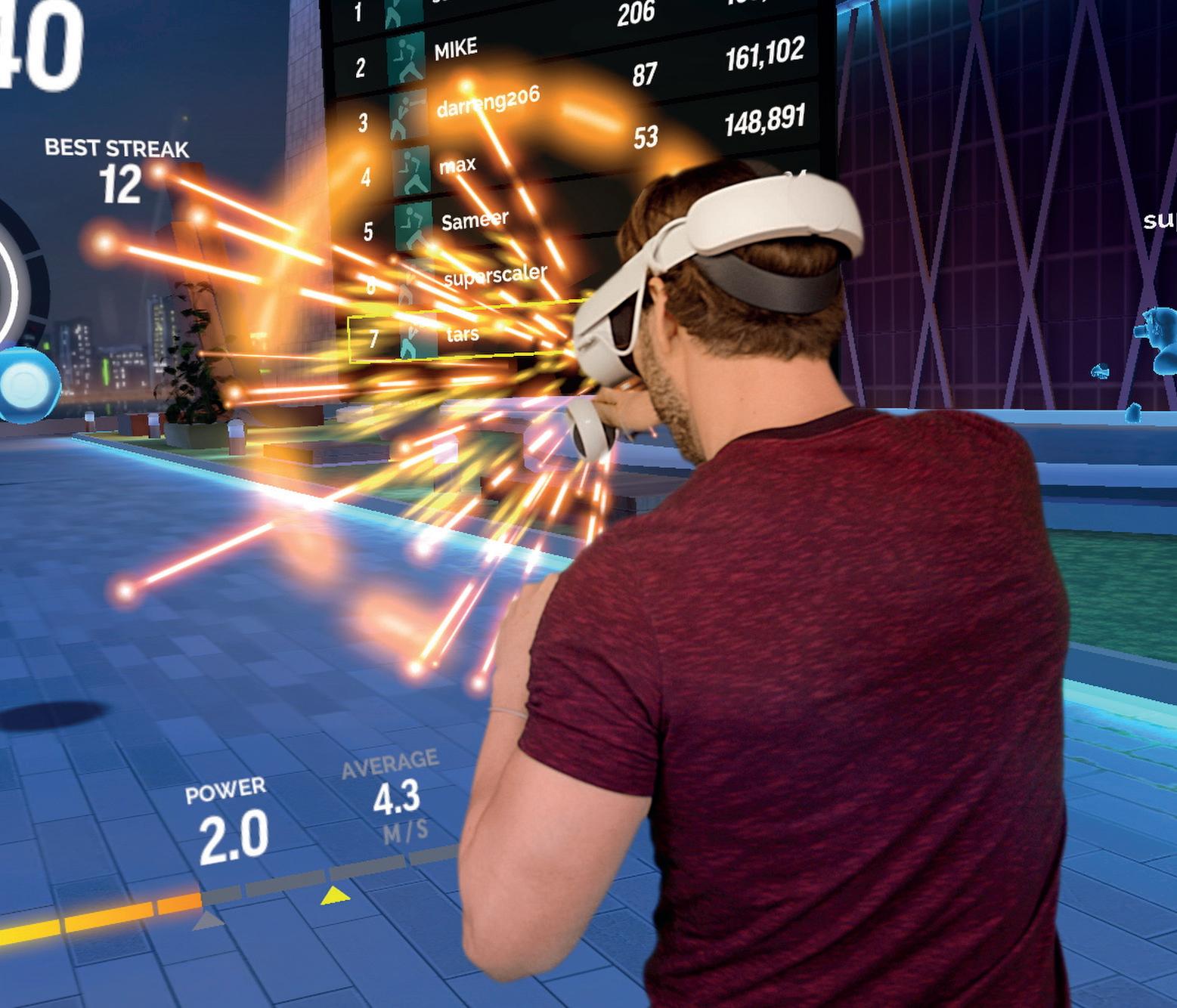
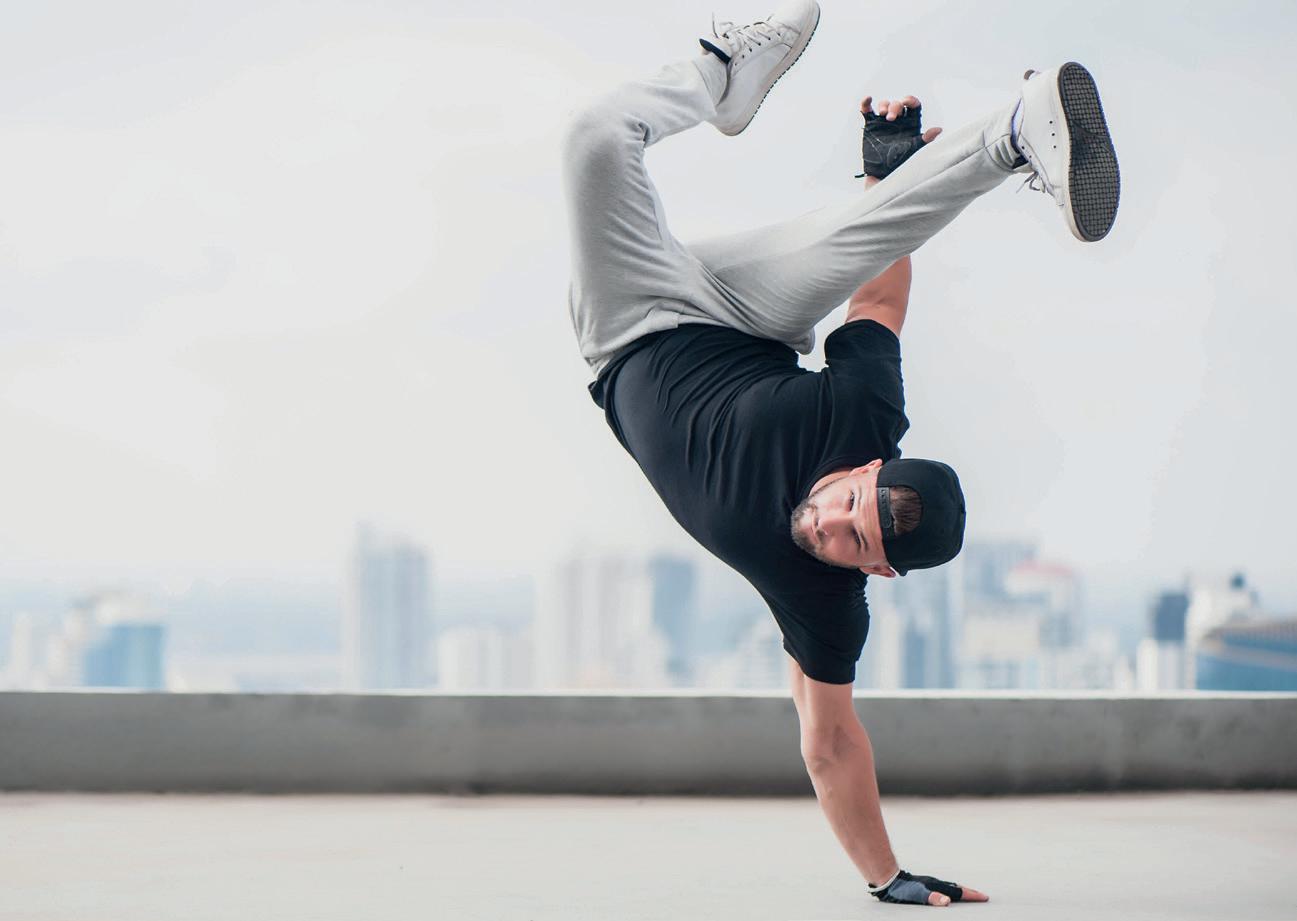
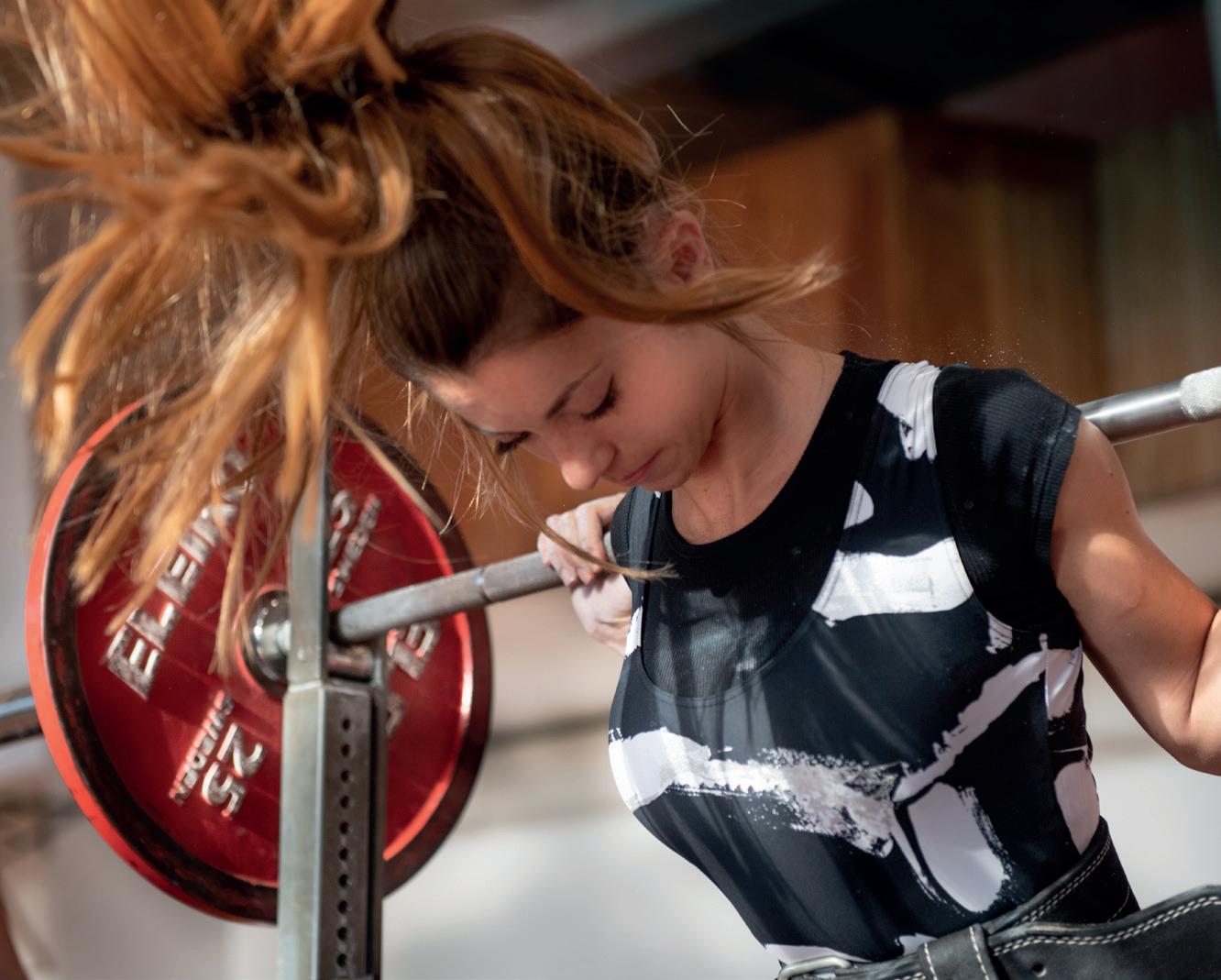
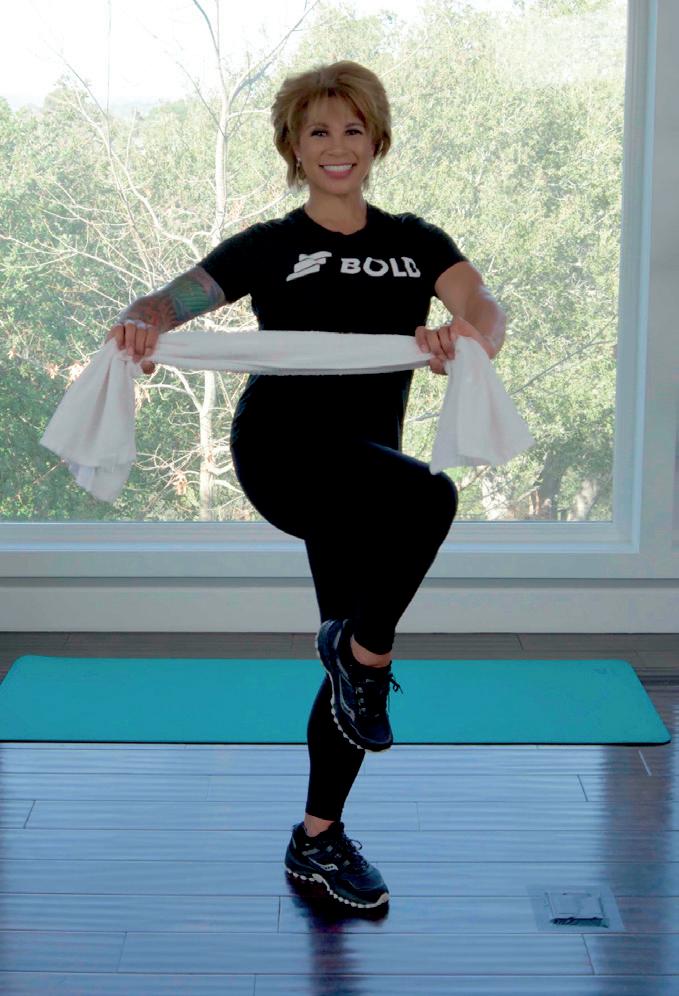


Fit Tech is available in print on subscription at fittechglobal.com/signup
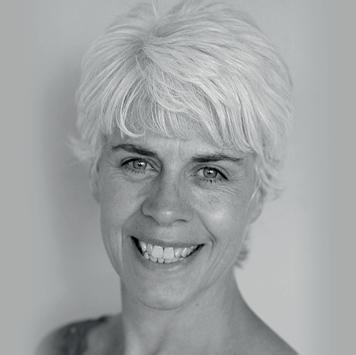



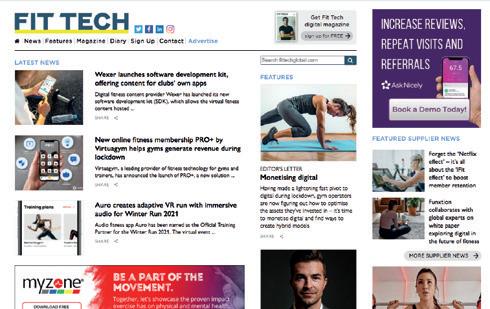

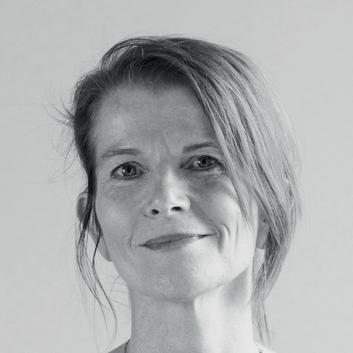


DIGITAL Read Fit Tech on Digital Turning Pages and enjoy extra links and searchability PDF A PDF edition is available to read offline ONLINE Read Fit Tech online at fittechglobal.com
Fit Tech Website www.fittechglobal.com Fit Tech Ezine & Instant News Alerts www.leisuremedia.com/subscribe
Fit Tech marketing and advertising fittechglobal.com/advertise
Leisure Media website www.leisuremedia.com
NEWSDESK Tom Walker +44 (0)1462 431385 Megan Whitby +44 (0)1462 471906
WEB Tim Nash +44 (0)1462 471917
CIRCULATION Michael Emmerson +44 (0)1462 471932 SUBSCRIPTIONS +44 (0)1462 471910
FINANCE & CREDIT CONTROL +44 (0)1462 431385
COPYRIGHT NOTICE Fit Tech magazine is published by The Leisure Media Company Ltd, First Floor, 2 Railton Road, Woburn Road Industrial Estate, Kempston, MK42 7PN. The views expressed in this publication are those of the author and do not necessarily represent those of the publisher The Leisure Media Company Ltd. All rights reserved. No part of this publication may be reproduced, stored in a retrieval system or transmi ed in any form or by means, electronic, mechanical, photocopying, recorded or otherwise (please) without the prior permission of the copyright holder, Cybertrek Ltd. Printed by The Manson Group Ltd. Distributed by Royal Mail Group Ltd and Whistl Ltd in the UK and Total Mail Ltd globally. ©Cybertrek Ltd 2022 ISSN 2634-1719 (print) ISSN 2634-1727 (online). To subscribe, log on to www.leisuresubs.com or email subs@leisuremedia.com or call +44 (0)1462 471930. Annual subs rates UK £45, Europe £57, rest of world £80, students (UK) £22

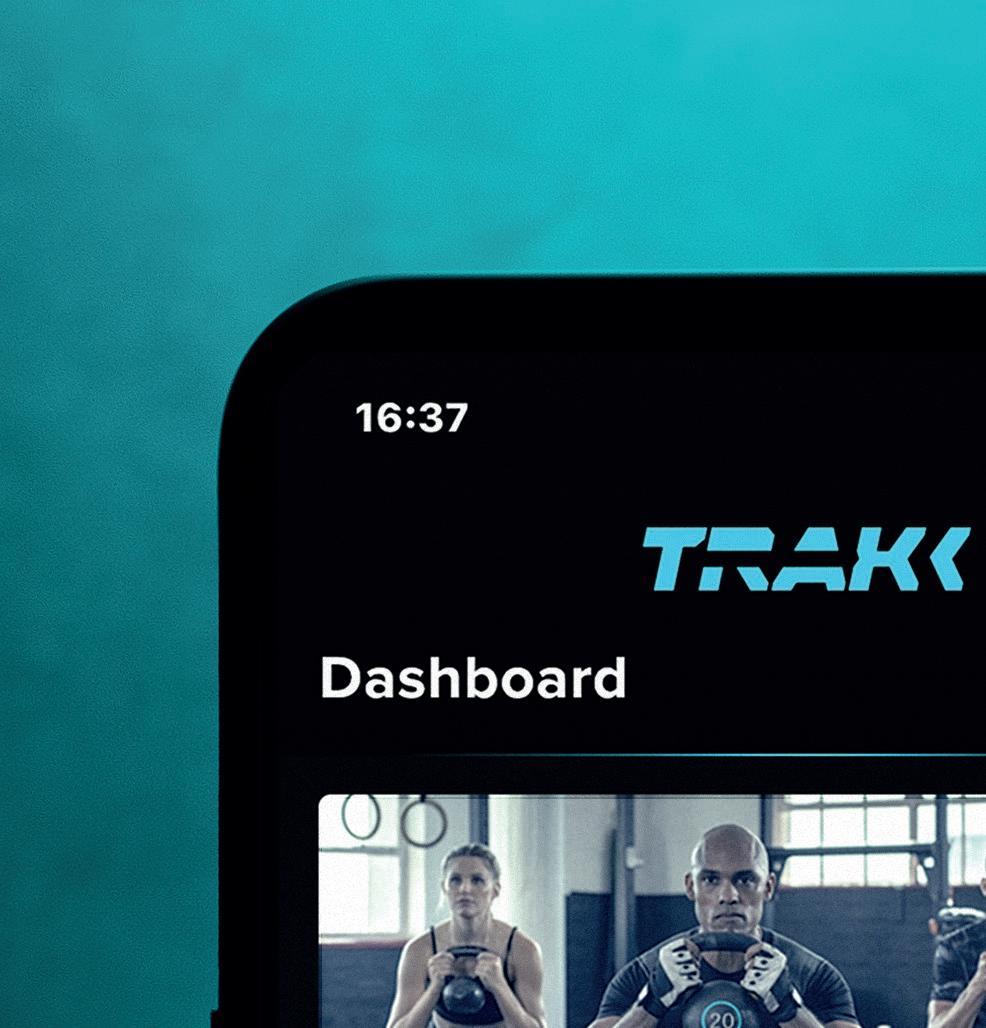
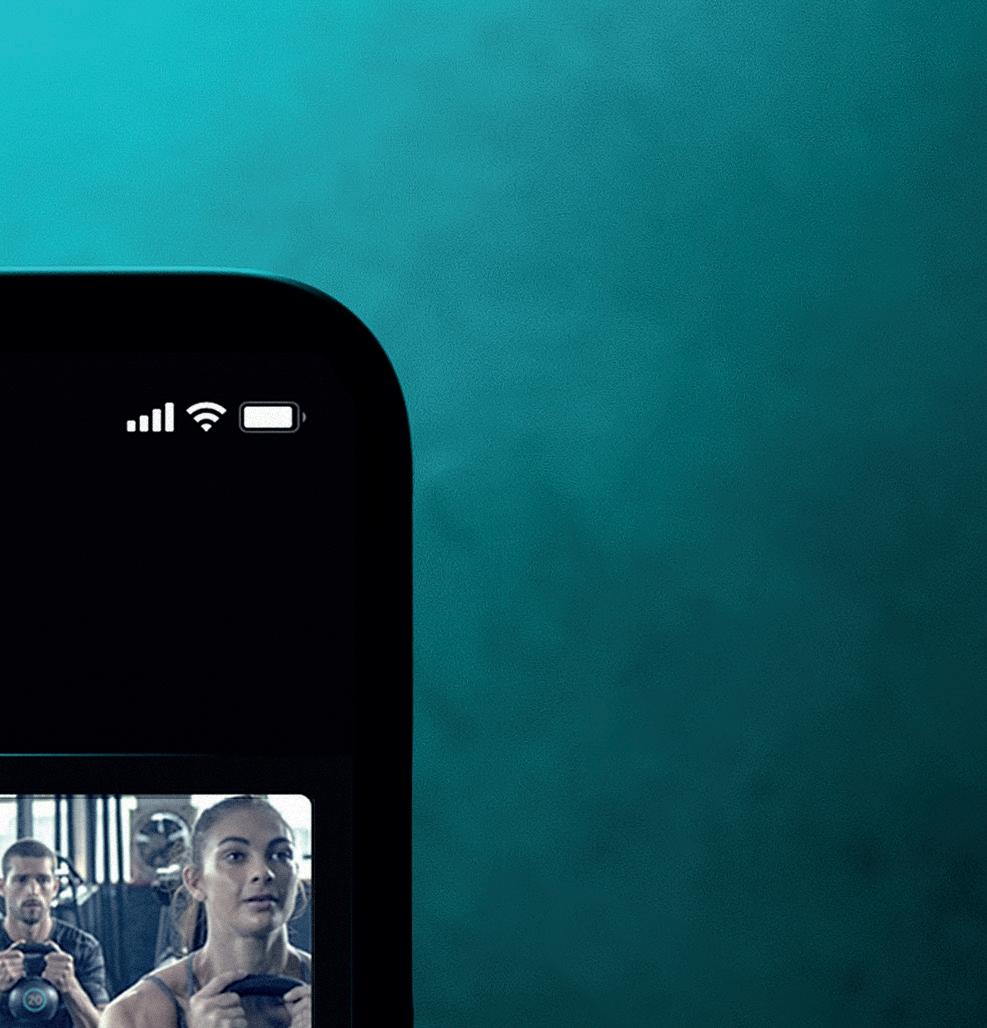


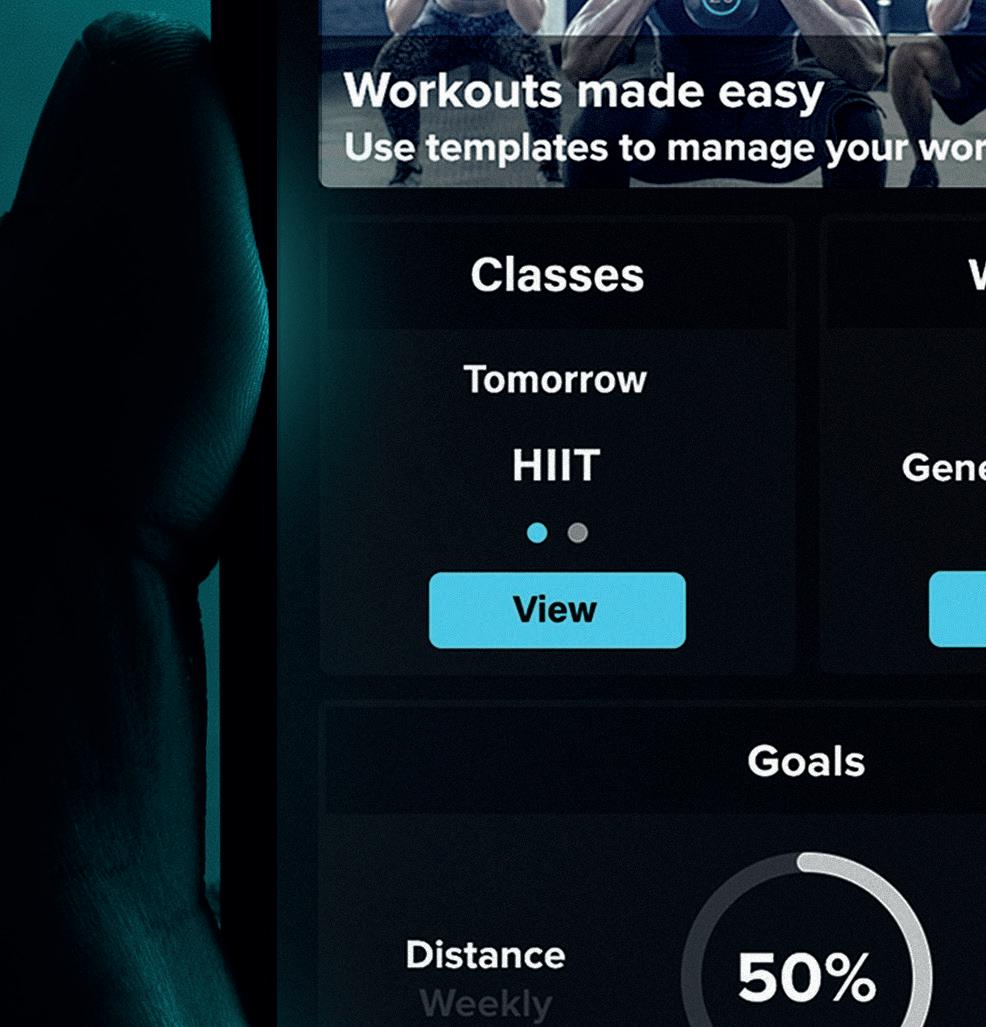



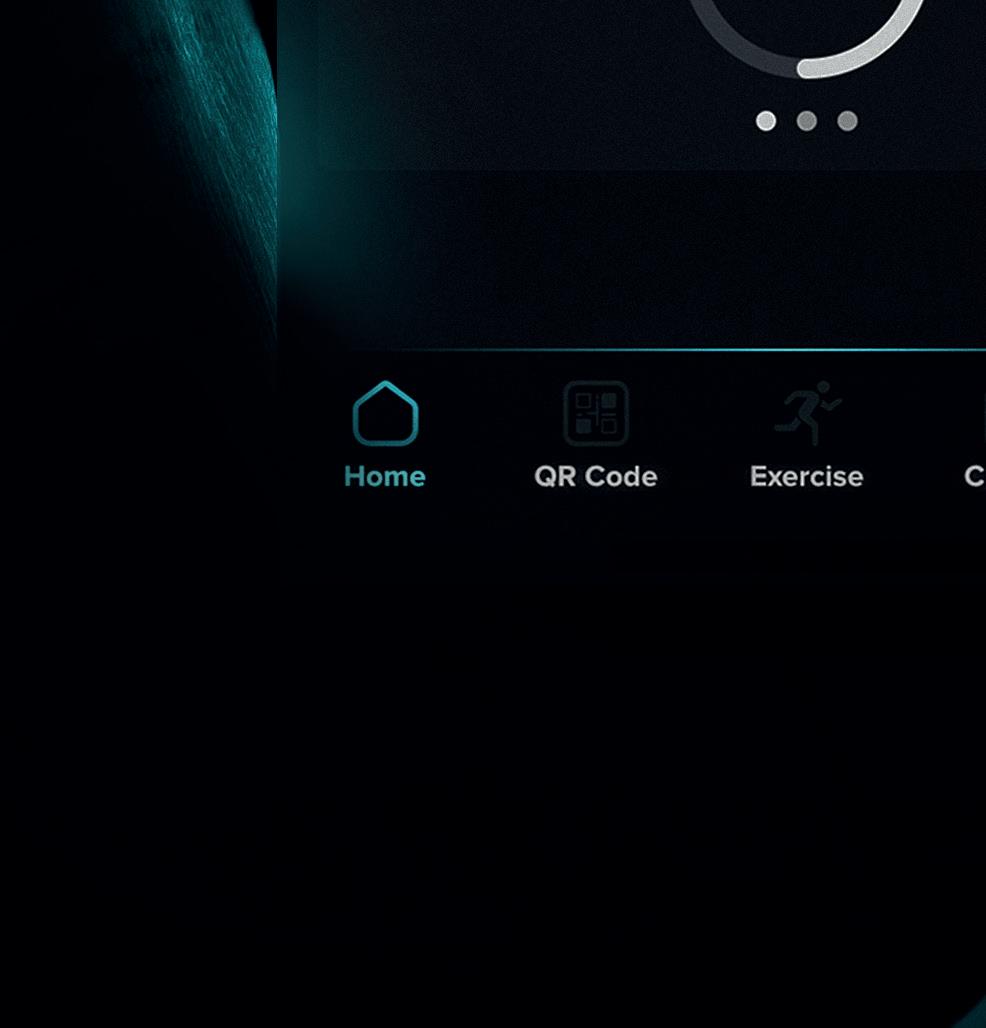
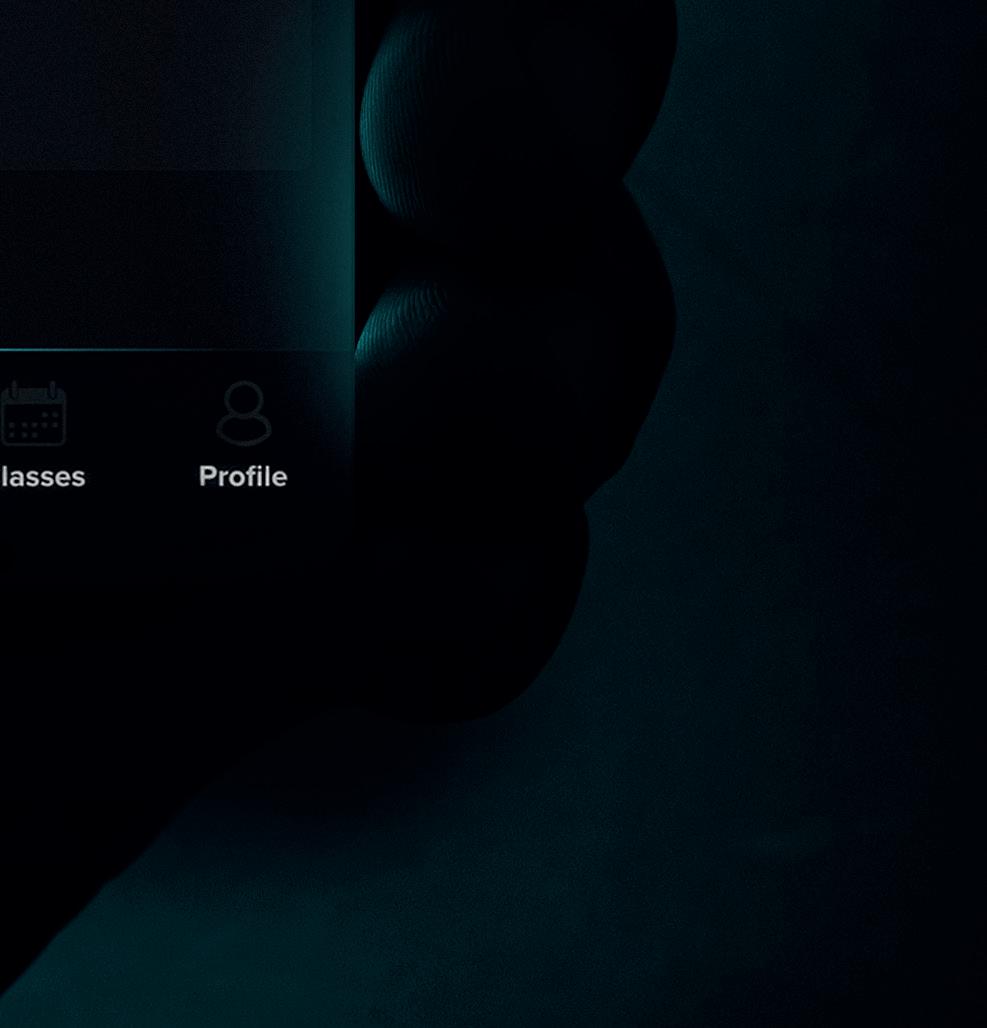



































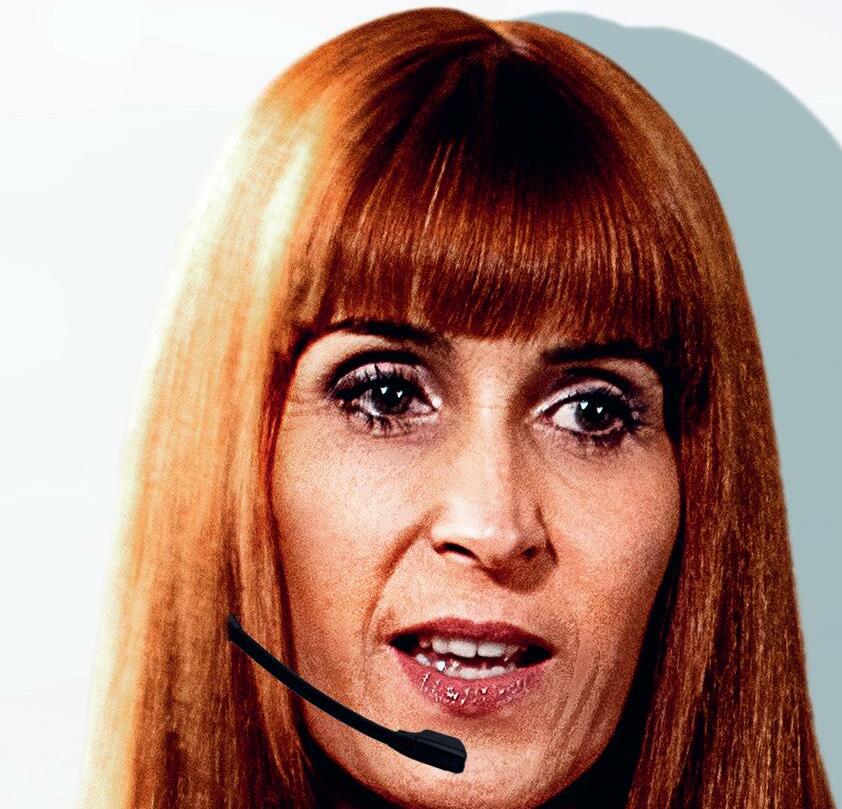





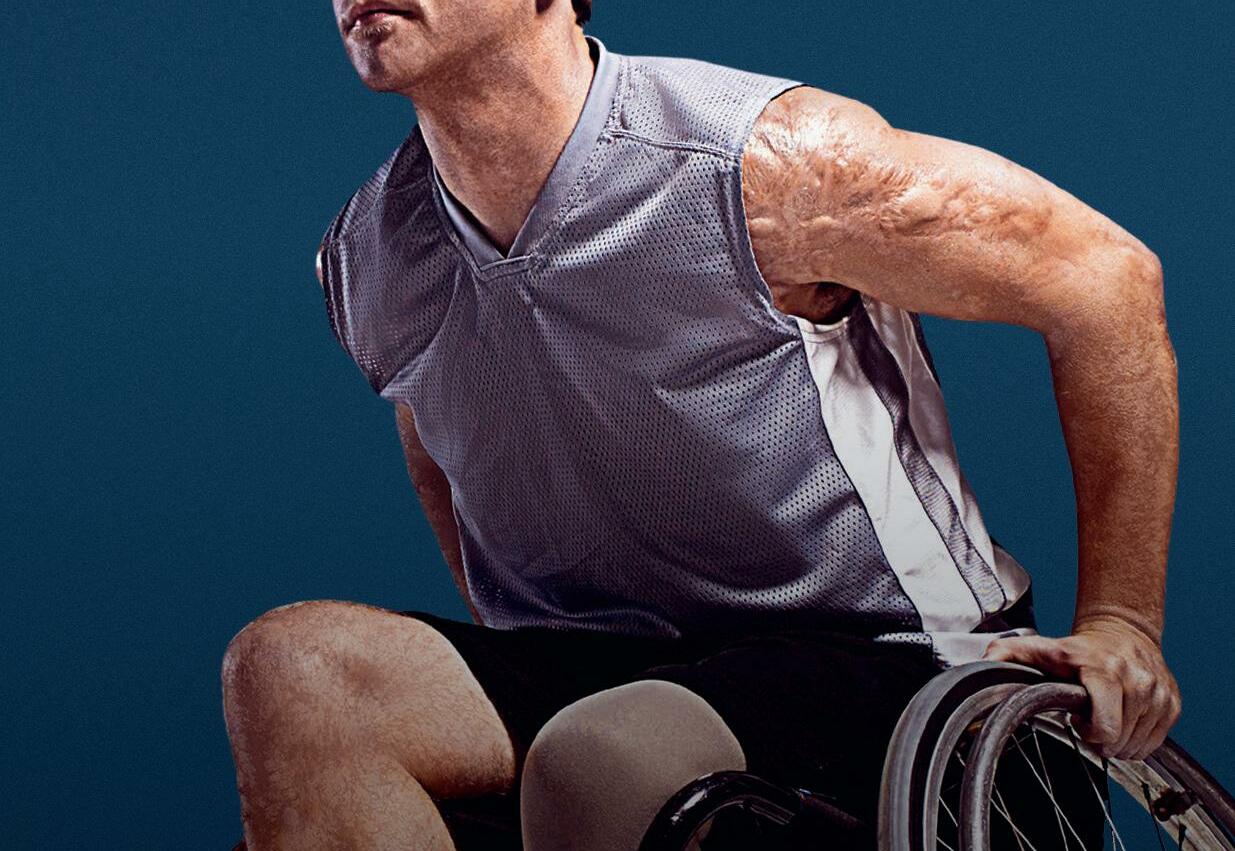


For a strong and



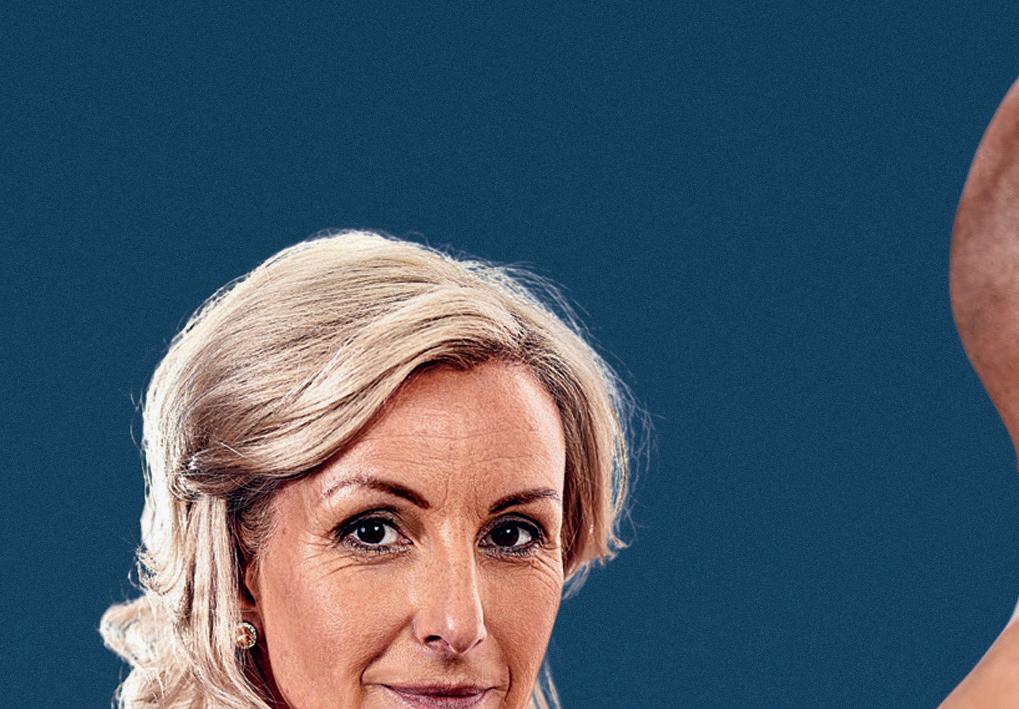
























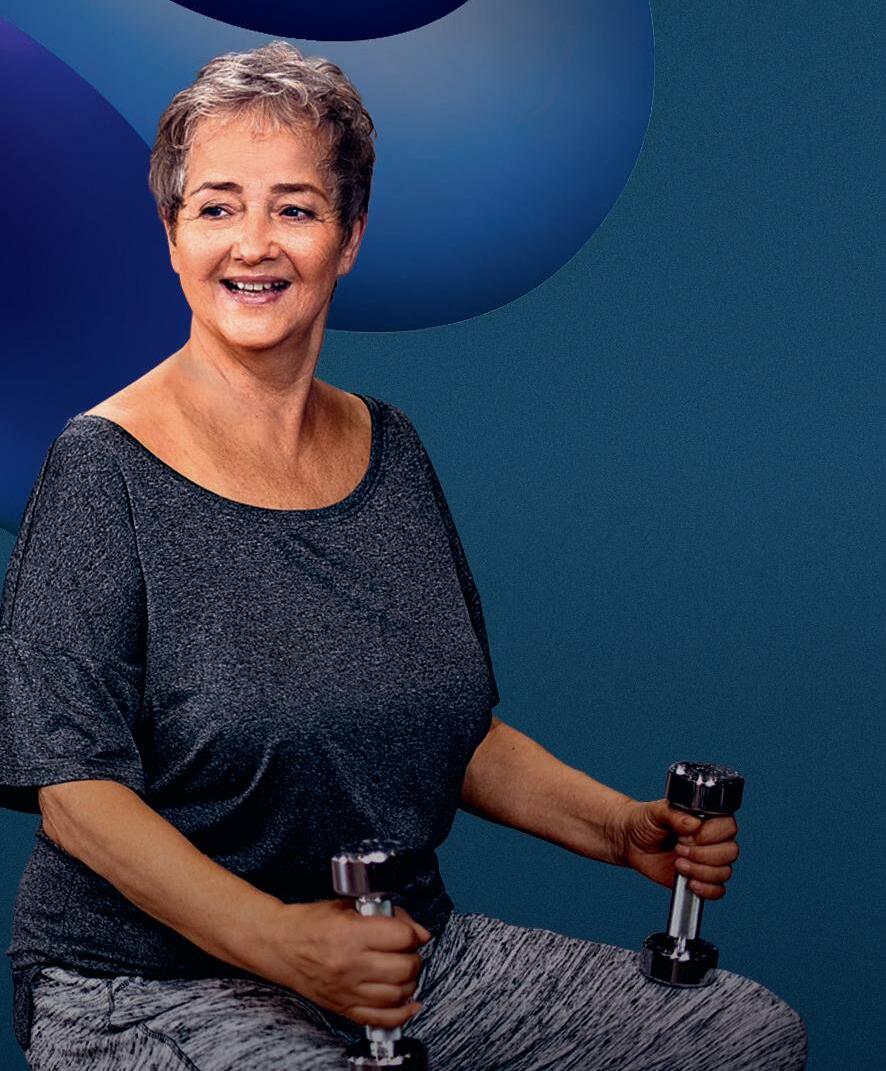





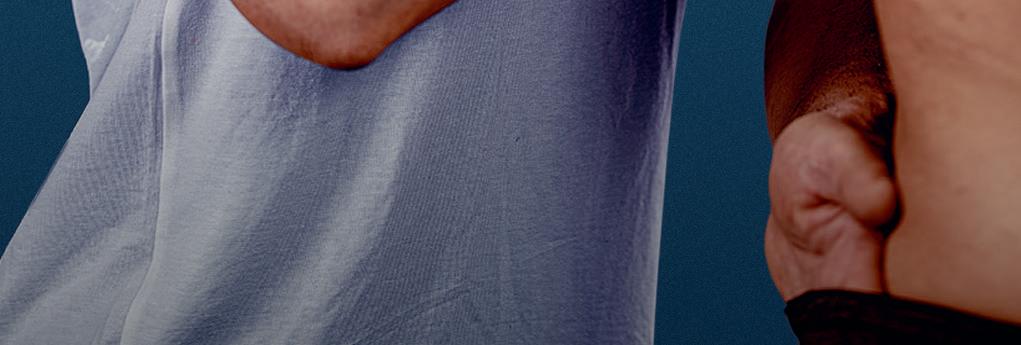

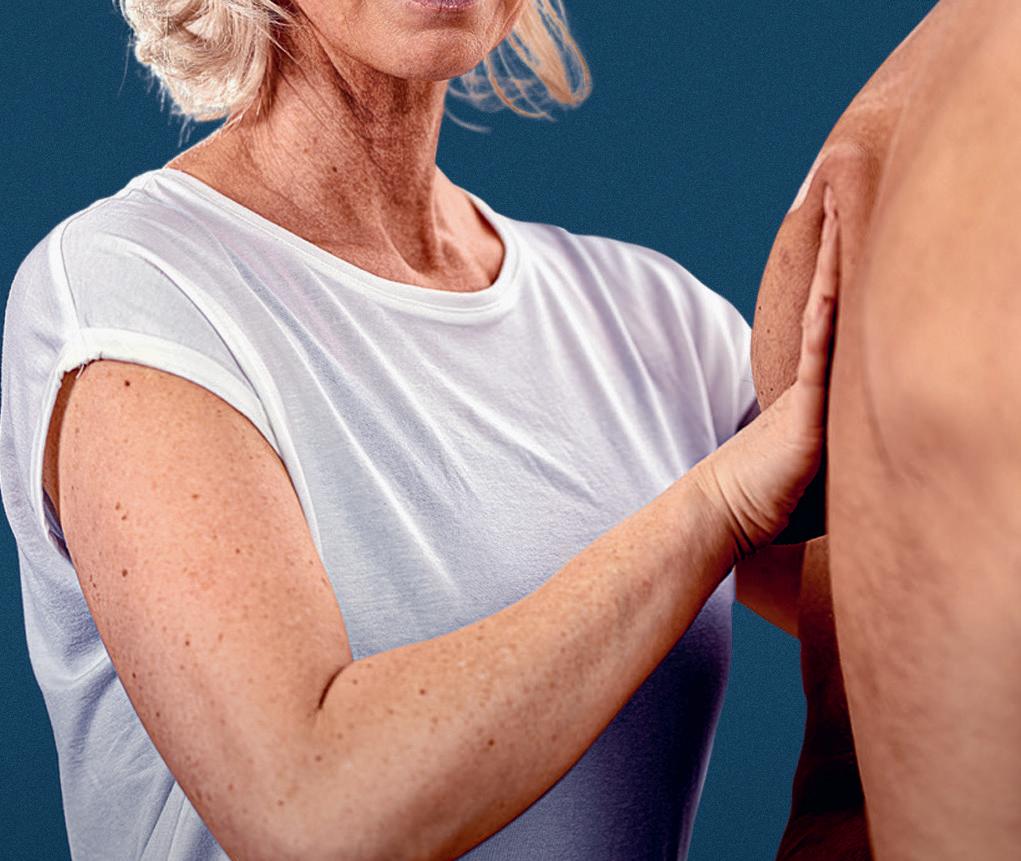




Accessercise is one of the first fitness apps specifically designed for the disabled community. It has a unique exercise library that can be tailored to a person’s specific needs. Users can build workouts, schedule these to their calendar and filter, based on a range of options including difficulty, location and available equipment.
There’s a social hub where we interact with our community, both individually and within groups, as well as an ‘explore’ section that has the UK’s fitness facilities mapped out. Those that are rated high enough by our users through our rating system are marked as verified gyms, allowing users to easily identify which facilities are accessible to the disabled community. We’ll soon be adding nutrition information, blogs, podcasts and much more for our users.
My co-founder, former international sailor Sam Brearey, and I were discussing the pandemic and the impact on the disabled community, as well as the athletes heading off to Japan for the Olympic Games. Within those discussions we identified there was nothing even close to Accessercise in the market, and it was something that could benefit so many people across the world. As with my sporting career, I don’t do things by halves, so we decided to go all in.
Sam and I have been good friends for years, and both dive in head first, so that’s what we did with Accessercise. We started with the firm foundation that everything was
Ali Jawad Paralympic powerlifter and founder, Accessercise
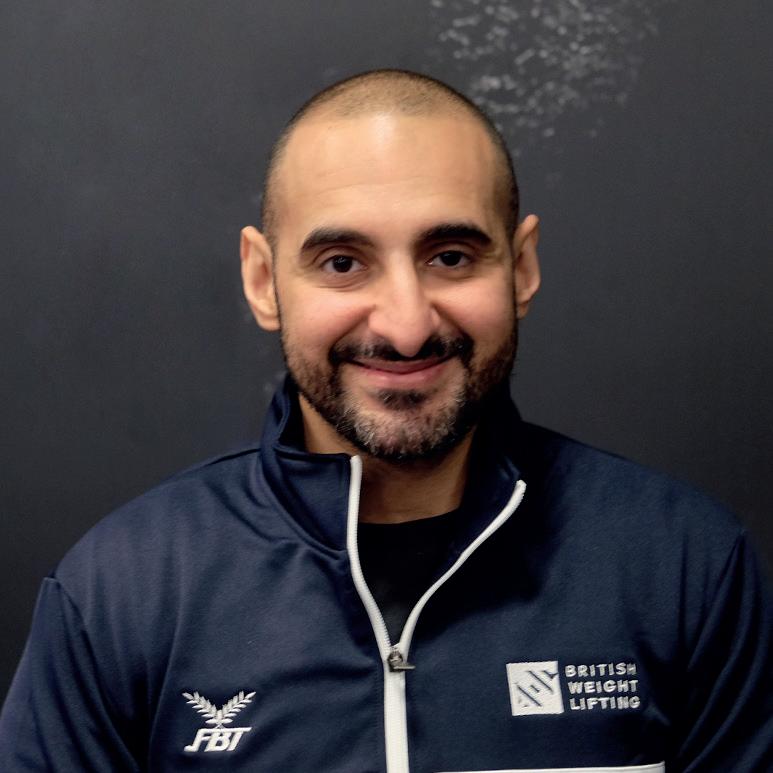
to be specifically for people with impairments, so everything we did we came back to that and asked ‘could this be more accessible?’.
We then put together an amazing focus group of incredibly driven individuals who shared our vision to change the world. They have been incredible with many suggestions, reviewing different versions of the app and shaping Accessercise to make it what it is now.
There have been ups and downs as with everything new, and we’re sure there will be many highs and lows as we move forward in this journey, but what matters most to us is that we help as many people as we can, and change the world for the better.
A friend took me to a local gym, which reminded me of something out of
Users
easily identify which facilities in the UK are accessible to the disabled community
Jawad’s powerlifting career inspired him to increase access to exercise for people with disabilities
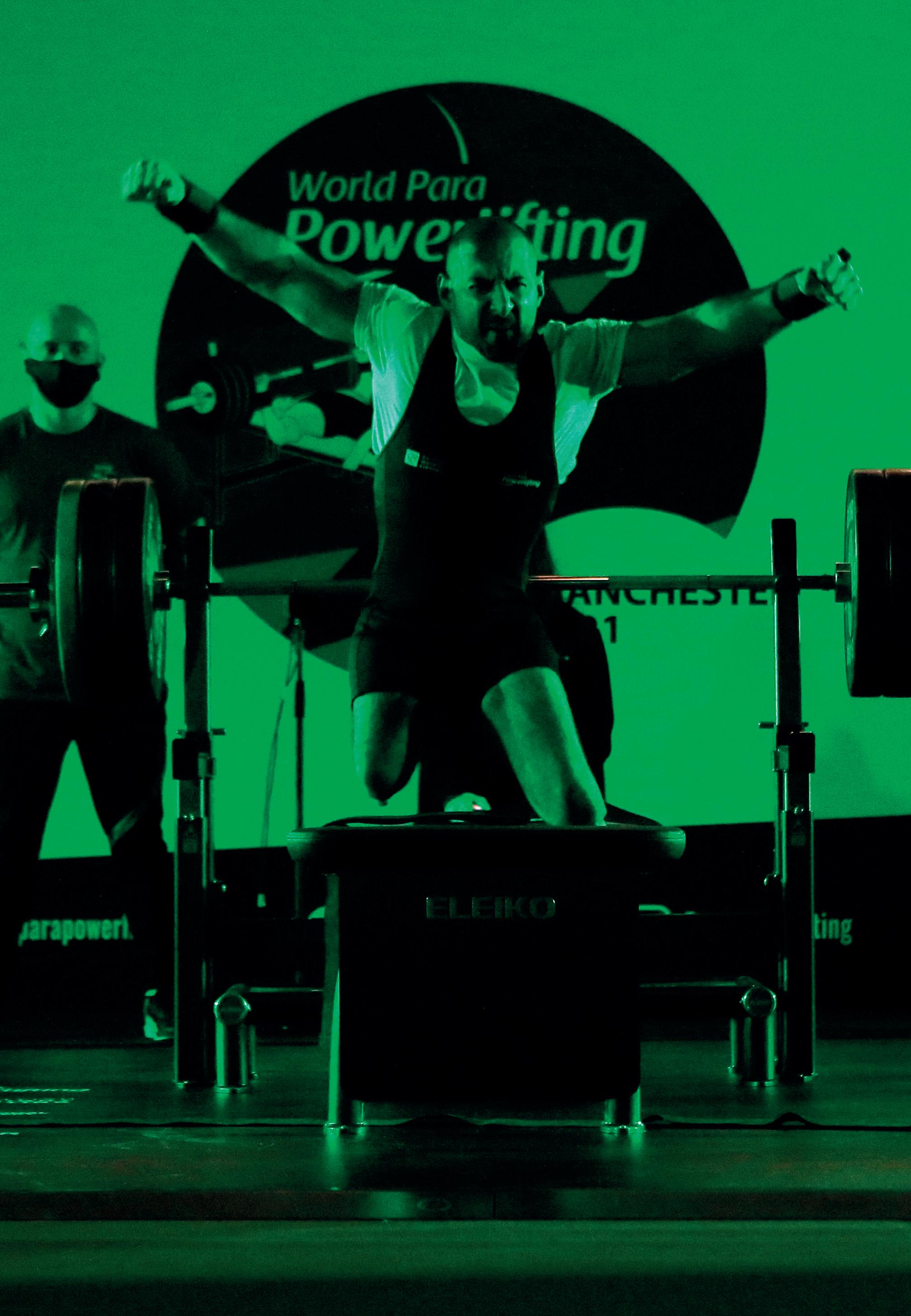
a Rocky film. There I started lifting some weights and I got spotted by someone from British Weightlifting who encouraged me to try out and join the team. The rest is history! Having someone believe in me and the ability to access a fitness facility, changed my life. I really hope Accessercise changes the lives of millions.
I think it’s a mixture of physical changes and educational developments. Just because a person with an impairment can get into a building doesn’t make it accessible. The equipment needs to be usable for a range of impairments and the staff need to have the knowledge and training to help and support without patronising or making assumptions. The trainers need the knowledge – which is now contained within Accessercise – to support people while exercising and working out. Small changes and investments can make customers for life.
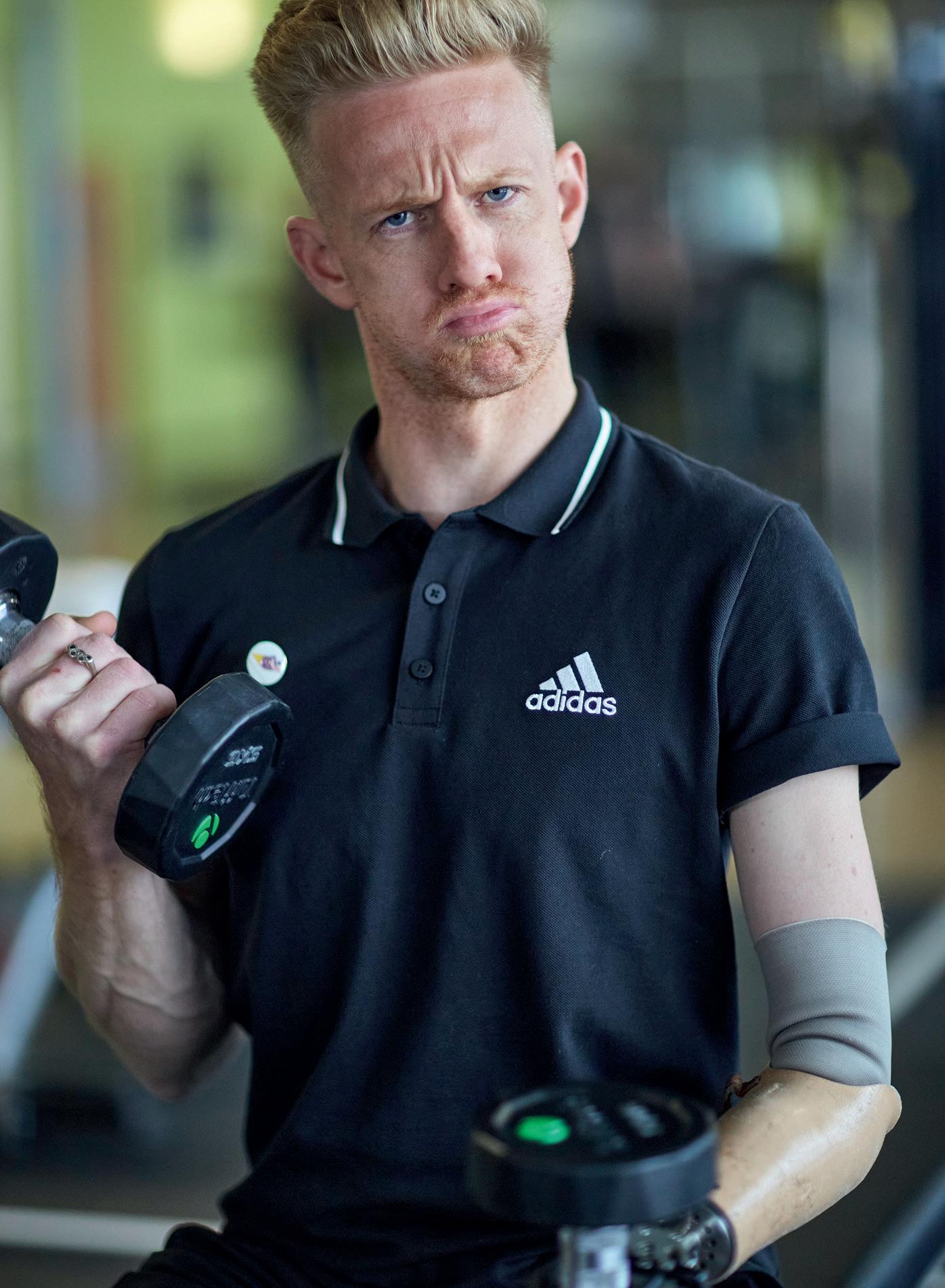
If clubs want to discuss access for members and/or facility changes
With Accessercise, users can find workouts tailored to their needs
then they should get in touch; let’s work together to help everyone.
We’ll continually look to develop the app and will be adding more impairments and features and expanding across other countries to ensure we can bring support to as many people as possible.
We’ll soon be adding achievements, blogs, podcasts, nutrition information, a shop and several new impairments.
Our primary aim and hope is that Accessercise will help break down the barriers to exercise for the disabled community, whether that’s people wanting to work out at home, or those who need some more advice on exercises suitable for them.
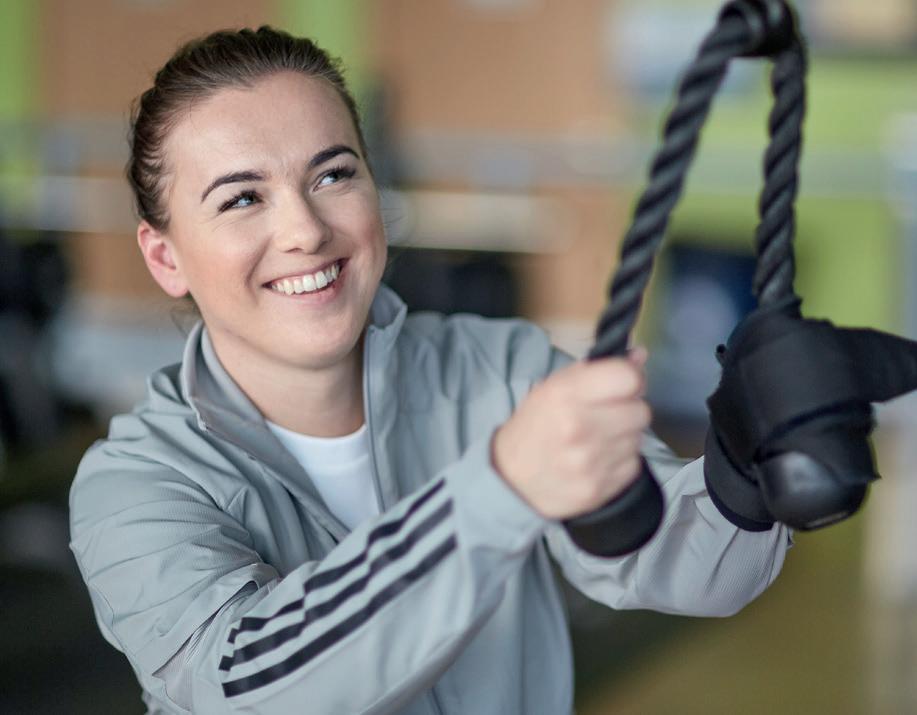
We also want to be a driving force in the education sector through research projects and expanding knowledge of healthy living for people with impairments, as well as helping to highlight accessibility issues within the industry and at government level.
We want to support the drive for real change in what accessibility means and looks like for the disabled community.
We want to work with health clubs and support them in delivering change. Let’s work together to make facilities more accessible, so everyone can benefit from verified status on Accessercise, which will help drive customers.
The more we can spread the word, the more people we can help. ●
Just because a person with a disability can get into a building, that doesn’t make it accessible
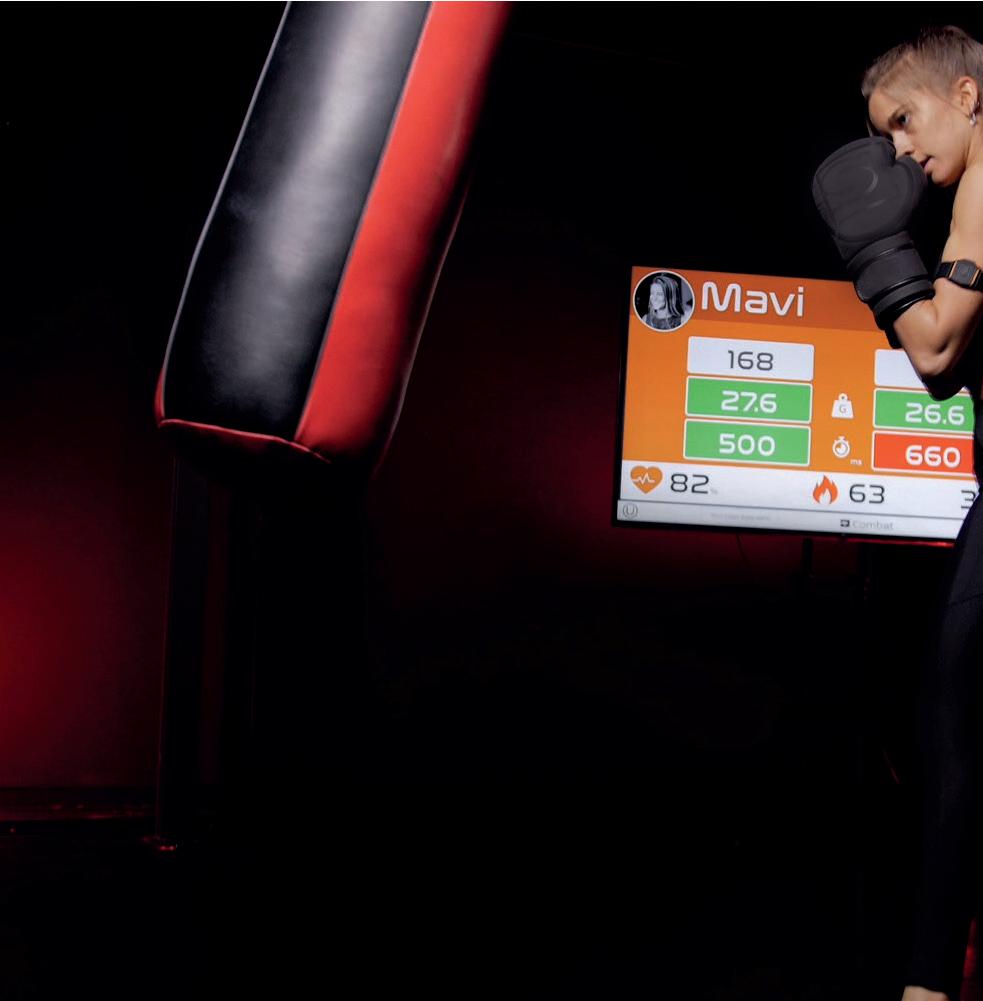
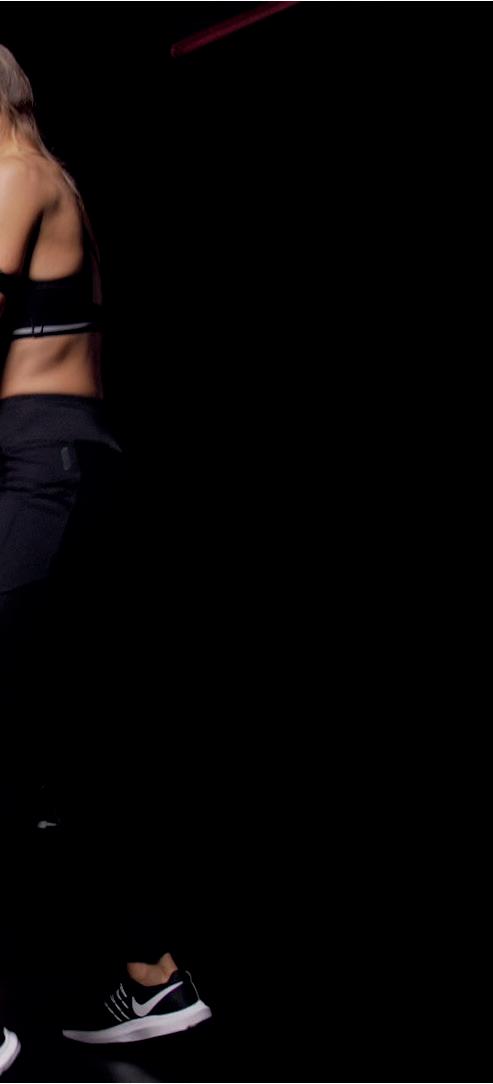
A deep-tech design agency specialising in implantable microelectronics.
With offices in Sweden and Spain, the company and the founders have significant experience in the human implant industry, with particular expertise in technology, business, service design and medical aspects of subdermal implants.
Our mission is to enable safe, cheap and easy integration of smart technology and the human body.
The founders of DSruptive connected over a joint interest in chip implants in 2015 and have been pursuing projects in the space ever since. Inspired by the simplicity and versatility of the tech, but increasingly frustrated by the lack of health applications, they decided to incorporate a startup in early 2019.
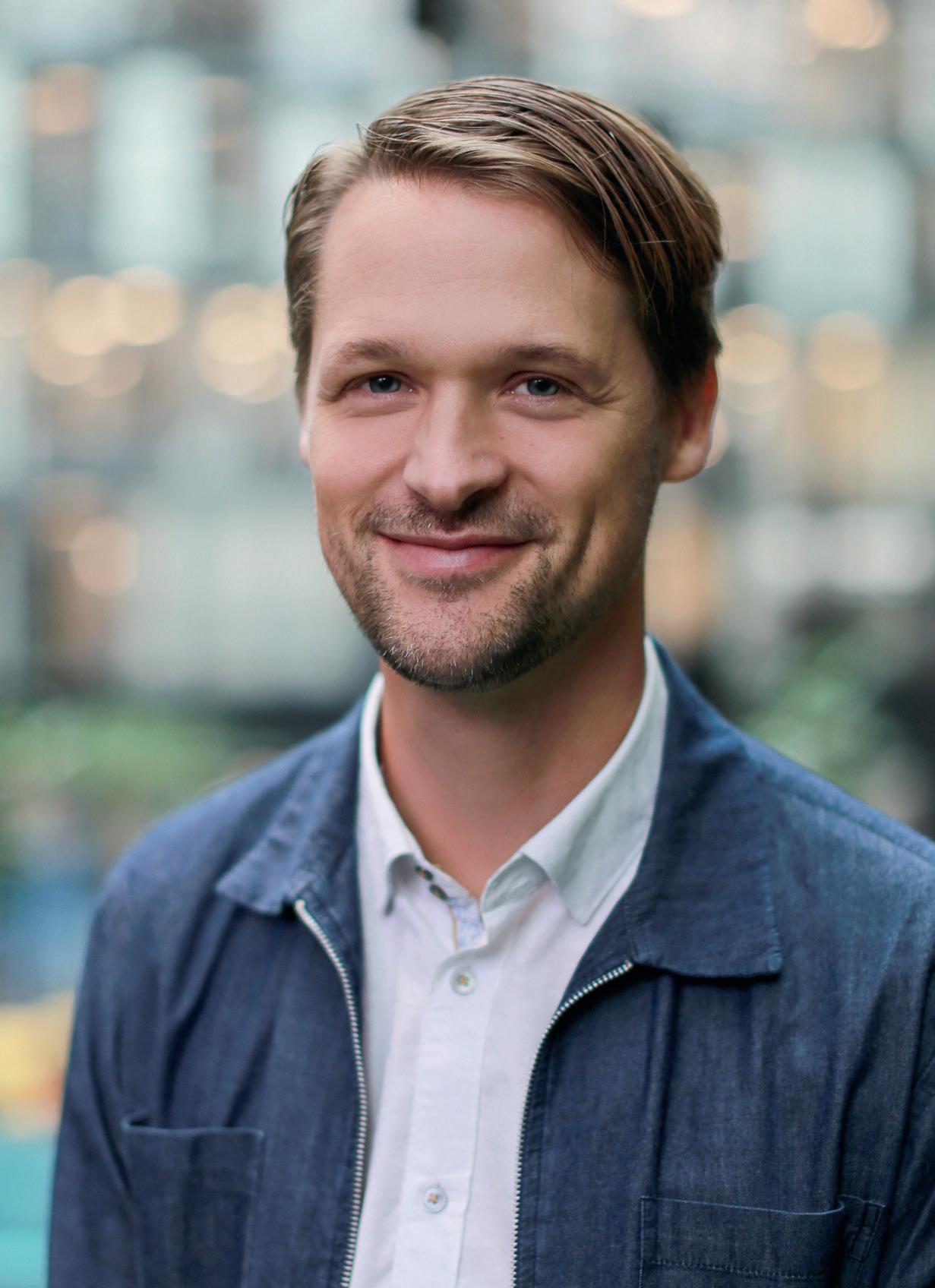
Since then the company has achieved several key milestones, including the launch of two new products, a seed capital raise of €400,000 and the organisation of the first-ever clinical study of temperature-logging chip implants.
DSruptive’s implants are tiny, sensorequipped glass capsules that are injected under the skin of the user. The procedure is quick and fairly painless.
The implants are passive devices, in that they don’t have batteries.
We want to give our users an implantable tool that allows them to collect their health data at any time and in any setting
Hannes Sjöblad MD, DSruptiveHannes Sjöblad joined DSruptive in 2019
Instead, they’re activated via the NFC antenna of a smartphone. This means they can’t emit or receive information unless they’re activated with a specific phone that’s paired with the implant. This gives them a very long lifetime – DSruptive’s implants are made to last for decades. They’re easy to remove, should a user wish to do so, since they sit just under the skin.


There are many potential uses of implants for health and fitness. In general, they measure body temperature, pulse or blood oxygenation in the same way as wearables, for example.
The key differences are that since an implant doesn’t have a battery it requires an action from the user to swipe it and do a reading. On the other hand, implants can’t be lost, stolen or broken, they don’t need to be charged, and they’re always there
The tiny implants are placed just underneath the skin and can be easily removed
when you need them, no matter what the context – be it ultramarathon running, cross country skiing or hiking far away from civilisation.
The only product DSruptive currently has on the market is the temperature sensor implant. Additional devices are currently being developed and we expect to release more sophisticated solutions going forward.
In the UK, we’re collaborating with Impli Ltd, which is focused on female fertility applications.
Yes, we’re R&D driven and the majority of our team works with tech and products. At the same time, we’re a
believes implants have the potential to help prevent disease
Implants will become personalised healthcare devices and improve circumstances for humankind in many ways
Are you undertaking research on further health and fitness applications?
small company with limited resources, and can only pursue a few of the many opportunities we see. So we’re constantly looking for opportunities to collaborate with researchers who are interested in implants.
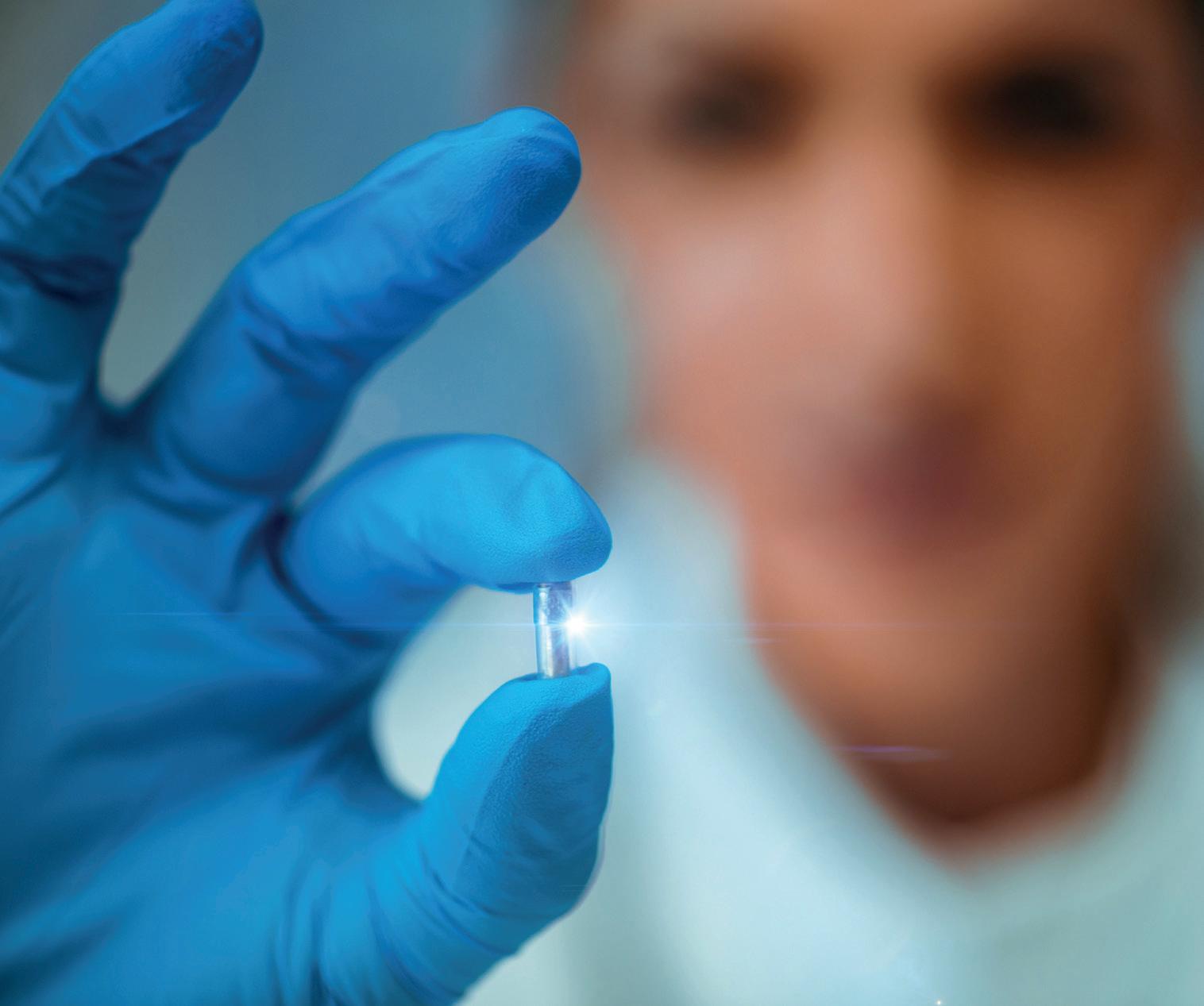
Earlier this year, we organised a clinical study in cooperation with researchers at Karolinska Institutet in Stockholm. This demonstrated the viability of measuring body temperature with subdermal chip implants and found that implantation of the devices is safe and induces little discomfort for the users.
Areas in which implants can provide value to users include fertility tracking, remote monitoring, and early diagnosis and prevention of disease and illness. In addition, it’s easy to imagine that implants can be used at a population scale by health care administrators to detect, monitor and contain pandemic outbreaks that may occur.
In the longer term, we think of implants as a new organ for humans – an inner digital eye. We expect that they will become personalised healthcare devices and improve circumstances for humankind in many different ways.
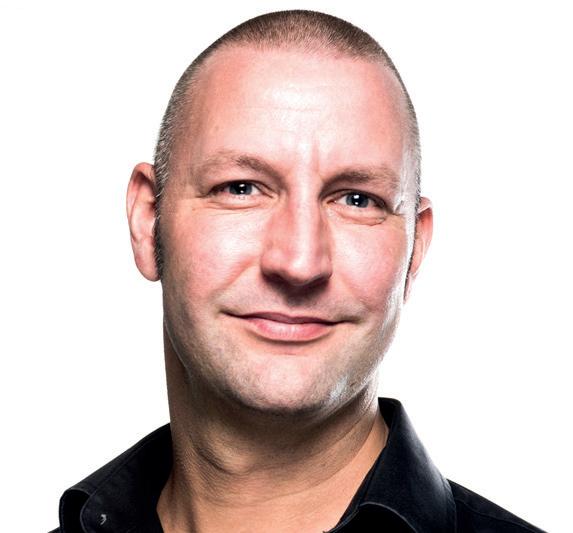
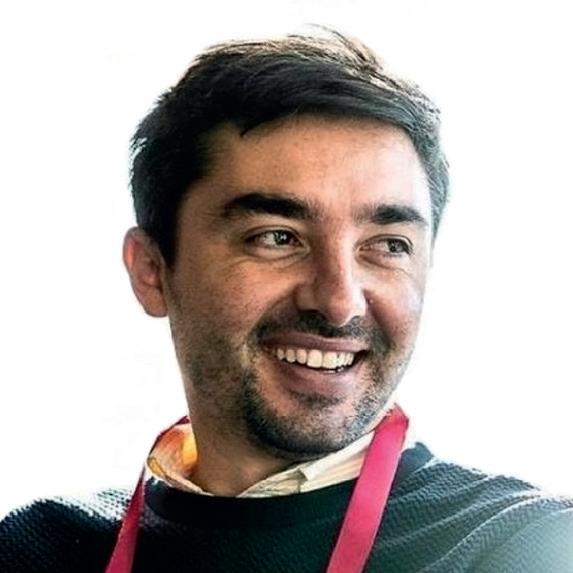
We’re aware that implants may be controversial to some people. This is why we must have high ethical standards in everything we do. We take the utmost care that our technology is always applied with the best interests of the end-users in mind – their health, wellbeing and data protection are uncompromisable.
We only take on projects and partners that adhere to our values of health, safety, respect for human rights and operational excellence.
At the heart of it, we must make sure our technology is applied in ways that humanise and empower our users, not dehumanise them in any way.
What we do must be seen in the context of the tech-driven transformation our world is undergoing.
In a world of billions of connected devices and enormous data flows, our implants are just a tiny part. We want to give our users a tool that allows them to collect their health data at any time and in any setting.
Personal data logging is transforming healthcare and is the enabler of remote monitoring and fascinating preventative health applications.● More: www.dsruptive.com
We must make sure our technology is applied in ways that humanise and empower our users, not dehumanise themDSruptive’s implants currently only measure body temperature

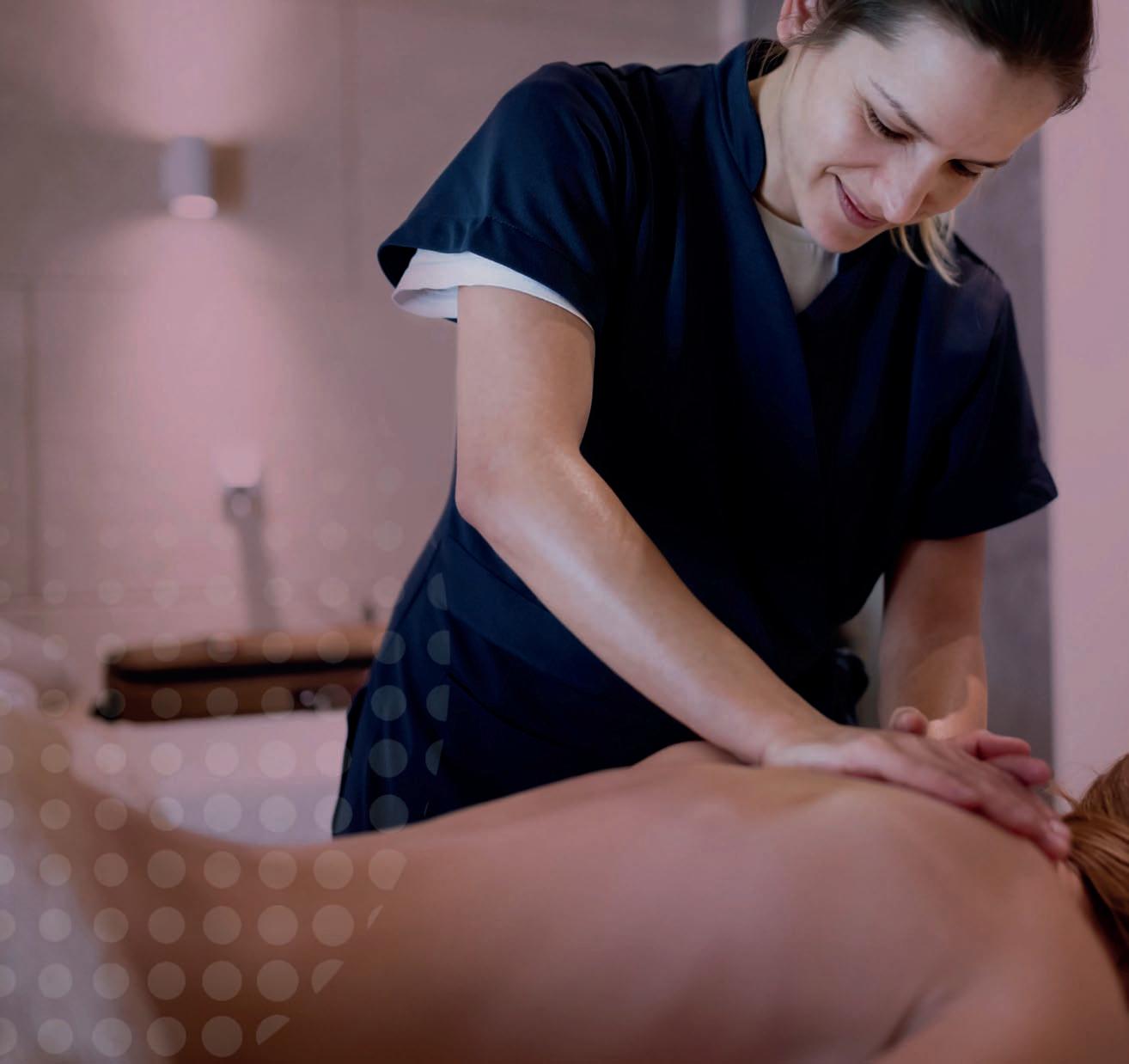


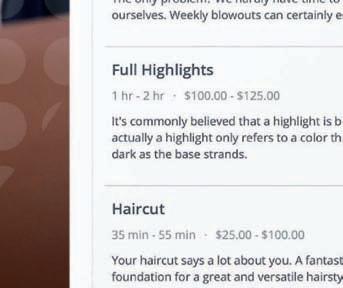



Active in Time (AiT) is a B2B software company offering leisure operators in the UK and Ireland a simple webbased platform to manage their timetables and publish them on their website and other digital platforms.
Tell us about the company’s journey
AiT was founded back in 2012 by me, David Minton from LeisureDB and Dan Morgan, an iPhone developer and keen swimmer.
Dan built a Strava-like iPhone swimming app called ’Splashpath’ and was looking for data on UK swimming pools. At LeisureDB, where I worked at the time with David, we had a database of every public and private swimming pool in the UK, and after some brainstorming the three of us decided we’d set up a new company together.
Dan swims all over London and was fed up trying to interpret the hard-to-read and often out-of-date PDF swimming timetables that were
published on many public swimming pool websites, so we built a solution together and offered pools free scheduling software to solve this problem. This had the added benefit of pushing all our clients’ swimming timetables into our own Splashpath app, and Apple then put Splashpath in the Top 10 Health & Fitness Apps, generating us a lot of new users.
In 2013, our startup went from bedroom to boardroom, signing up with Speedo to re-brand Splashpath to become the Speedo Fit app. In our
We created a solution called AiT Voice, which turns digital data into a spoken audio timetable that connects to phone systems


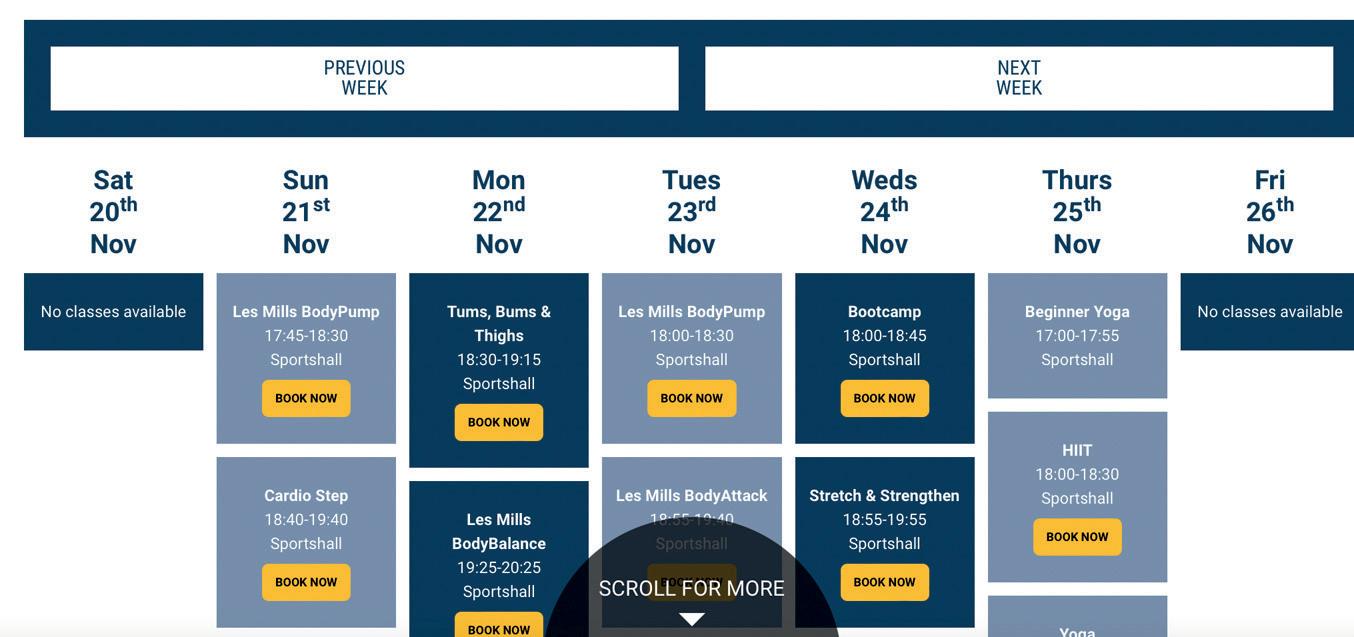

four years working with Speedo, our swimming community of users kept growing and we launched the app internationally in over 100 countries, including a native Chinese language version, which was a challenge for us to manage as a startup! We also developed an Apple Watch companion swim tracking app that our swimmers loved.
After we finished working with Speedo, we needed to do a hard pivot in the business and switched our focus away from our mobile app to our free B2B scheduling software. In 2017 we launched our AiT timetabling solution as a paid-for service and thankfully retained nearly all our clients. Since then, we’ve been growing the business organically and evolving our software by sticking to the simple principle of continuing to make it more and more useful for our clients.
One of the things that makes our software special is its simplicity. Our clients find our software easy to use and so do their customers. Very little training is needed to help them get up and running. Not all of our public sector clients have extensive web
development resources to manage their websites, which is why we also offer them a super simple way to publish timetables onto their website for everything from group exercise to swimming and pool activities, as well as wider community activity programmes.
Our clients are also loving our recently released 1-click-to-book integration with existing online booking systems, because it can improve their customer online booking journey considerably.
Our scheduling tool allows our clients to display richer, more granular information on activities in their centres to their customers than they could with their online booking system alone. Clients can add session descriptions, session categories, instructors, levels, keys and – more recently – booking links onto their timetables. Their customers can filter by all these elements too.
Everything is done in real-time, so when a client makes a change to their timetable in AiT it’s instantly updated on their website timetables, which means customers are always
kept up to date with the latest changes in activity programming.
Swimming programming in UK public pools is unique in terms of complexity – in part because the pool timetable often changes completely from term time to the school holidays – and it’s a challenge for leisure operators to display this to customers in a user-friendly way.
AiT software solves this problem while allowing customers to view bookable and non-bookable activities within a single view – there’s no more jumping off to different web pages to book or to view holiday timetables.
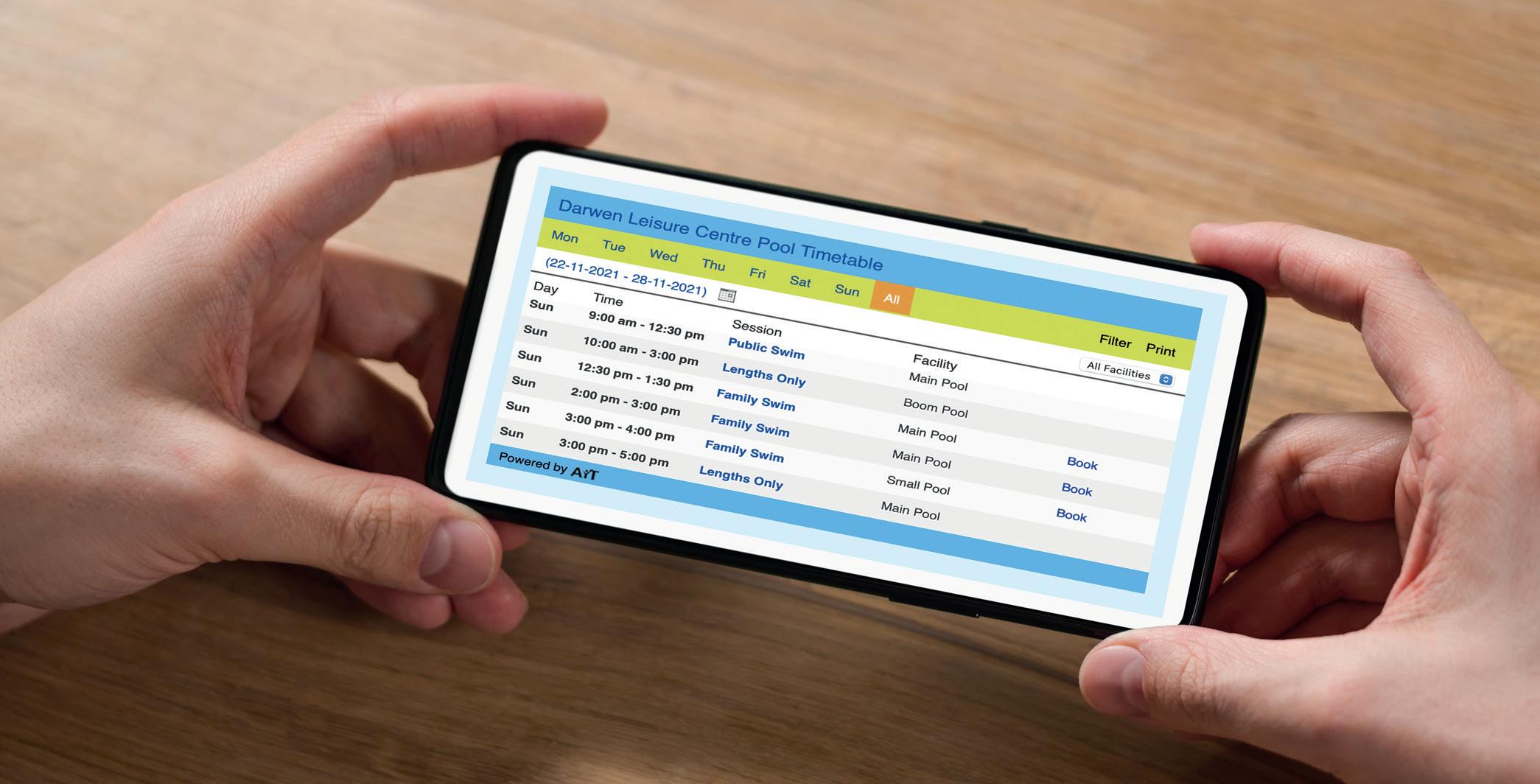
APIs allow our clients to take the raw timetable data they input into our system and re-present it directly on their own website in a completely bespoke and integrated design, which fits in with their overall website branding and styling.
Some of our clients take our APIs and put them on digital screens displaying live timetables within their leisure centres and often even create large format, branded printed posters. They can also push our APIs into their own mobile apps.
Customers can book sessions online with ease
AiT currently has around 350 clients, with 1.5m hits each year from consumers
We created a solution called AiT Voice, which turns this digital data into a spoken audio timetable that connects into a leisure centre’s phone systems. We even have a client working on an Alexa integration to let customers query swimming times by voice in their own homes.
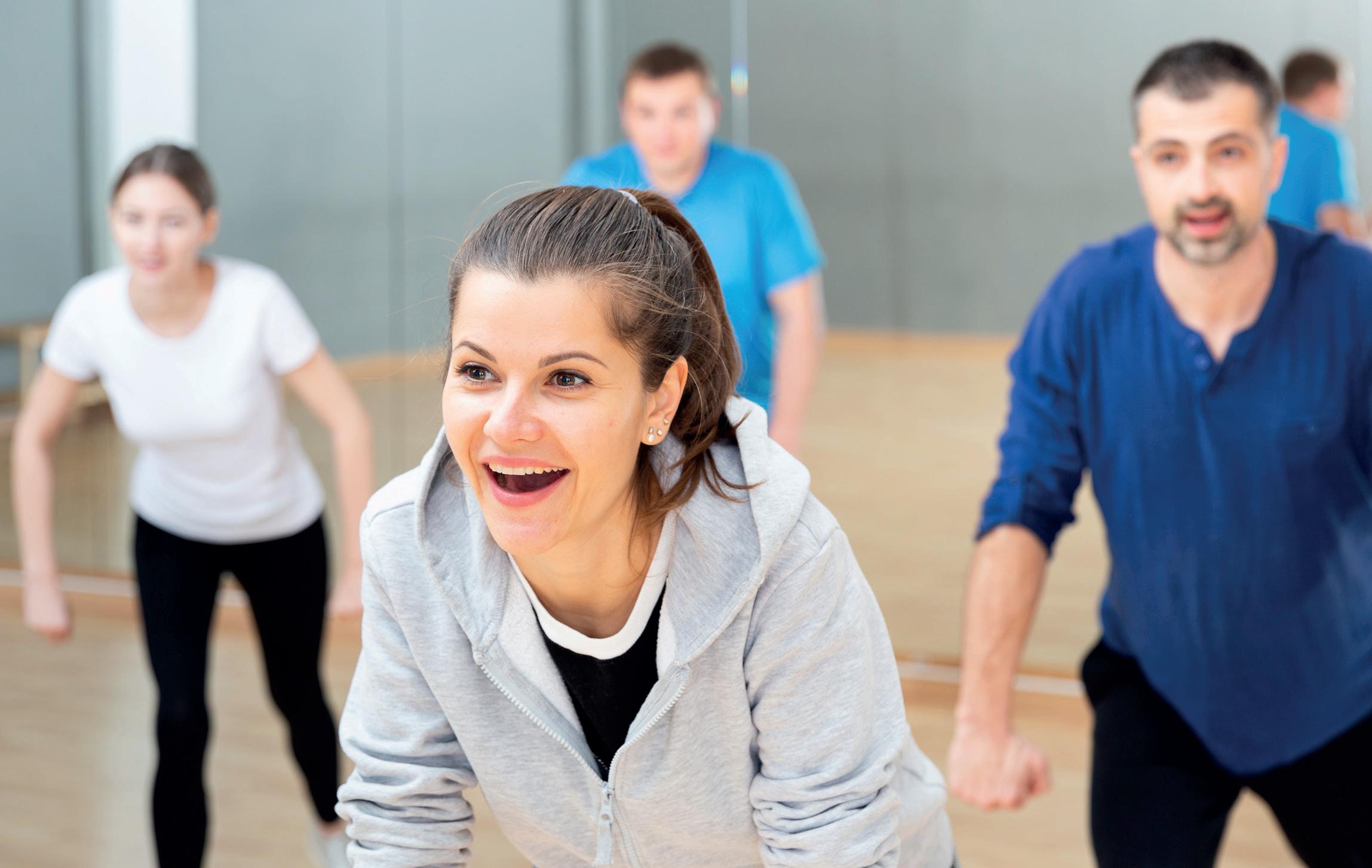
Gym goers want and expect up-todate and accurate information on activities happening in the health club or pool and we facilitate this for our clients. Also, with COVID-19 related restrictions we’ve all become more and more used to booking things online, so our expectation of a quick and seamless booking experience has evolved too. If we can save a minute for every customer’s online activity
booking then that has to be a win-win for our clients and for gym goers.
We have about 350 clients and from within those organisations, around 1,500 administrators posting timetable information onto our system. This activity drives around 1.5m hits each year on our timetable from consumers using facilities, with a big focus on gyms, group exercise and swimming usage.
We took the tough decision to close our own mobile app during lockdown, but doing this allowed us the flexibility to offer payment holidays to our clients while their leisure centres were
closed. We did lose some customers during 2020 but through evolving our software to add the 1-click booking links we’ve been able to recover quickly and attract new customers.
We’ve grown our business through being agile and responsive to our customers’ needs, so we’re always really keen to get feedback on what we can do better or new feature requests. Adding support for our Welsh clients to display a Welsh language version of our timetable is next on our development list. Also, we have an open API policy, so if a client is happy to push their AiT timetable data to a third party we’re happy to help make this happen. We’re also always on the lookout for new partners. ●
APIs allow our clients to take the raw timetable data they input into our system and re-present it directly on their own website in a completely bespoke and integrated design
Xponential Fitness has entered a five-year licensing agreement with Princess Cruises that gives passengers access to its boutique fitness classes and workout channel, XPlus. The tie-up is managed by OneSpaWorld and also includes Xponential’s first corporate wellbeing offering, which provides subscription platform XPass to 30,000 employees at a discounted rate.
“This partnership brings the best in fitness to Princess’ millions of guests,” said Anthony Geisler, CEO of Xponential Fitness. “Our wide variety of fitness offerings, ranging from stretching to cycling, will provide everyone, from Xponential members to first-timers, the opportunity to experience our brands.”
Under the new agreement, passengers can experience at least eight Xponential Fitness brands –starting with Club Pilates, Cycle Bar, Pure Barre, Row House, Stretch Lab, Stride Fitness, Yoga Six and AKT –across all 15 ships in the fleet, as well as XPlus. Princess’s first foray into fitness content will be viewable in around 23,000 staterooms through digital channel OceanView, which is also on streaming platforms such as Roku, Apple TV and Amazon Fire TV.
“Whether at your home, your local studio, your stateroom, the ship fitness centre, sports court or lido
deck, our guests can engage with some of their favourite fitness experiences,” said John Padgett, president of Princess Cruises.
“Our goal is to provide the best vacation experiences in the world at the best value and this partnership aligns an iconic brand in cruises with Xponential’s fitness portfolio.”
Guests don’t need to be members of Xponential Fitness to take part, but will be offered an XPass at discount prices so they can continue in-studio and virtual workouts following the return from their cruise.
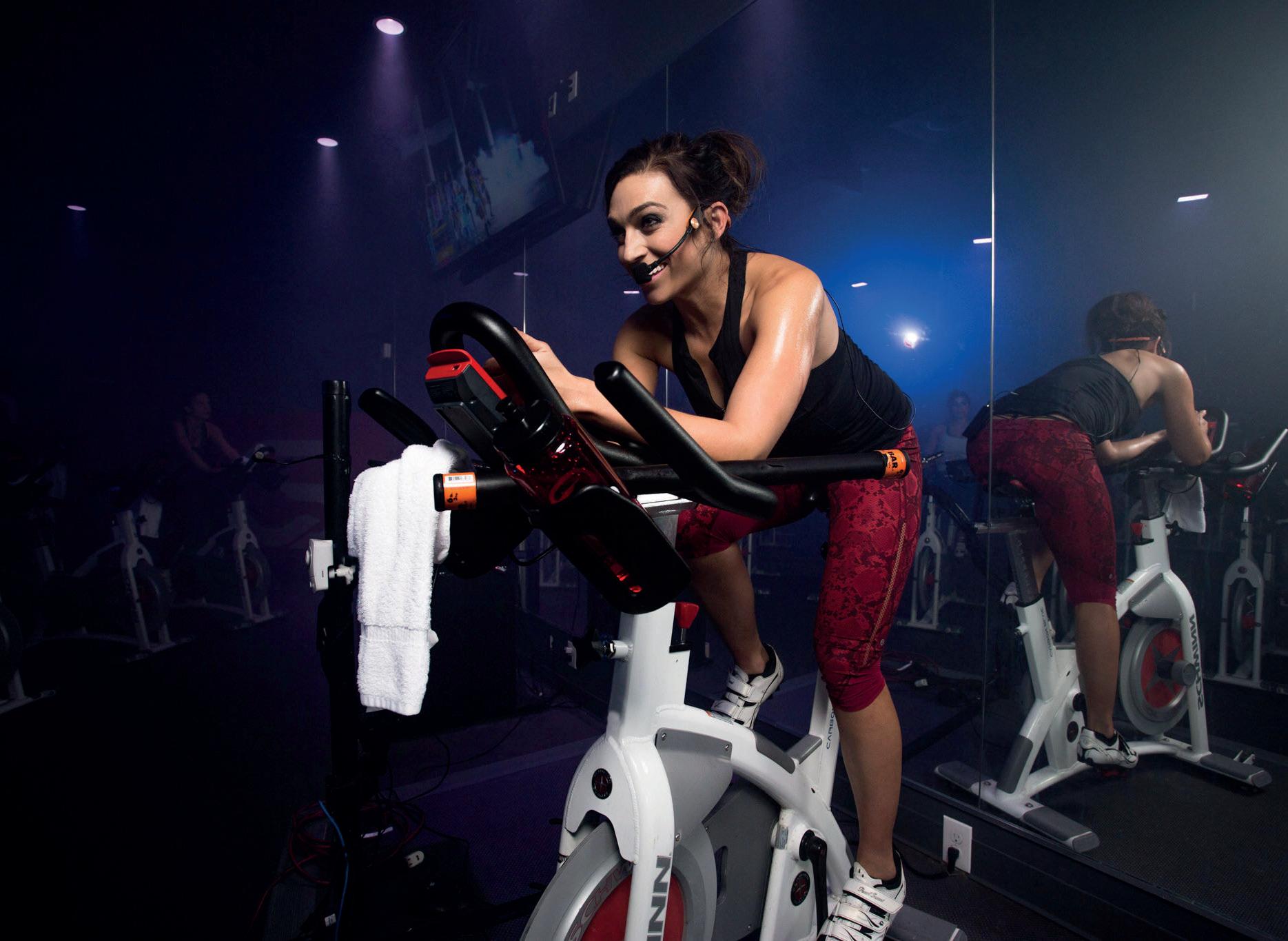
this deal with Xponential Fitness, as the cruise line’s first official fitness content provider, ramps up Princess Cruises’ digital offering.
This is delivered by the coin-sized ‘Ocean Medallion’ – a token which has a 98 per cent take-up rate by passengers, allowing them to experience a personalised cruise.
The medallion can open stateroom doors on approach or alert staff to a guest’s dietary preferences. In coordination with Ocean Now (via a smartphone app), users can also order products – from drinks to suncream –from anywhere onboard.
Considered one of the cruise industry’s leading digital innovators, n MORE: http://lei.sr/x6W9k_F
Our guests can engage with Pure Barre, Club Pilates, YogaSix, StretchLab, Stride Fitness or any of their favourite fitness experiencesPHOTO: XPONENTIAL FITNESS CYCLE BAR

More than 5,000 fitness fans turned out for Les Mills Live London, making it one of the largest group exercise events ever staged.
The “festival of fitness” saw 250 Les Mills instructors lead exercisers through 10 of the brand’s most iconic workouts – from Bodypump and Bodycombat to Bodybalance.
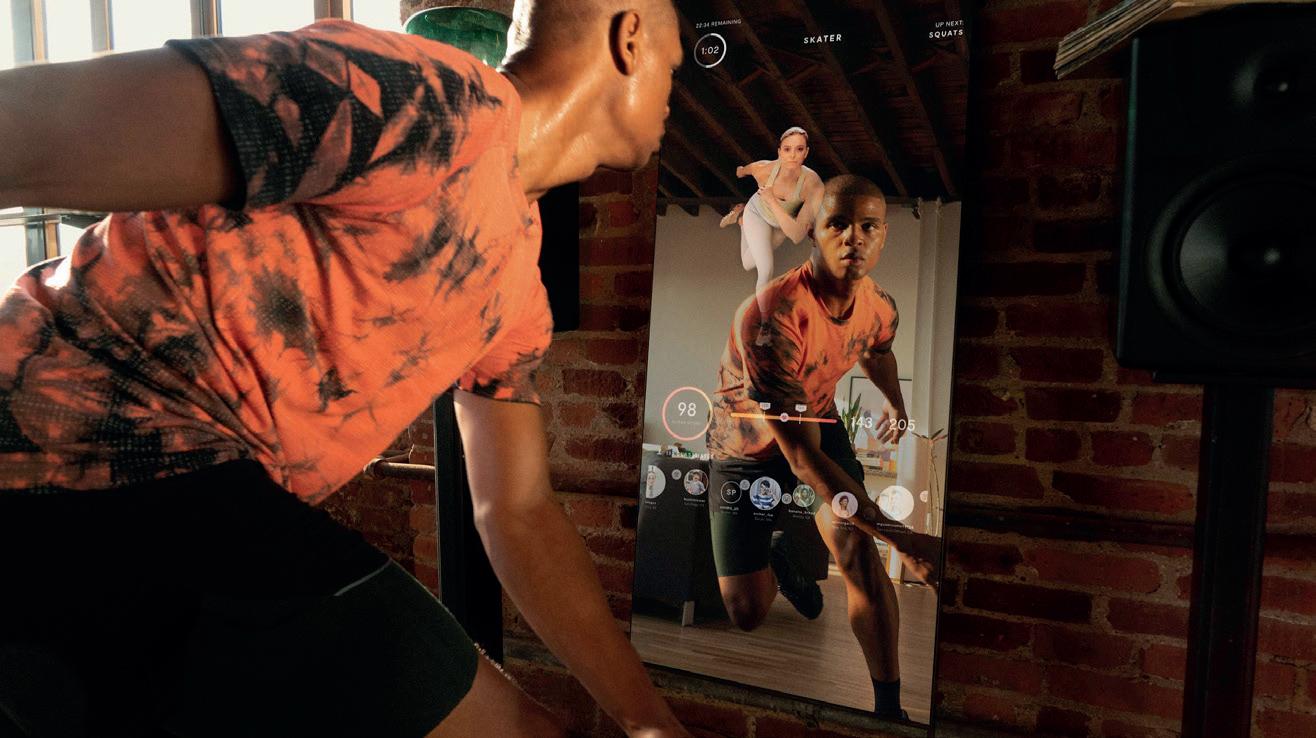
Taking place at London’s Excel Arena, the festival was also the first fitness event to be filmed fully in virtual reality (VR), meaning a
highlights package will soon be available on Meta’s Quest platform as an immersive omnifitness experience available from anywhere in the world on the Les Mills platforms.
Also during the event, exercisers were able to try the Quest headset to discover what it’s like to be in the
middle of a Bodypump workout with thousands of others or take to the stage next to presenters for the latest Bodycombat workout.
Les Mills CEO Clive Ormerod said: “It was incredible to bring people together in the way we did.”
n MORE: http://lei.sr/W4x2Q_F
Lululemon has released a new digital service, Lululemon Studio, for which the prerequisite of joining is owning a Mirror fitness screen.
Acquired by Lululemon for US$500m in 2020, Mirror, up until now, has been retailing at US$1,495, but prices have been cut by 50 per
cent to US$795 to coincide with the launch, making it more affordable for consumers to join the Studio.
Lululemon Studio’s US$49 per month subscription offers 10,000 established Mirror workouts, as well as at-home streaming from Y7 Studio, AArmy, AKT, Dogpound, Forward_Space, Pure Barre, Rumble and Yoga Six. Members also get discounts on these partner brands’ in-studio sessions and 10 per cent off Lululemon kit.
“Mirror has always been one of the most flexible platforms that can adapt to changing trends,” said Michael Aragon, CEO of Lululemon Digital Fitness. “With Lululemon Studio, we’re expanding our offering. We see Lululemon Studio as being the daily go-to destination for experiencing the most dynamic content from the industry’s top trainers and studios.”
n MORE: http://lei.sr/R8n3p_F
The Lululemon Studio, subscription offers home streaming from a range of health club operatorsLululemon Studio offers 10,000 workouts The event will be made available in the mataverse PHOTO: LULULEMON
A highlights package will soon be available on Meta Quest
Politicians in the UK are taking part in a physical activity challenge hosted by UK Active and Myzone. The friendly competition is designed to raise awareness around the importance of physical activity – for mental and physical health, as well as productivity at work – among parliamentary members and to disperse this message more widely to the general public.

A similar initiative hosted by Myzone and the Physical Activity Alliance ran in the US in May 2022, where more than 500 members of Congress (which included 100 senators and 435 representatives) in Washington DC completed their second annual challenge. As with the UK initiative, activity was measured with Myzone’s MZ-Switch heart rate monitor. The top individual point earner was Marshall Yates from the office of Representative
Mo Brooks who gained 20,710 MEPs, while the office of Senator Richard Burr had the most staff participating, with 42 employees clocking up MEPs on the leaderboard.
Dave Wright, CEO of Myzone Group, said: “The UK challenge follows the Congressional Physical Activity Challenge in the USA that had more than 500 participants. It will be wonderful if politicians and their teams in Westminster also lead by example.”
The UK event has been endorsed by many parliamentarians, including Kim Leadbeater MP, who is a qualified personal trainer, and Crossbench Peer Baroness Tanni Grey-Thompson, who has competed in five Paralympic Games, winning 11 gold medals, 4 silver and a bronze, while also having served as chair of UK Active.
n MORE: http://lei.sr/Z9J2p_F
Onvy HealthTech has launched the AI Health Coach, an AI-powered app-based platform, with its roots in preventative healthcare, that’s designed to keep users physically and mentally balanced.

“We empower people with personalised health insights, predictive analytics and science-based health interventions,” said Adrian Kochsiek, founder and CEO. “The AI Health Coach translates data into actionable feedback so users can reach and maintain ideal physical health and mental wellbeing.”
Kochsiek founded Onvy Health Tech in 2020. The inspiration to design a smart tool that can help people maintain optimal physical and mental health developed after he was diagnosed with cancer at the age of 18.
Having fought for his life and reached a fifth chemo cycle, he came to understand the power of mental
resilience and the necessity of body/ mind balance. He says he went from his deathbed to becoming an impact entrepreneur on a mission, with the goal of helping as many people as possible to live a meaningful and healthy life in balance.
The AI Health Coach manages a user’s health around four main pillars or zones: recovery, activity, stress and mindfulness. “With our zone concept, Onvy users get daily recommendations on the optimal amount for each metric,” said Kochsiek. “‘How much sleep do I need?’, ‘How much activity is optimal for me today?’ and so on.”
Kochsiek explains that the zones are calculated based on the interconnection of the four main metrics. For example, if a user has high stress levels and was very active, they will have an increased need for sleep and therefore, display a higher recovery zone score.
n MORE: http://lei.sr/V3w3N_F
I went from my deathbed to become an impact entrepreneur
Adrian Kochsiek
More than 500 members of Congress took part in a similar event in the USPHOTO: ONVY HEALTHTECH PHOTO: UKACTIVE (L to R) Alun Cairns MP, Kim Leadbeater MP, Wendy Chamberlain MP, Nick Smith MP and Huw Edwards, CEO of UK Active Adrian Kochsiek
Mobility app Pliability has integrated with digital health and fitness tracker Whoop to create a smart, personalised tool that helps users recover quicker and maintain optimal health, based on their body data.
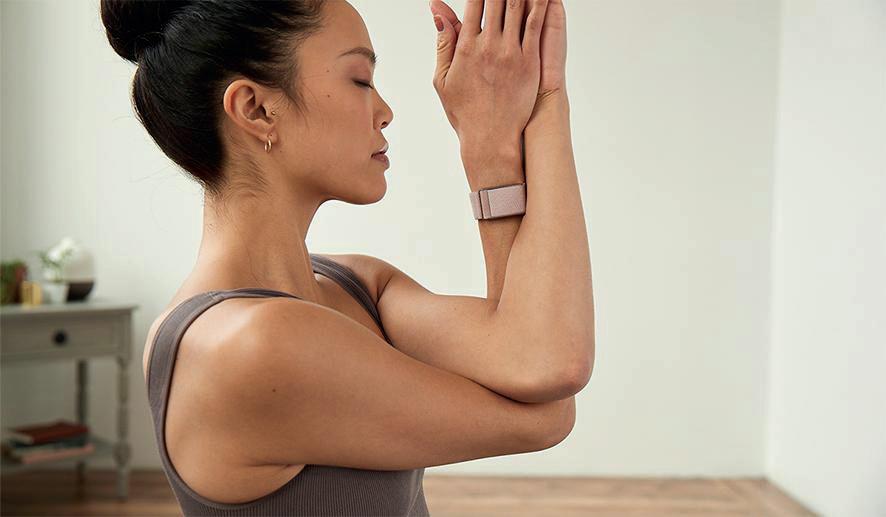
Pliability draws on a user’s metrics from Whoop, including sleep data, heart rate variability (HRV), resting heart rate (RHR) and respiratory rate and uses them to assess what routines should be undertaken to improve performance. If it detects a low score in a particular area, it will recommend Pliability workouts to boost the flagging metric. According to the team, suggestions can include routines with a focus on breathwork, longer routines to improve recovery and mindfulness routines to down-regulate the sympathetic nervous system.
“We purposefully don’t seek out integrations for the sake of it, but this is deeply complementary and will enhance the user experience for both parties, incorporating mobility and recovery in a smart connected fashion,” said Scott Perkins, founder of Pliability. The partnership also
enables users to maintain a consistent ‘strain’ level. When the overall strain reading is higher than ‘optimal strain’ (defined as the targeted strain level for that day based on recovery from the previous day), Pliability will identify the activities performed (such as running, swimming or cycling), and the parts of the body used, to
inspire recommended routines that boost recovery in these areas.
Pliability has integrated with Whoop through its developer platform, which allows approved third party apps to deliver personalised coaching to Whoop members. “As a result of this integration with Pliability, we’re creating even more ways for people to improve their holistic health and tap into new recovery modalities,” said Alexi Coffey, VP of product at Whoop.
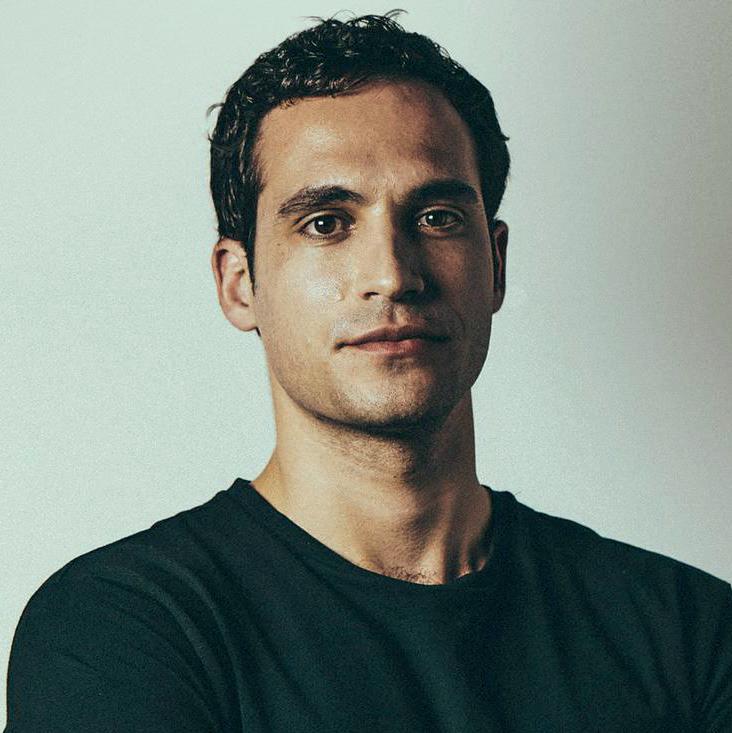
Pliability was previously known as Romwood (Range of Motion Workout of the Day), but a rebranding was announced earlier this month. Its science-backed routines for stretching, breathing, and mindfulness are supported by high-profile CrossFit athletes such as Noah Olsen, who says he saw a 33 per cent increase in his recovery metrics after using Pliability in Whoop.
“My biggest goal for Pliability is to educate our customers that no matter what their training discipline, movement is essential for a full life,” said Cody Mooney, Pliability’s director of performance.
n MORE: http://lei.sr/2t9s8_F
We’re creating even more ways for people to improve their holistic health
Pliability has integrated with Whoop to support recovery and performancePHOTO: PLIABIITY/WHOOP Will Ahmed, CEO Whoop
Sports fans will be immersed in the cycling events as they happen using metaverse tech
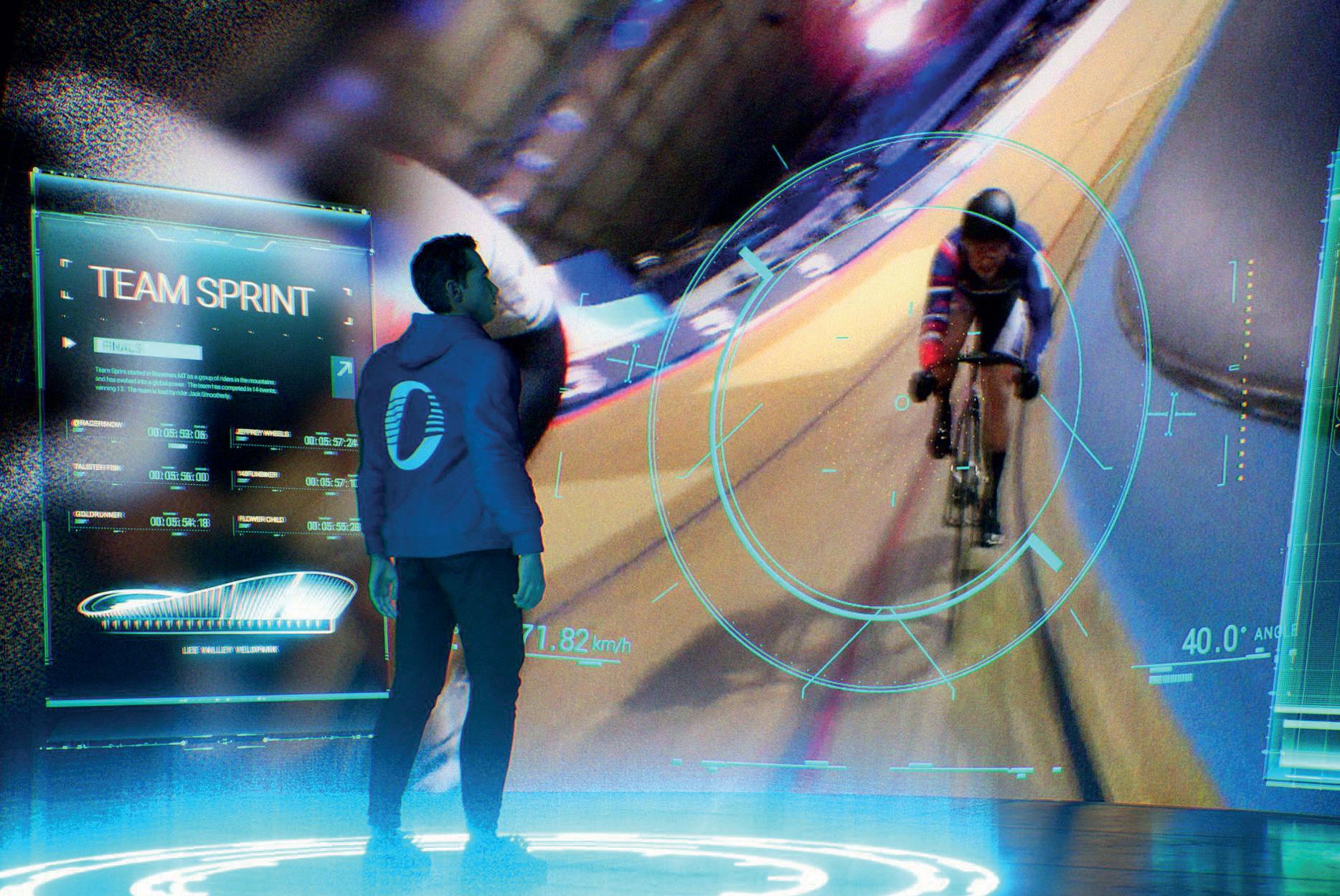
Warner Bros. Discovery Sports (WBD Sports) and metaverse services provider Infinite Reality have entered into a multiyear agreement that will deliver new immersive and interactive metaverse experiences to sports fans.
The scope of what’s on offer –described as “new avenues for sports communities, athletes and brands to interact with each other within unique virtual environments” – can be experienced and previewed for the first time at the UCI Track Champions League.
The deal is expected to increase user engagement and bring in new audiences, with fans being able to interact with athletes, retail outlets and brands. It’s the first time WBD Sports has worked with Web3 technology on a European sports property.
“Our partnership outlines how we plan to embrace innovations and opportunities to deepen the connections between audiences, owned series and brand partners to discover possibilities for growth around different sports properties,” said François Ribeiro, head of Discovery Sports Events.
“We’re excited by the potential to engage new audiences around live sport in different ways, extending the experience beyond the live environment and into even more places where people are interacting and spending time.
“Over the coming years, by breaking new ground in metaverse experiences
around live sports events, we’ll aim to empower fans to engage with sport in new and exciting ways. We see the preview during the UCI Track Champions League as an outstanding opportunity to open new avenues for storytelling and fan engagement, providing key learnings as we extend our partnership to other assets of Discovery Sports Events’ portfolio.”
The debut at the UCI Track Champions League – a series launched last year – will give a flavour of what’s to come from future Discovery Sports Events.
n MORE: http://lei.sr/H9U3F_F
This partnership outlines how we plan to embrace the latest innovations and opportunitiesPHOTO: WARNER BROS. DISCOVERY SPORTS/INFINITE REALITY
Virtuagym and benchmarking experts, Fitness KPI, have launched a new integration for UK health club and fitness operators.
In addition to Virtuagym’s all-inone management solution, the new Fitness KPI component means club and facility operators will be able to analyse their business and compare their KPIs with their competitors’.
“Not only will the system offer data, but with its artificial intelligence it will analyse it, predict what will happen and offer solutions to improve the management of a health club,” said Pablo Viñaspre, founder and CEO of Fitness KPI.
The two companies first collaborated in 2021 in the Spanish
market where Fitness KPI was already being used by 150 clubs. Following success in this territory, the decision was taken to launch in the UK, where Virtuagym clients include Jetts UK, Buzz Gym and Xcelerate.
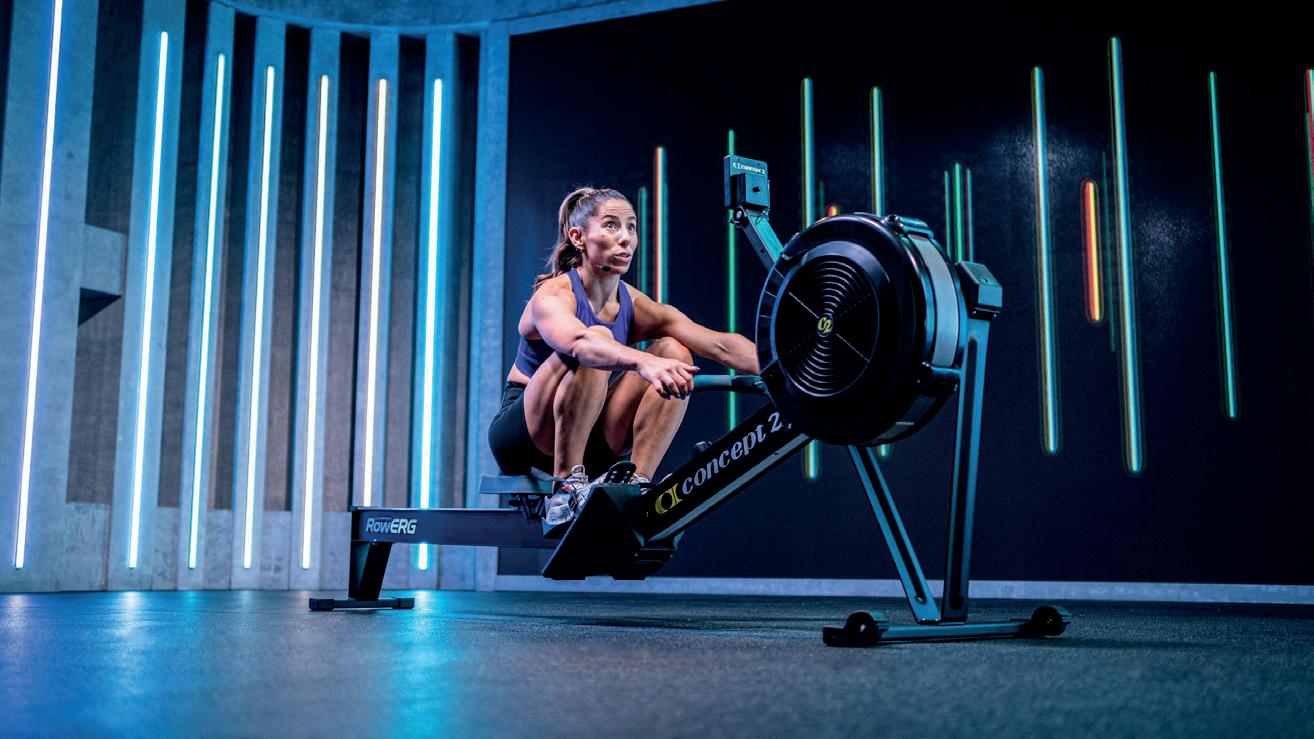
“We’re very excited about this entry into the UK market, where we expect to have more than 100 customers in the next year,” said Enric Bonilla, country manager for Fitness KPI.
Earlier this year Virtuagym raised €3m from Amsterdam-
based technology company Icecat to drive international growth.
At the start of 2022, Fitness KPI launched a new iteration of its business intelligence platform with the addition of AI delivered via a neural network known as ANNA. Fitness KPI’s tools include business analytics which are produced on a daily basis by ANNA; sector comparisons and predictions based on the operator’s data and that gathered from the sector.
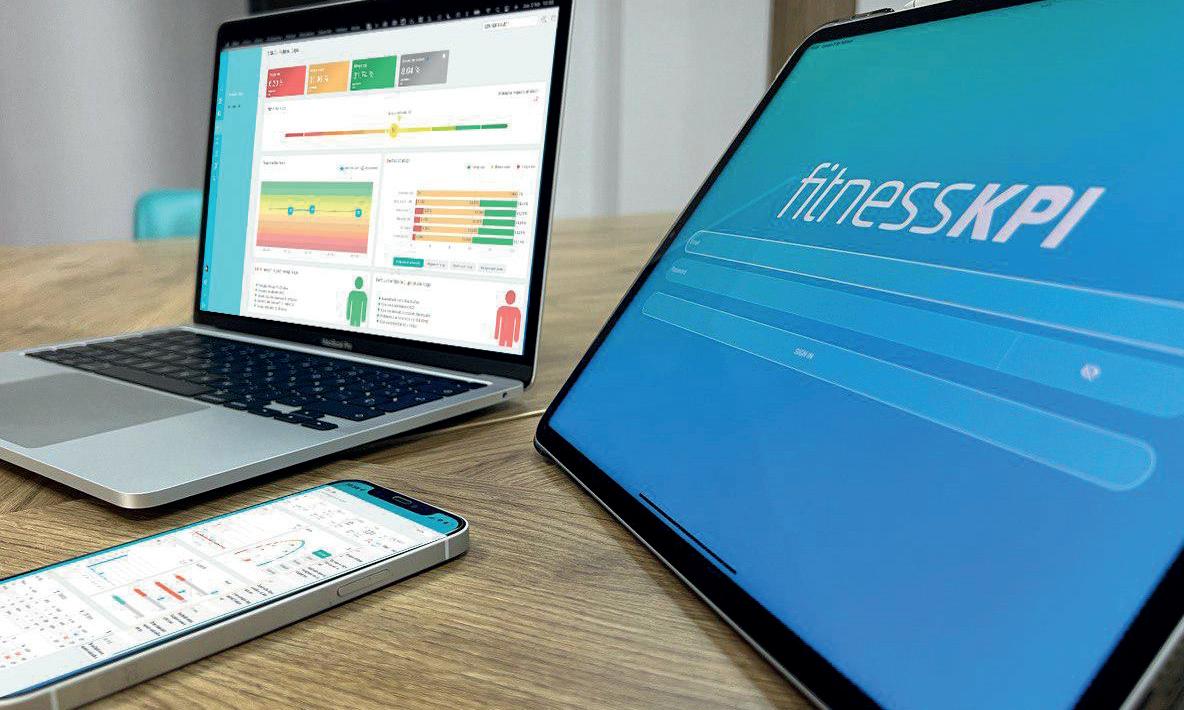
n MORE: http://lei.sr/S3J2Y_F
Fiit has teamed up with Concept 2 to launch Fiit Row, its first connected rowing programme in response to the growing consumer demand for athome and hybrid rowing.
Fiit Row joins the platform’s Air Bike and Tread workouts, providing rowing workouts through Concept 2’s
Row Ergs. Metrics such as stroke per minute, distance travelled and reps are tracked enabling users to compete on Fiit’s global leaderboard.
“Our aim is to continue breaking down the barriers to fitness by offering an affordable solution that allows members to maximise their workouts whether they’re at the gym or home,” said Dan Shellard, CEO of Fiit.
“The introduction of Row workouts is the next logical step in ensuring we can offer a complete hybrid workout proposition – one that responds to the changing nature of how people both work and work out today.
“Whether members are working out at home or in the gym, we can now offer them fitness on their terms, at the touch of a button.”
Concept 2 was founded in 1976 by brothers Pete and Dick Dreissigacker, the latter a former Olympic rower.
n MORE: http://lei.sr/C8J4m_F
Our aim is to continue breaking down the barriers to fitness
Paris, France-based Kinomap, an interactive training app for indoor cycling, running, and rowing, has acquired Outside Interactive, a video simulation tech company for cardio training equipment.
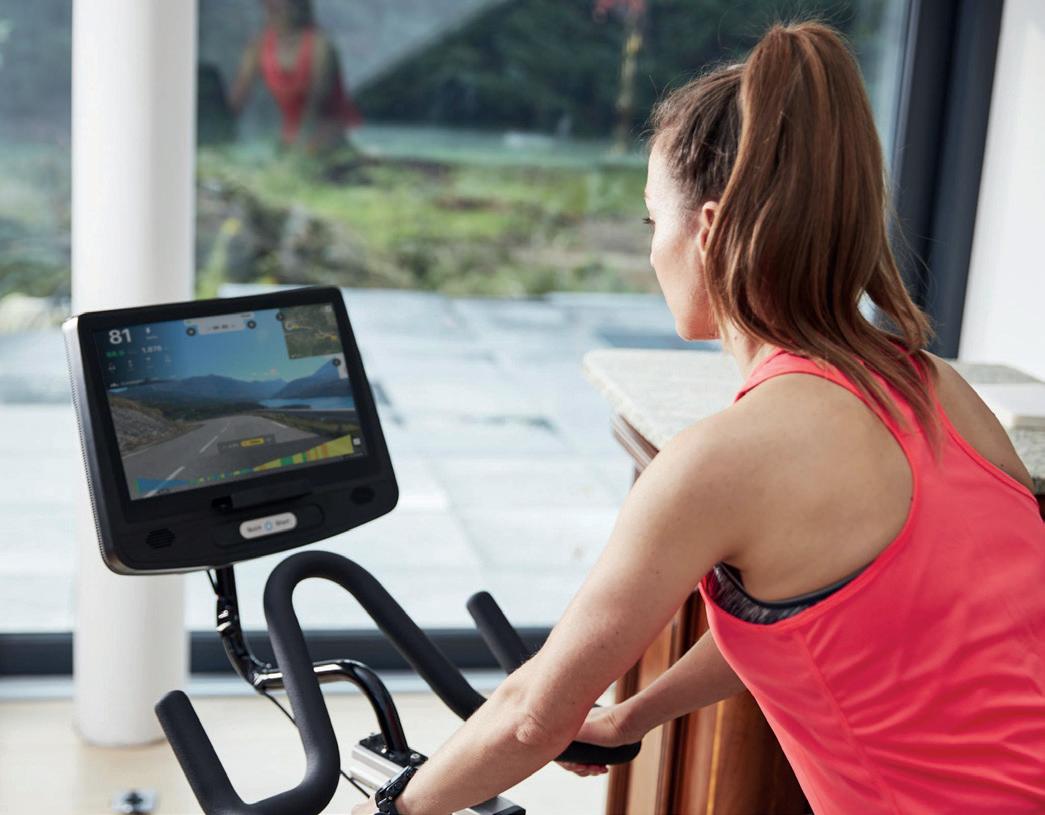
Kinomap, which has around 1.5m members (of which around 95 per cent are home users, with the rest mostly gym-based) was founded in 2004 by Laurent Desmons and Philippe Moity. Initially, the company was more
focused on cycling content, but due to demand has expanded into running and rowing with a system that is compatible with over 200 brands.
Since 2011, Outside Interactive has produced patented course simulator technology for treadmills and other cardio equipment, allowing users to experience and visualise official race routes. The merger will bring founder and CEO Gary McNamee to lead Kinomap’s North American operations.
“We’re very excited to have the Outside Interactive team become part of the Kinomap family,” said Philippe Moity, Kinomap’s co-founder and CEO. “Kinomap is currently in fifteen languages, with over one thousand active content creators around the globe to offer 300,000 miles of course content, and growing.”
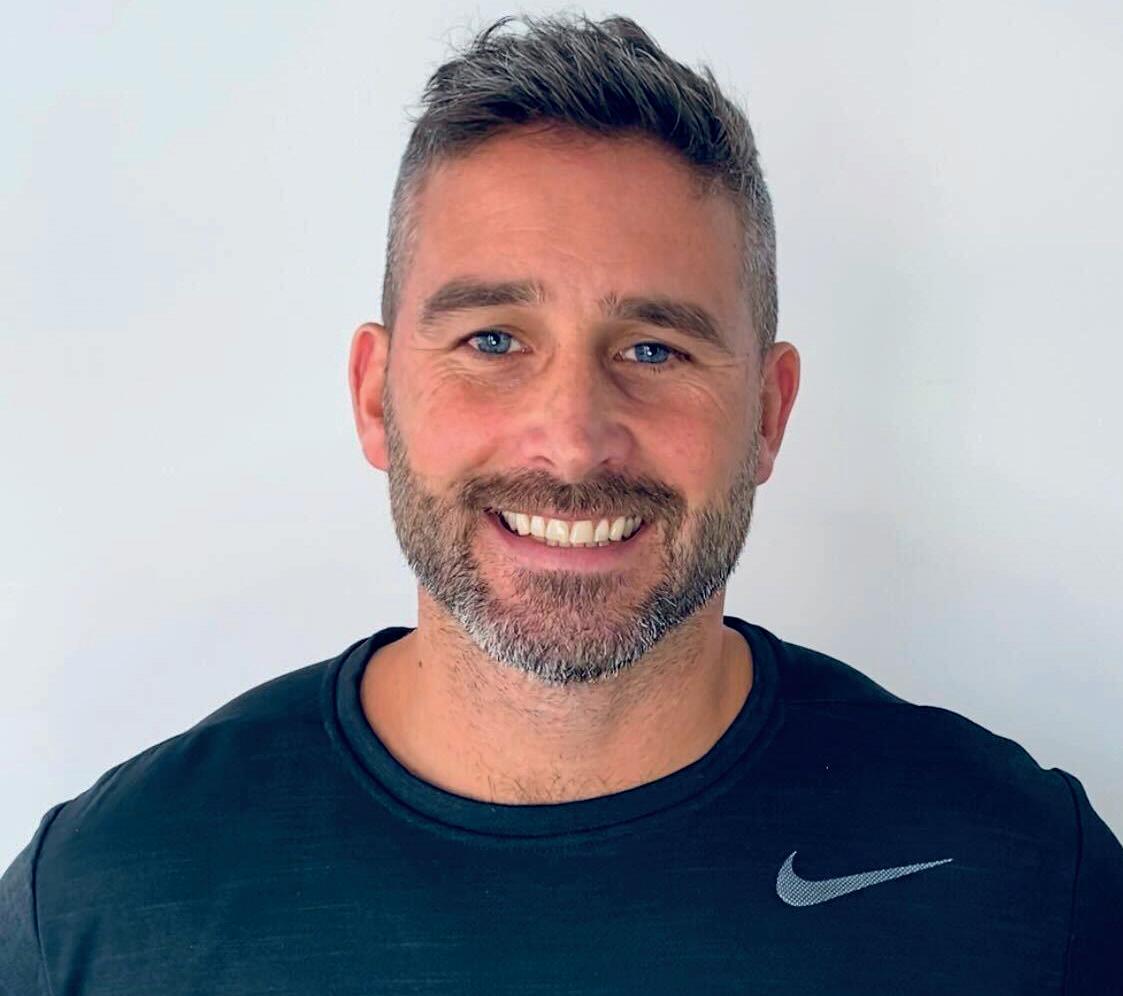
The Brand Xchange Agency, a new Web 3.0 consultancy looking to develop business in the health, fitness and wellness market has been launched by four execs, Andy Hall, CEO; Becca Douglas, CMO; Ben Frichot, chief creative officer; and Xavier Kris, chair.
Hall’s career saw him initially working for fitness operators such
as Virgin Active and Fitness First, before moving to head up a drive into the market by tech firm Volution. He then joined Australian tech outfit Olive X when it bought Volution out of liquidation in December 2020. Hall announced his departure from Olive X in October, which was then followed by him revealing the plans to launch Brand Xchange.
“Brand Xchange has been established to provide down-toearth, to-the-point advice,” said Hall. “We’re here to remove the
barriers and enable brands, content creators and Web 3.0 projects to work together on a collaborative basis to grow their communities.
“Ultimately, it’s about enabling organisations to understand the commercial opportunities of Web 3.0, leverage the metaverse and to do so profitably from day one.”
The four co-founders have already signed two fitness sector clients – Centred and Metagym.
“Brand Xchange has the roadmap to enable brands and creators to maximise Web 3.0 opportunities,” said Kris.
“By leveraging the metaverse as a marketing tool, forward-thinking health, fitness and wellness organisations are able to grow their community, distribution and revenue.
“Furthermore, they’re able to do so profitably, while accurately measuring the return on investment.”
The deal means Kinomap operates B2C and B2B2C business models. n MORE: http://lei.sr/M3a2q_F n MORE: http://lei.sr/k9W9P_F
We’re here to enable brands, content creators and Web 3.0 projects to work together Andy Hall
The deal means Kinomap now operates B2C and B2B2C modelsKinomap users will be able to officially participate in races Andy Hall is leading the team at Brand Xchange PHOTO; KINOMAP
The findings could help improve apps designed for activities that can be ‘gamified’
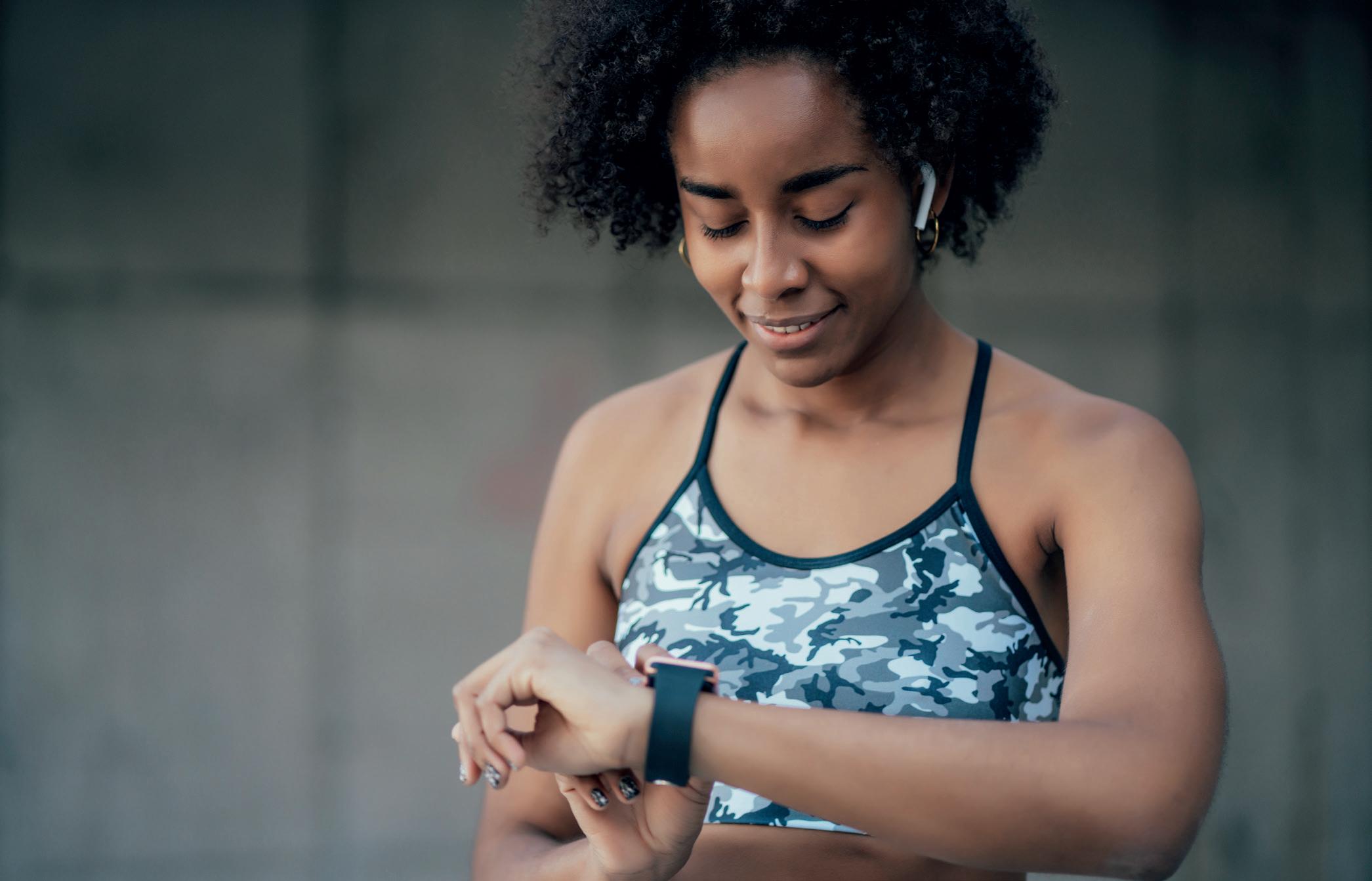
Scientists have developed a dynamic way of adjusting the difficulty of video games – by estimating players’ emotions based on in-game data.
A team at the Gwangju Institute of Science and Technology (GIST) have come up with a model in which the difficulty level is tweaked accordingly to maximise player satisfaction.
Until now, developers have relied on ‘dynamic difficulty adjustment (DDA)’ to crack the tough nut of balancing a videogame’s difficulty – deemed essential to provide players with a pleasant experience.
Using DDA, the difficulty of a game adjusts in real-time according to player performance. If a player’s performance exceeds the developer’s expectations for a difficulty level, the game’s DDA agent automatically raises the difficulty to increase the challenge presented to the player. While DDA is useful, it’s limited as the level of difficulty is adjusted simply on player performance – not on how much fun they are having.
The team at GIST decided to put a twist on the DDA approach –instead of focusing on the player’s performance, they developed DDA agents that adjusted the game’s difficulty to maximise one of four different aspects related to a player’s satisfaction – challenge, competence, flow, and valence [positivity or negativity].
The DDA agents were trained via machine learning using data gathered from actual human players, who played a fighting game against various artificial intelligence (AI) systems and then answered a questionnaire about their experience.
Using an algorithm called Monte-Carlo tree search, each
DDA agent employed actual game data and simulated data to tune the opposing AI’s fighting style in a way that maximised a specific emotion, or ‘affective state.’
The team verified – through an experiment with 20 volunteers – that the proposed DDA agents could produce AIs that markedly improved the players’ overall experience, no matter their preference.
The technique could have a major impact on tech-based solutions and activities that can be ‘gamified’ – such as physical activity and exercise.
Professor Kyung-Joong Kim, who led the study, said: “One advantage of our approach over other emotion-centered methods is that it doesn’t rely on external sensors, such as electroencephalography.
“Our model can estimate player states using in-game features only. Game companies have huge amounts of player data. They can exploit these to model the players and solve various issues related to game balancing.”
n MORE: http://lei.sr/r3F7v_F
Once trained, our model can estimate player states using in-game features only
Kyung-Joong KimPHOTO: SHUTTERSTOCK/MIX TAPE
Armah Sports has launched a new health club concept for the Middle Eastern market, which it plans to roll out across the region – and beyond.
The first B_fit club opened recently in Jeddah, Saudi Arabia and will operate as a full-service smart club, featuring a wide range of innovative tech solutions, which integrate with a high-end gym offer.
Workout facilities at the 3,750sq m club include a gym floor, cardio zone, performance cardio zone, personal training hubs, athlete factory, six exercise studios (functional, spinning, yoga, pilates, HIIT and boxing).
There’s also a 25m pool, indoor running track, a co-working space, innovation lab, smoothie bar and retail area.
When it comes to tech, B_fit boasts an impressive array of solutions – starting with access to the club, which is implemented through touchless facial recognition. B_fit is also be the first health club in the world to utilise Amazon Alexa in its operations, with members able to book classes and check trainers’ bios and schedules by voice command.
B_fit is one of three health club concepts being developed by the team. The others are luxury brand Optimo and budget offering Lift.
The company plans to open 11 B_fit smart clubs and three Optimo clubs in the next 18 months.
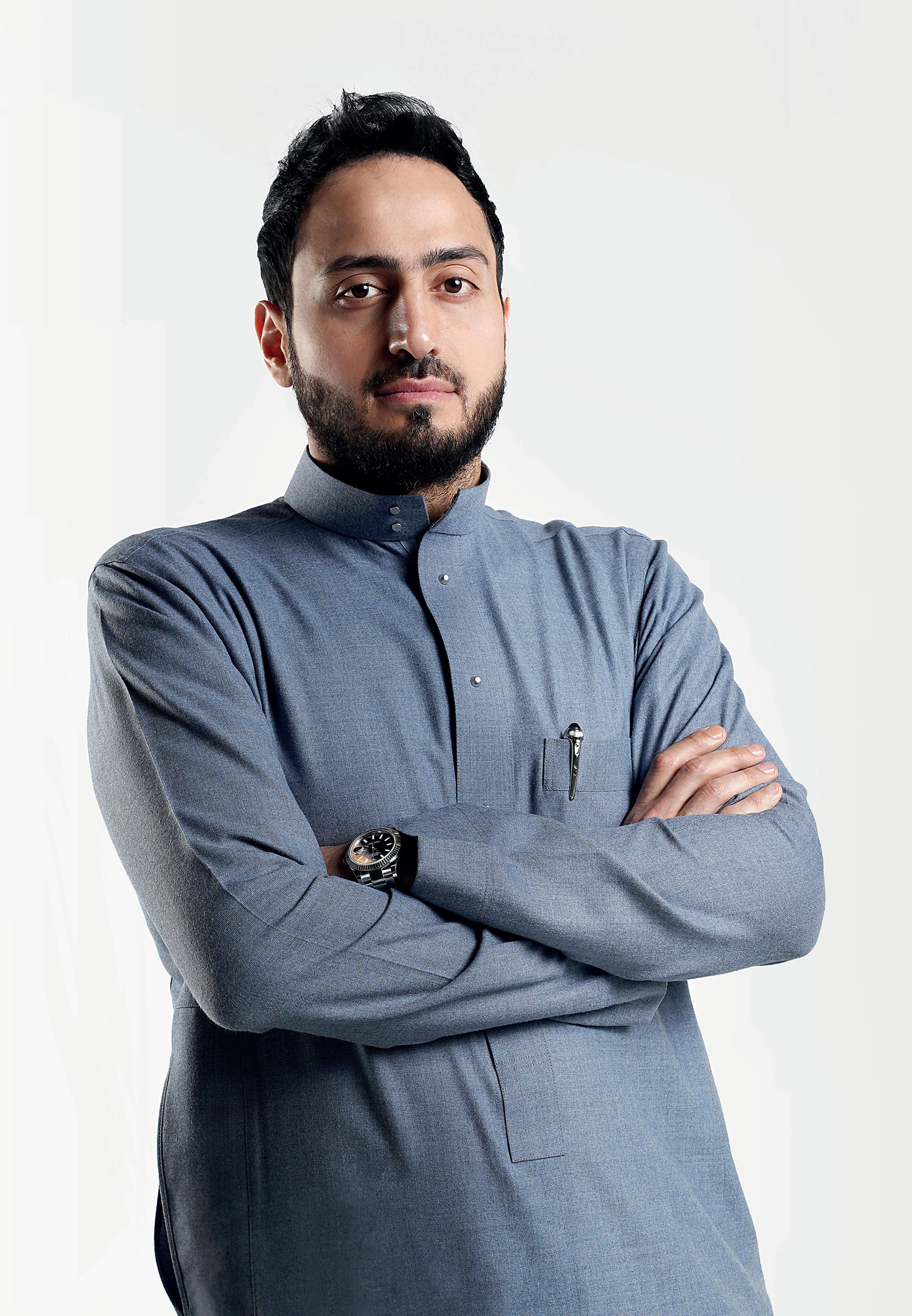 Fahad Alhagbani is CEO of Armah Sports, a Saudi enterprise
Fahad Alhagbani is CEO of Armah Sports, a Saudi enterprise
‘smart club’?
After a successful IPO for our previous fitness chain we decided to exit the company with a vision to create something different – something that would be a radical change from the classic fitness club business model and something that could elevate the industry to another level. We didn’t want to repeat ourselves or to live in the world of ‘traditional’ fitness clubs.
For the past five years I’ve been a member in the international group of the REX Roundtables community, which consists of 15 peers from around the globe. Every member is either a founder or CEO of a fitness club business. We meet three times a year in different cities to explore, share, learn, improve, challenge each other and for knowledge transfer in the fitness industry.
Three years ago we gathered in Helsinki and the theme of the meeting was “the club of the
future”. We spent four days talking about how we imagined it – crazy ideas were flowing in the air, to the point where we imagined a club run by robots, similar to a hotel in Japan.
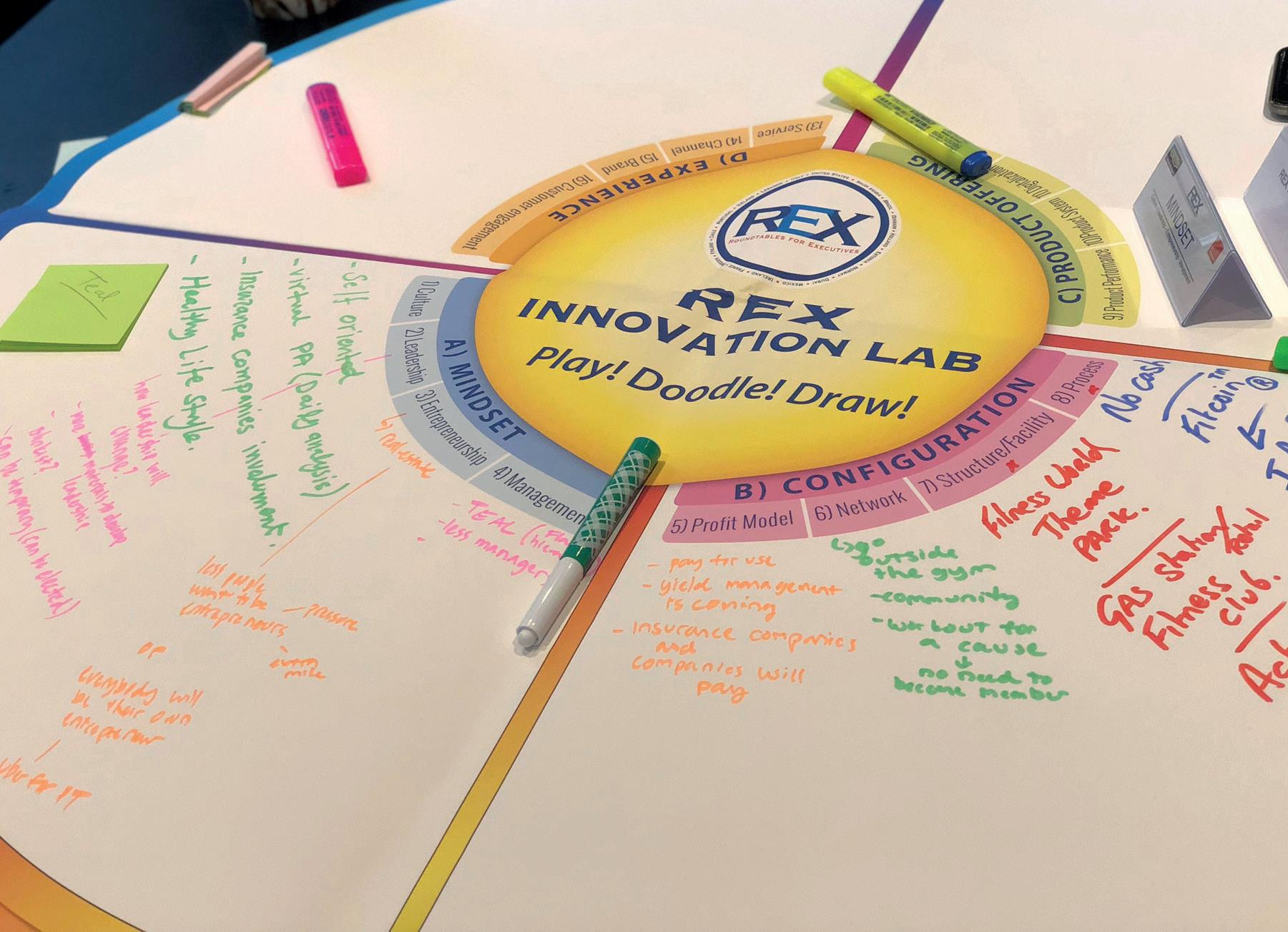
The idea for this meeting came from our peer Barry Walsh (founder and MD of Iconic Health Clubs, Ireland) who read an article in a British Airways in-flight magazine entitled ‘Geared up for the Future: The new Fitness Revolution’. He contacted Fausto Di Giulio (CEO of REX International) and asked him if we could focus on the future of fitness in our next gathering.
I came back from this trip loaded with inspiration and determined to change the shape of our industry. It took me three days to put together a business plan and concept, entitled ‘Reinventing Fitness’, which I presented to my brothers – the shareholders. From there they gave the green light and here we are, with our first ‘smart club’.
What did you have in mind when you decided to create a
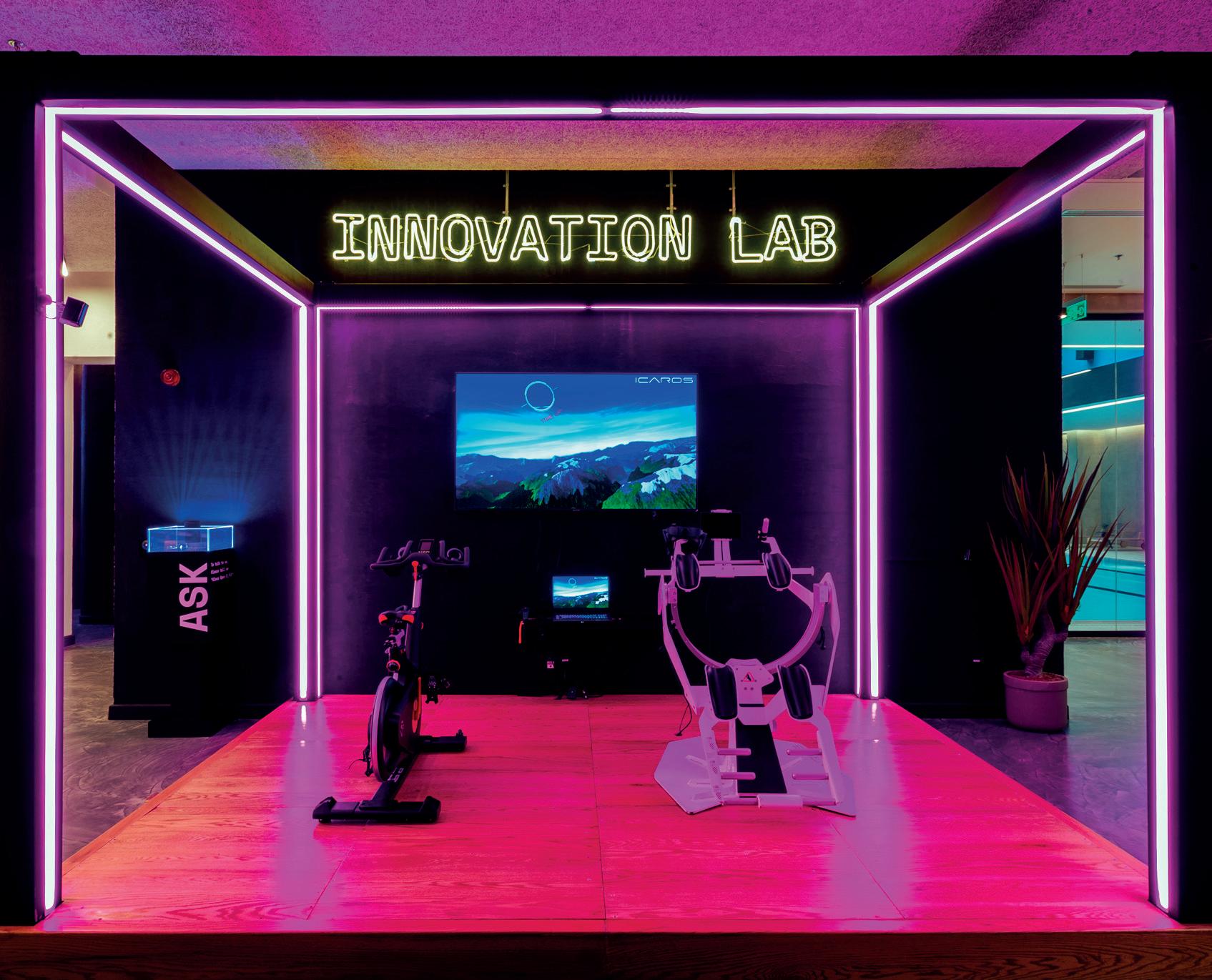
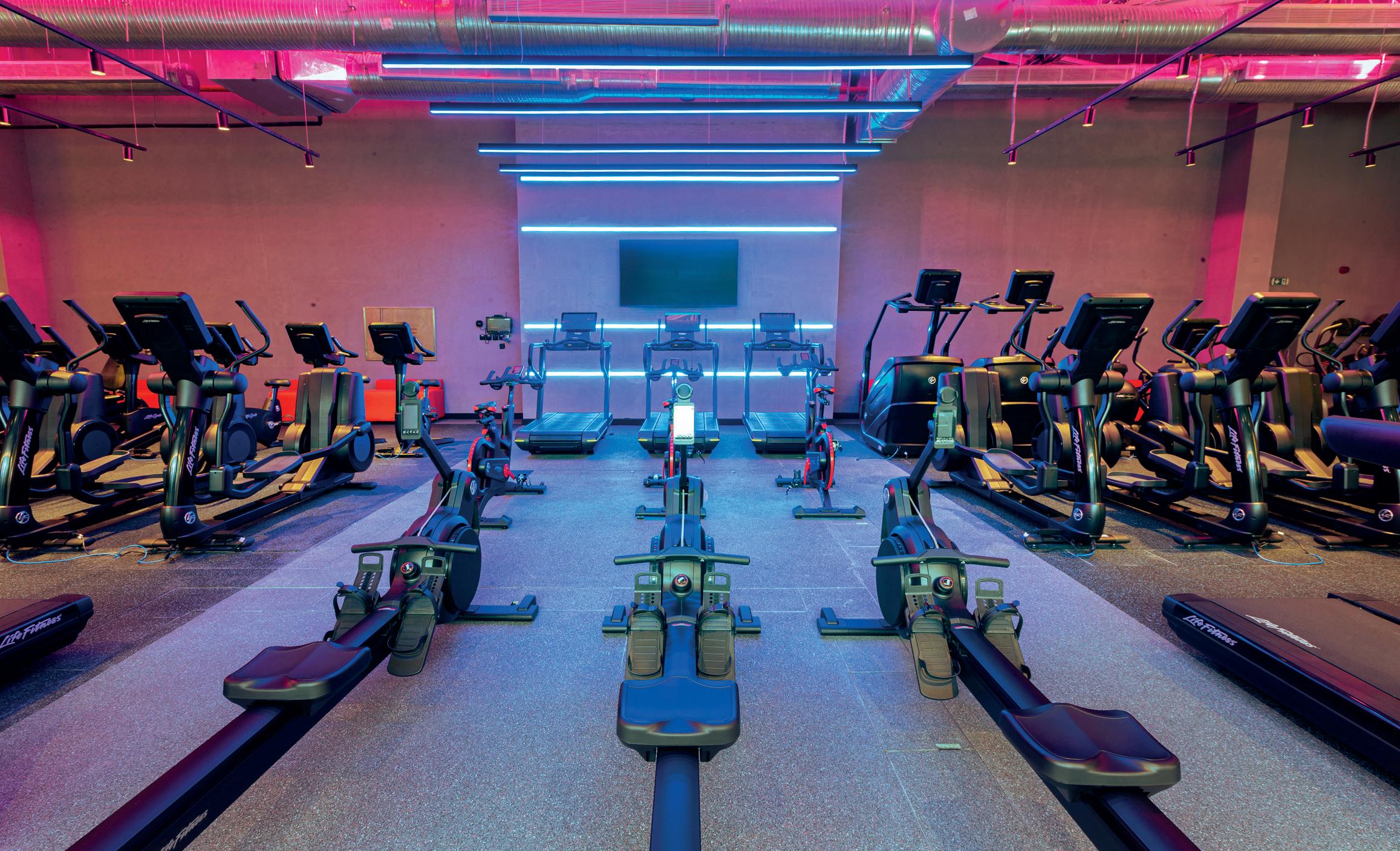
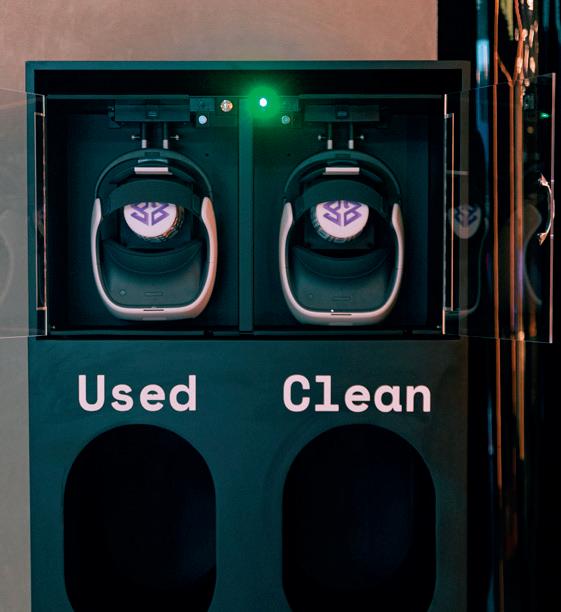
Why is it important to integrate tech into fitness?
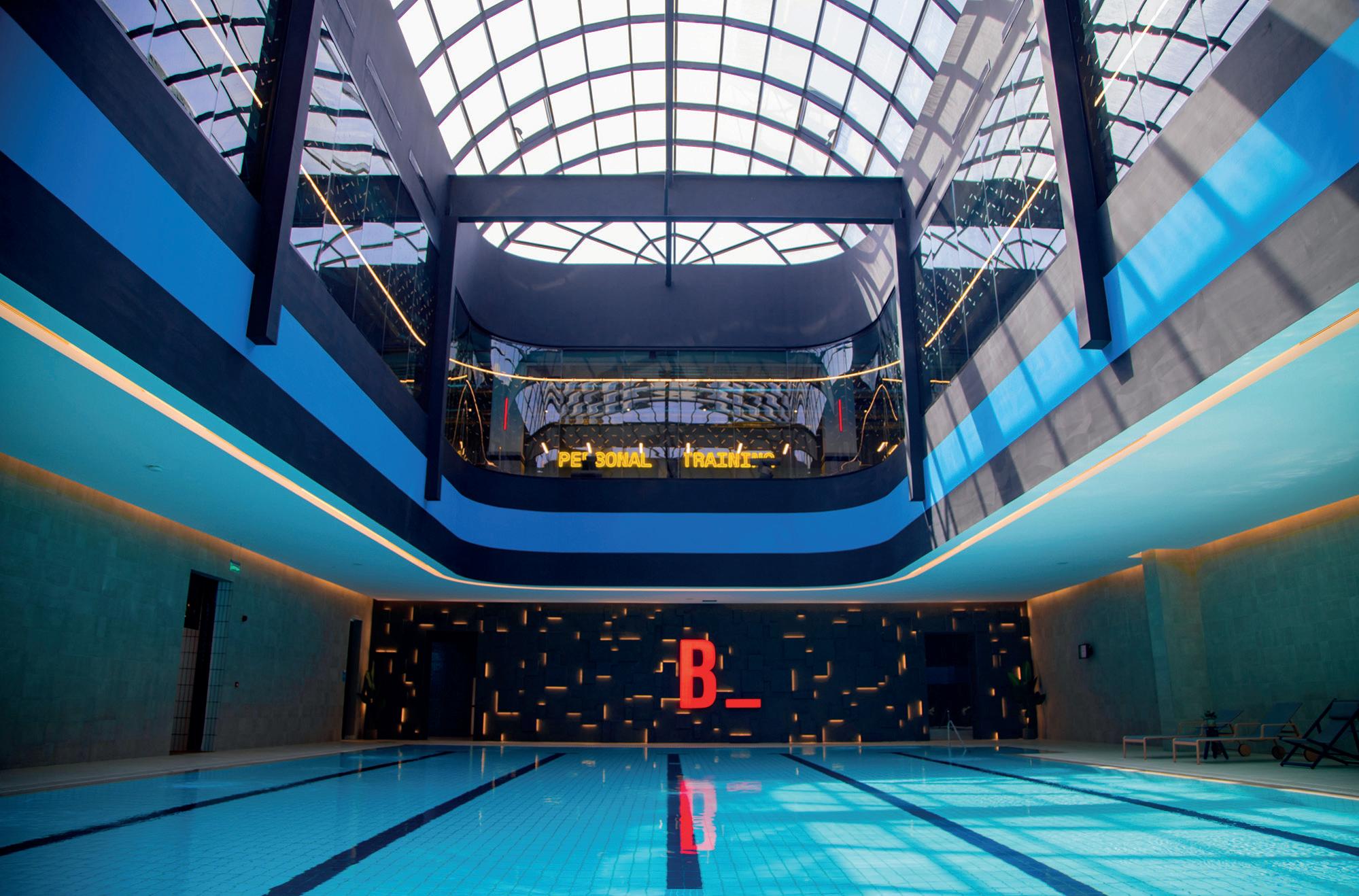
Technology is not just important in our lives nowadays, it’s essential and something that we can’t live without anymore – this applies to everything, not only the fitness industry.
Technology has been evolving rapidly, and the fitness industry, which has historically been a slow-moving animal, is trying hard to catch up! Never in my 20+ years of experience have I seen one comprehensive IT solution that can cover your needs; you always have to bring different solutions together and today it has become even more complicated, as more apps, solutions and systems are coming up every day, making the situation more fragmented. At least, this is the way I see it.
The only way forward is to adapt technology in the right way to serve your particular market dynamics and business needs. The risk of not investing is far greater than the risk of investing and failing. Technology is not an online platform – it’s way more than that, it’s a whole infrastructure that will enable your future.
Tell us about your Amazon Alexa integration
During one of our REX meetings, Fausto said: “voice control will be the future of communication”.
If you want to be ahead of everyone you need to be working today but thinking and anticipating the future. I was determined to find a way to use voice in our smart model, and so we contacted Amazon and they agreed to work on the unique project. After nearly a year of working on the proof of concept, we now have Alexa up and running in our club.
Alexa can help you book classes (after confirming your membership number), check trainers’ bios and schedules, find out opening times, and a host of other information. The more you feed Alexa the more it can help your members and enhance their experience.
When I see the young generation in Saudi using voice notes more and more to communicate, it makes me confident that we took the right decision by adapting Alexa and being the first fitness club in the world to introduce this innovation.
The idea behind our innovation lab was to introduce the future to our members through ‘out of the box’ concepts. We all know that VR and AR are cutting edge and driving their way into our lives, and we know that billions of dollars are being invested into this technology by some of the leading tech companies in the world –some more successfully than others – but it’s
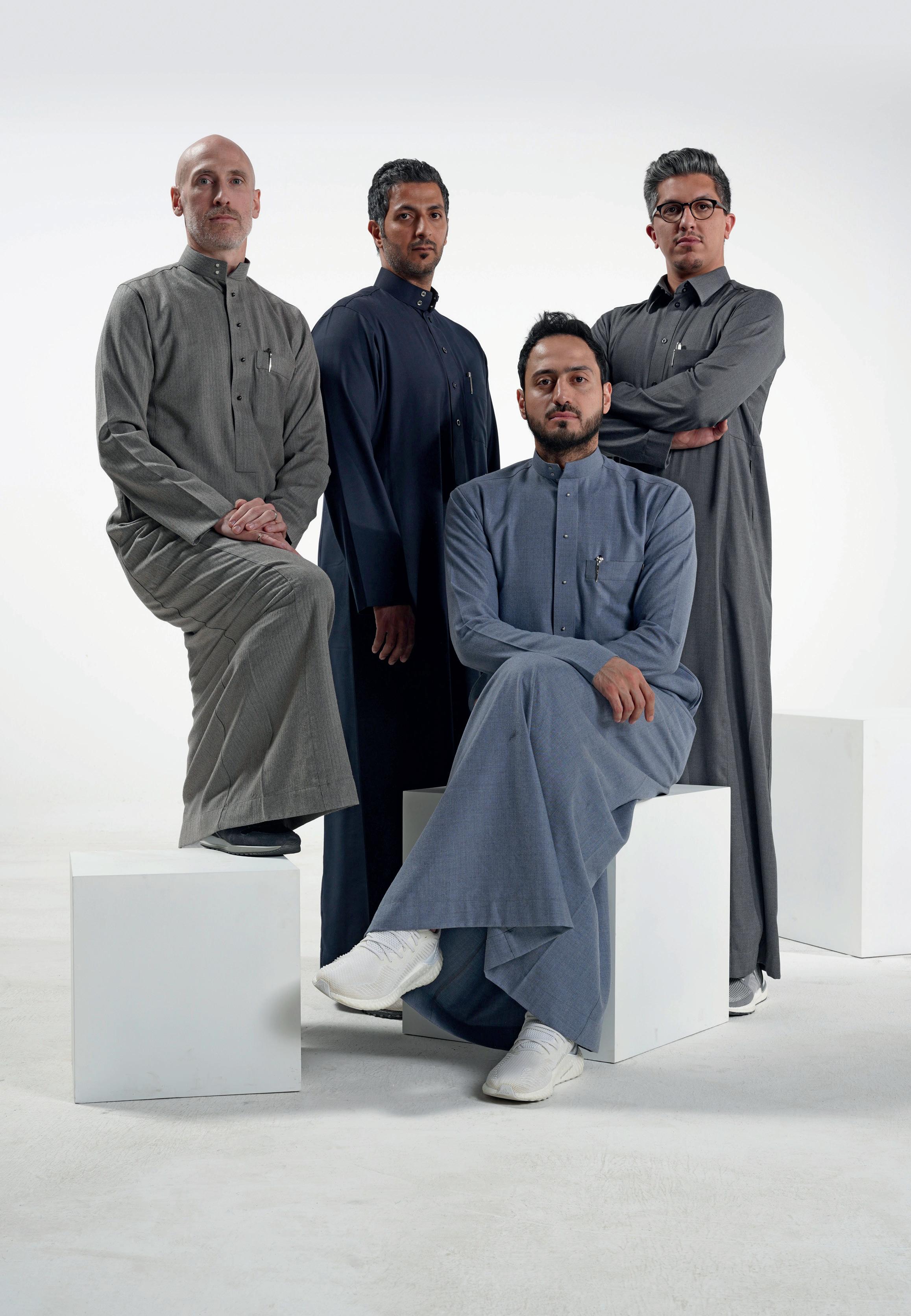
a sign that it’s not a matter of if, but when.
Today we’re introducing VR and gamification in two different solutions where members or visitors can experience the virtual world, without incurring any additional charges or fees.
The first VR offering enables users to play games while controlling and holding their plank position to simulate flying in the air. In the other experience they ride a bike through a city or location, virtually enjoying the scenery that comes with it. We have more offerings in the pipeline and will add them as our network grows.
We’re keeping our eyes open for any trends in this field. We can easily add and/ or replace experiences, so our members can be exposed to the latest trends all the time.
I remember visiting Samsung Smart Kitchen in New York City in 2019, where I was fascinated by the connected environment and inspired to follow the steps of this technology.
When we started building the smart club business model, the first thing we did was draw a chart of our ecosystem, including all the physical, digital and human integrations/ interactions that will form our ‘Internet of Things’.
The challenge was in choosing multiple technologies, solutions, machines, systems and equipment, and making them talk with each other seamlessly in a connected environment. Our goal was to allow our members to feel connected all the time, and to make life easier for them and for us – the operator. This is the basic definition of a smart city, building or fitness club.
Access control via facial recognition
An app with ‘at home’ workouts, personal goals and group challenges, tailored training plans, activity tracking, video on demand and meditation
A I and machine learning is being used to help understand members’ behaviour
Single and secure WiFi connection throughout the cent re, ensuring member connection stability
Digital library in the co-working space, using Amazon Kindle
Digital kiosk in reception area with a member portal that offers a variety of services
Online payments or wristband payment options at smoothie bar and retail shop (with credit card details stored in members’ files)
All B_FIT systems are cloud based
Smart parking solutions in basement parking with space sensors and occupancy display
Group classes and personal training sessions attendance tracking via RFID wristband
Electric vehicle charging stations
Smart lighting system
Achieved Leadership in Energy and Environmental Design (LEED) certificate for first two clubs
A waiter-robot in the lounge and co-working space, which delivers coffee and smoothies to members
Of course, our clubs also use the latest building management solutions – a concept that has been around for many years and one that keeps evolving to meet societal and environmental requirements. It feeds into our connected ecosystem to control the physical, digital and human spaces.
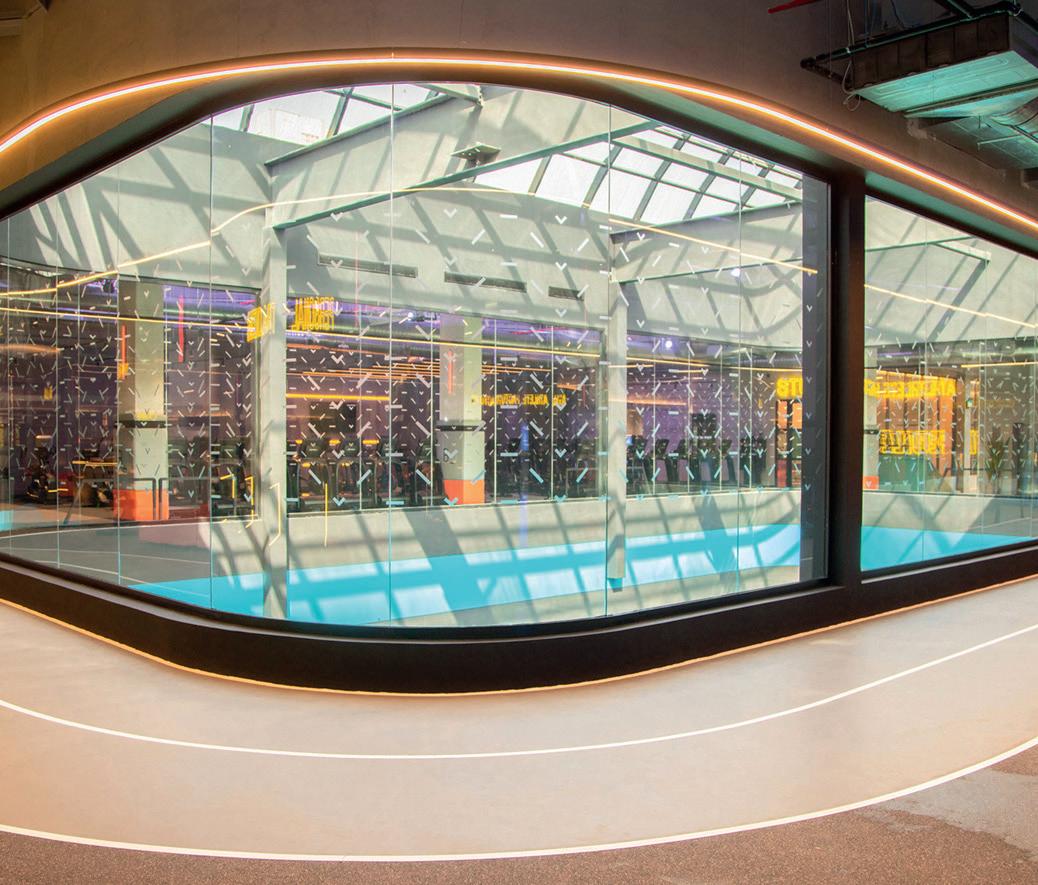
We’re partnering with equipment manufacturers and solution providers from Europe and the US. All understand our vision and are committed to delivering solutions that match our business model.
Like many others, we have cardio that connects with our B_FIT app and wearables such as Apple watch and Fitbit, where you can download or track your performance. Cardio in general is advanced along this track.
Our next challenge within the fitness equipment side of things is the strength area, where some solutions exist that serve part of the area – for example, selectorised equipment only. Each system comes with a separate platform and app, which makes it difficult to adopt. But we are adding and integrating other smart
solutions to this area, including Virtuagym Touch, FunXtion and MyZone screens, all designed to help members guide themselves through their workouts and enhance their experience.
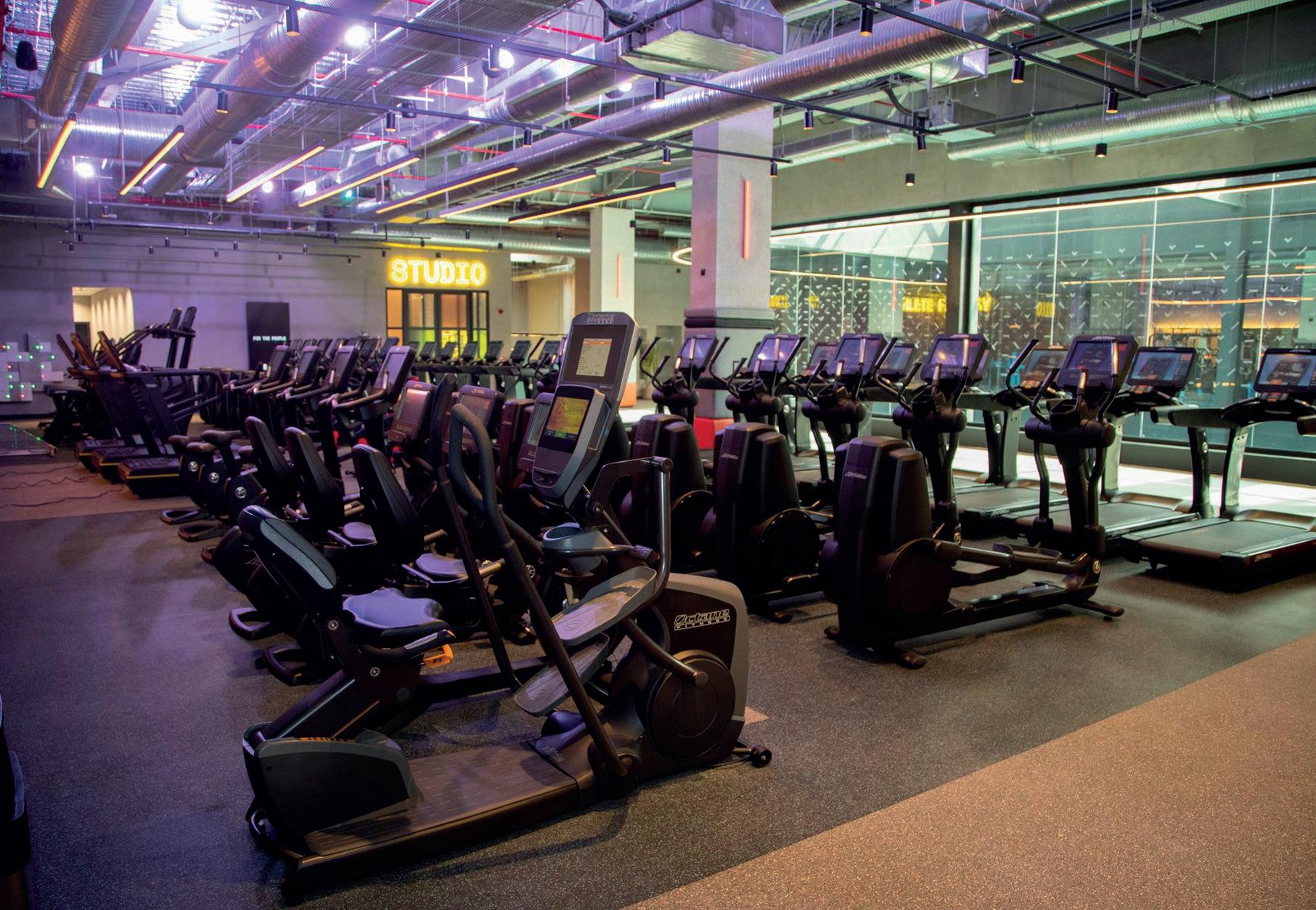
We remain committed to finding a way and making the strength area smarter with our international partners as technology evolves in this direction.
How do you plan to stay at the forefront of fit tech?
In our back office the awareness is very high in terms of technology. We share trends and outof-the-box ideas almost every day. The team is young, ambitious, very tech-oriented, and everyone brings something different to the table. We stay loyal to our vision and have the right person leading our technology strategy. All of this alongside being exposed to fitness channels, industry experts and the REX community.
Our first role in our smart vision was not only to build the best IT infrastructure for our needs, but also to make sure it’s agile and flexible to accommodate any new technologies or tweaks down the road, as simple as plug and play. Our infrastructure is complex but easy to integrate
with. For example, we decided to use one solution for club management – PerfectGym –and another for fitness management – Virtuagym. We are the first in the world to do a full integration between both solutions. Members will not notice what’s happening behind the scenes but they will enjoy the best experience for their membership profiles and fitness tracking. ●
The team is young and ambitious, and the awareness of technology is very high. We share trends and outof-the-box ideas almost every dayPHOTO: B_FIT The 3,750sq m club includes several cardio zones PHOTO: B_FIT
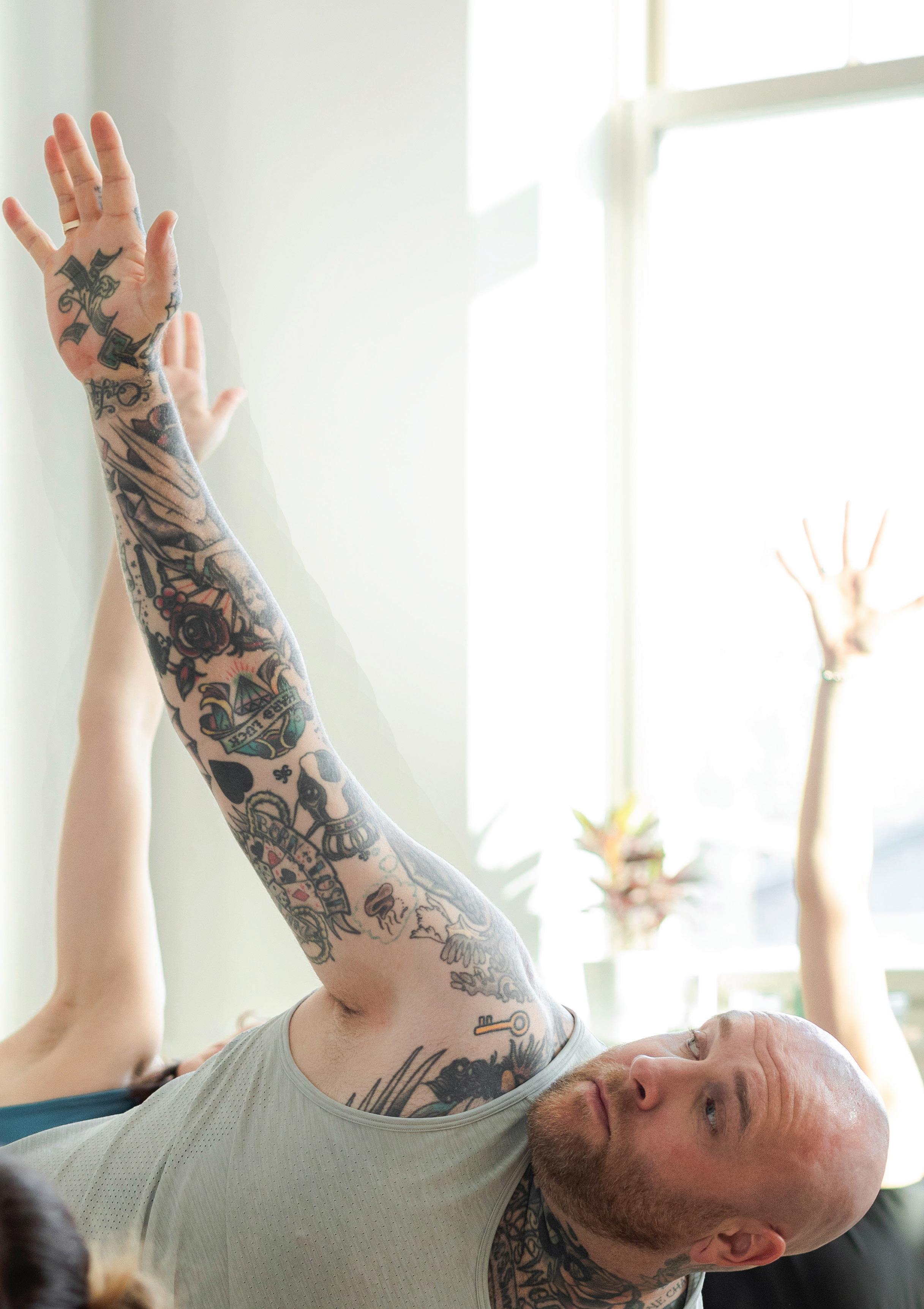
Everything you need to run— and grow—your business.
To book a demo or learn more, visit uk.mindbodyonline.com

Revenue for sports teams has always been something of a David and Goliath affair. For smaller football teams, competing with larger, established teams has always been a huge challenge; larger teams have a base of commercial revenue, as well as huge, loyal and often international fanbases. Not only that, but they typically have fruitful relationships with sponsors, due to their larger audiences for advertising.
Although this situation has been largely accepted by the majority in football’s mainstream history, recent technological innovations are challenging this and could see the playing field start to level.
What small sports teams lack in sponsors and international fan bases they can make up for in agility, meaning they’re well-positioned to be at the forefront of technological advancements in a traditionally slow-moving industry.
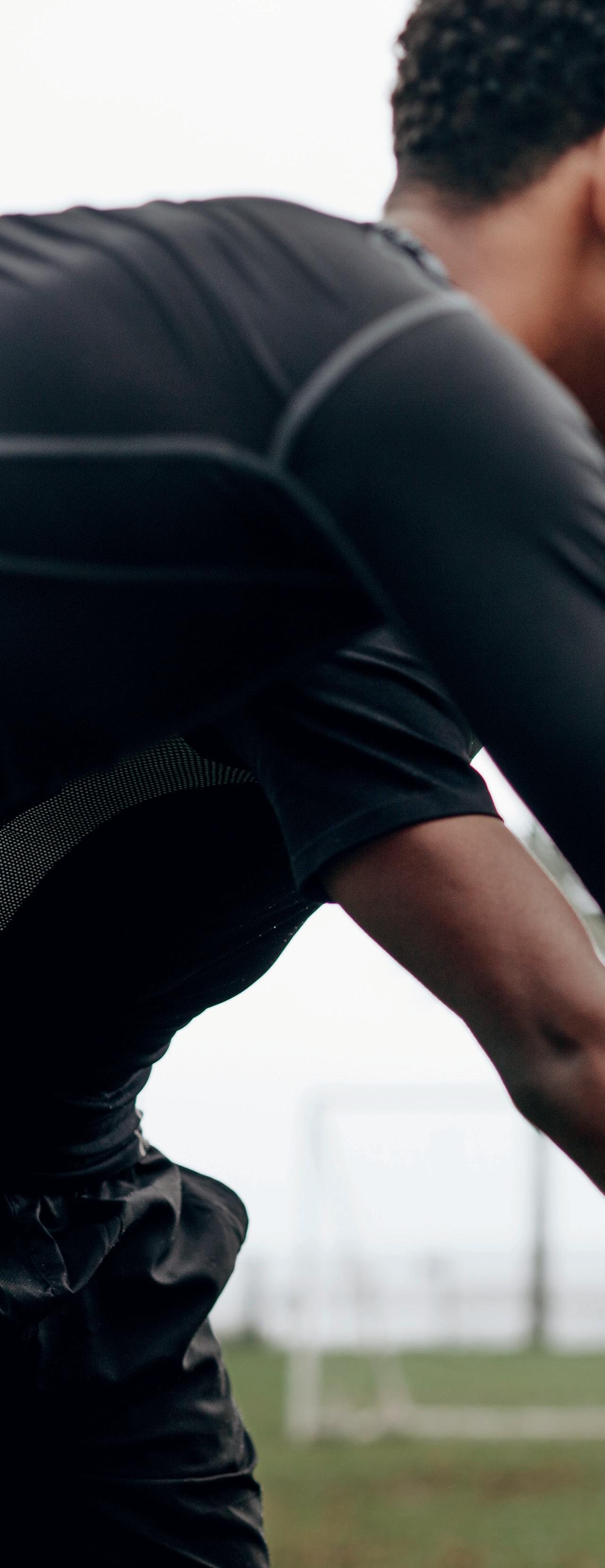
Smaller teams can use blockchain to their advantage, enabling them to create unique experiences for fans that are closer to those of large teams in terms of delivery.
For example, blockchain-based non-fungible tokens (NFTs) – digital collectables that cannot be replicated, forged or destroyed – can be utilised to generate revenue for smaller teams that often struggle to achieve the same level of advertising revenue or the high ticket sales that larger teams are accustomed to.
NFTs open up a new and accessible revenue stream that small teams can leverage, enabling them to offer fans digital trading cards, or take this further by creating personalised NFTs that also reward them – for example, by selling NFTs of players’ trading cards and then offering a personalised message from specific players upon purchase.
This not only engages fans but brings in new revenue streams, so by using blockchain technology, small teams can make themselves more attractive to sponsors and grow a bigger and more engaged fanbase.
Clubs have also been exploring the benefits of fan tokens. These digital tokens – created using blockchain – can act as a club’s own virtual currency, which fans can purchase with
For small sports teams looking to compete with giants, blockchain can be a secret weapon explains Lars Rensing, CEO of Protokol
By using blockchain technology, small sports teams can make themselves more attractive to sponsors and grow a bigger fanbase
Fan tokens can act as a club’s own virtual currency
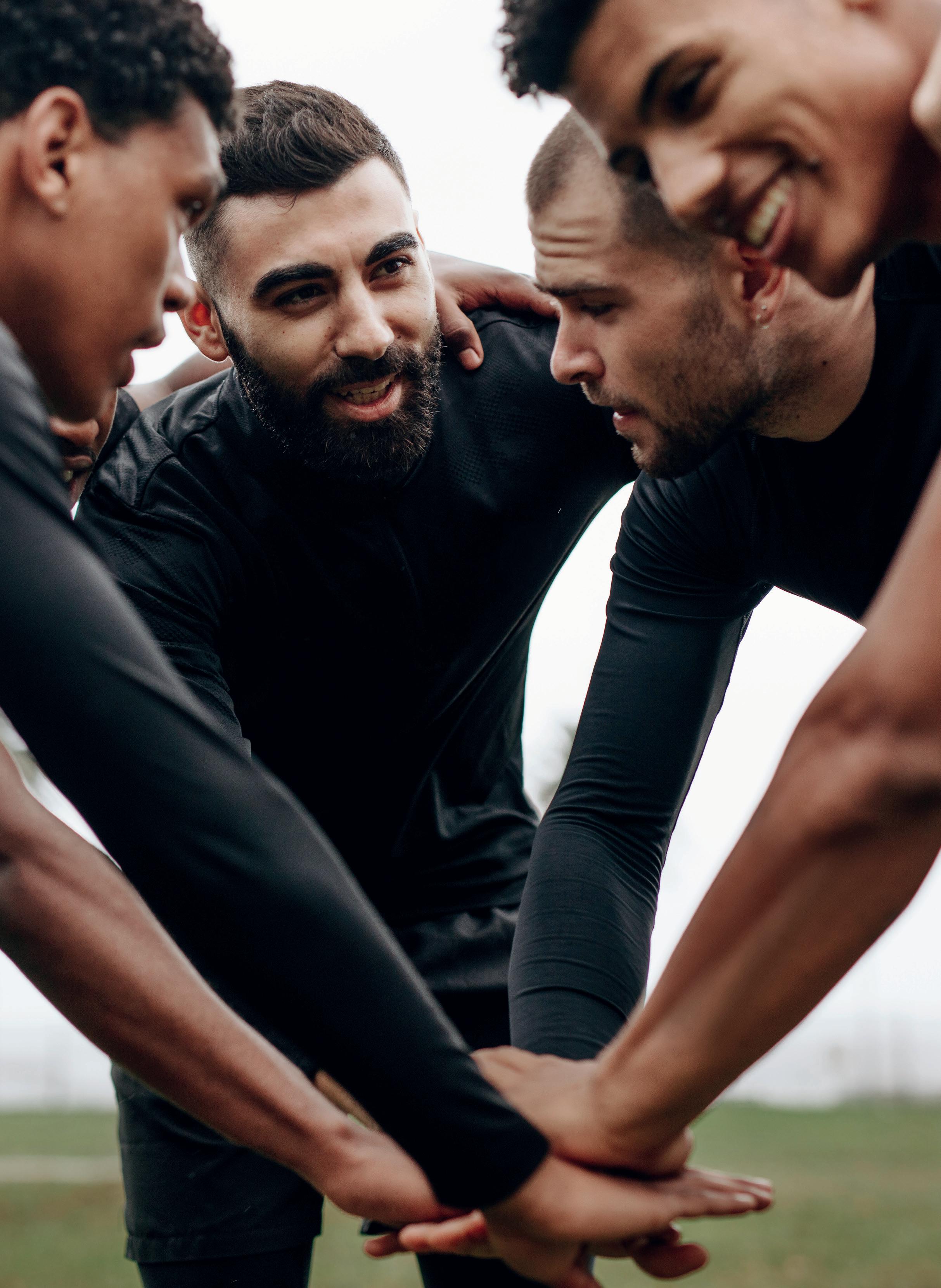
fiat currencies, such as US Dollars, Euros and Sterling. This makes them a viable and useful revenue stream for teams. Once purchased, fans can exchange fan tokens for merchandise, collectables or exclusive experiences.
The data relating to ownership and transactions using fan tokens is automatically stored in a secure, digital ledger, allowing teams to access in-depth fan interaction data, which can be seamlessly and securely shared with sponsors and business partners. In this way, blockchain enables smaller sports teams to appeal to potential and existing sponsors, by demonstrating a much clearer return on investment.
For larger clubs, such as FC Barcelona, fan tokens act as a tool to monetise their global fanbase. However, for a smaller team, the customisation of these tokens can be taken further, offering fans the ability to use them to unlock discounts on merchandise, access unique experiences, or participate in fanled decisions through a voting platform.
Cypriot team, Apollon FC, has also explored several voting options, from giving fan token holders the right to choose the team’s kit, to choosing the starting eleven for a friendly match.
Blockchain’s uses for small teams don’t stop there, though. In the same way that blockchain can facilitate tokens and collectables to drive fan engagement, it can also be used to facilitate engagement platforms for fans. On these fan engagement platforms, fans can be rewarded for certain things, such as creating and sharing content, or through blockchainenabled loyalty programmes that allow them to accumulate points or rewards to spend on merchandise, tickets and digital collectables. Not only do these platforms help foster a sense of community, creating a more connected fanbase, they can also enhance a club’s relationship with sponsors and because blockchain is transparent by design, business partners or other stakeholders can be given access to the information stored on it.


The benefits of this transparency can be felt by all parties. For teams, it gives the ability to share real-time, verifiable fan interaction data with sponsors, which is valuable for long-term financial success. For sponsors, it means the availability of verified engagement metrics that let them see
Fans can use tokens to unlock discounts on merchandise, access unique experiences, or participate in fan-led decisions through a voting platformClubs can use blockchain to create unique experiences for fans
where their advertising spend is going and the kind of return it’s generating. Finally, for fans, it means transactions are visible when it comes to being awarded (or spending) loyalty points.
Because the information is decentralised by being stored on a secure blockchain network, rather than a centralised server, there’s no single point of failure, making the data secure and almost impossible to corrupt.
Blockchain, then, can provide reassurance in relation to the validity of the metrics and insights gathered from fan interactions, helping sponsors generate a better ROI. The risk for sponsors is reduced, meaning they’re more likely to invest in smaller teams that don’t have the same authority in the space or established reputations as their larger counterparts.
As blockchain technology continues to mature and smaller sports teams find more varied and innovative ways to adopt it, we’ll see the playing field becoming more level and smaller teams tapping into new revenue streams, expanding their loyal fanbase and facilitating more lucrative sponsorship deals. ● More: www.protokol.com

A decentralised digital ledger that offers a transparent, secure method of recording transactions. Transactions are cryptographically encrypted and distributed across the entire network of computer systems on the blockchain. This wide network means that the blockchain is almost impossible to hack, as there is no single point of failure. Blockchains can also be set up so only certain individuals can be given access to specific information stored in the blockchain.
Non-fungible means the tokens are unique. For example, a pound coin is fungible, as one pound coin is the same as another and interchangeable for other pound coins. They are also easily replicated or replaced, but a one-ofa-kind digital collectable is non-fungible, this means it is unique and not interchangeable for other collectables. Unlike physical collectables, NFTs cannot be replicated or forged, as the asset is visible on the blockchain.
Rees saw a gap in the market after researching programmes for her grandmother

I studied chemical and biological engineering, and I started my career working in energy and transportation, working with community leaders, entrepreneurs and researchers to develop more renewable and resilient energy systems.
I’m also a trained dancer and yoga instructor, and movement and exercise have always been an important part of my life. Before starting Bold, I was teaching group spin classes at a local studio and weekend chair yoga classes at senior living communities.
I lived with and cared for my grandmother for eight years and during this time she began struggling with her balance and had some scary falls while I was at work. When I started to research ‘how to prevent falls’, I found an incredible amount of research showing how balance and strength training can prevent most falls.
Hari Arul, my partner and Bold’s co-founder, had been living with us, and was helping support my grandmother’s health as well. Together, we
looked for ways to get her an online programme, and then realised there really weren’t any options because nobody was building digital health and wellness programmes focused on older adults.
We realised there were millions of people looking for ways to stay healthy as they age, but putting together a personalised exercise and wellness plan could be overwhelming, time consuming or expensive.
Together, we got excited about the huge opportunity to build modern products that could make it easier for people to improve their health as they age, and we decided to start Bold as a company dedicated to that mission. Balance and strength training for fall prevention was a great place to start!
We raised a small amount of money to develop the programme content and we hired a team to build out the software platform. We launched Bold at the start of 2020, which was crazy timing since gyms and senior centres shut down a few months later because of COVID-19. Most people were desperately seeking ways to stay
With most digital fitness aimed at younger audiences, Amanda Rees saw a gap in the market for Bold – digital strength and balance training to decrease the risk of falls in older people

active at home during the pandemic as a way to protect their mental and physical health.
We ended up raising US$7m in venture capital from some incredible investors, including Andreessen Horowitz, Khosla Ventures, Primetime Partners, and GingerBread Capital.
Bold’s Balance and Strength for Fall Prevention programme was based on evidencebased programmes that had a variety of focus areas, such as lower body strength, balance training, and tai chi movements.
In creating Bold’s programme, we combined the most potent elements from these interventions, and worked with kinesiologists to design our own 12 week programme.
Then we developed a way to match a person with the most appropriate programme based on their current preferences and abilities. For example, if someone is interested in short exercise sessions and prefers to be seated, they receive a whole different class series from someone who’s comfortable standing and moving for longer periods of time.
All Bold’s classes were designed to be easy to follow and accessible at home, and each is guided by expert instructors who have extensive experience working with older adults.
We spent a year testing and measuring the impact of Bold’s fall prevention programme through our own research, which we conducted with our medical advisor, Dr Randall Stafford, a professor at Stanford’s School of Medicine and the director of the Programme on Prevention Outcomes and Practices.
What does the programme include?
Bold’s Balance and Strength programme combines on-demand exercise classes guided by fitness experts with educational content and personalised motivation and support from Bold’s team via phone, text and email.
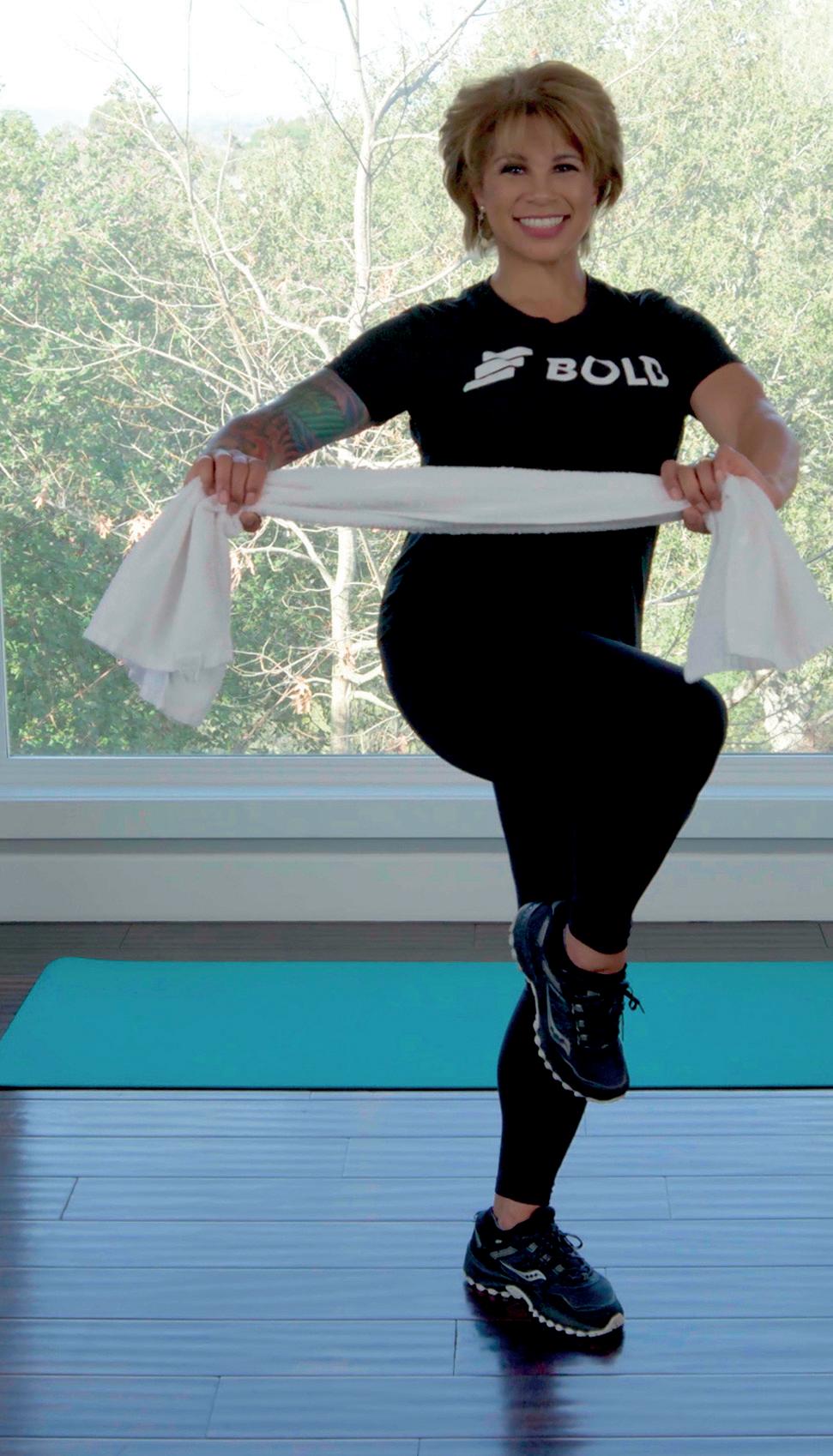
The Bold journey begins with a short assessment that evaluates current exercise habits and fall risk factors. Based on the results, people will receive a personalised programme of weekly exercise classes and educational content designed to improve their strength and balance. Bold’s team also connects with members to provide accountability and inspiration.
The balance and strength programming combines functional lower body strength exercises with a variety of tai chi inspired movements and basic stretches.
As Bold has grown, we’ve added programmes beyond our focus on fall prevention, and now members can access guided cardio, upper body strength, pilates, yoga and meditation classes.
We ended up raising US$7m in venture capital from incredible investors, including Andreessen Horowitz, Khosla Ventures, Primetime Partners, and GingerBread CapitalThe Bold programme combines strength, balance and tai chi exercises IMAGE:BOLD
Our entire programme development process begins with reviewing existing research and science to ensure we’re providing Bold members with evidence-based exercises to help them achieve their healthy aging goals, such as improving their balance. Bold also uses data science and research to help personalise members’ programmes and adapt to their progress and needs over time.
We release new classes and programmes every month. Our most recent series of classes focuses on addressing pain and function for knee osteoarthritis.
Bold has classes for people of any fitness level – we have short, seated exercise classes that don’t require any props and we also offer higher intensity cardio and strength classes similar to those you’d find at your local studio.
Bold specialises in helping members who don’t currently have a regular habit of exercising by helping them find the right place to get started and incorporate more movement into their lives.
Designing digital products that are accessible is super important, not just for a particular age group, but to ensure it’s easy to use for anybody. In addition to thoughtful design and frequent testing with members, we have amazing member experience associates who help address any technical challenges via phone, email and text.
We have tens of thousands of members, mostly older adults, in every state across the US and internationally.
It’s become clear we must build digital products to meet the needs of older adults
The programme provides different classes for different ability levels
and that drive growth for Bold – through individual members joining our community and healthcare organisations taking a closer look at how they can better support their members by partnering with companies like ours.
Yes! We did a research study last year with our medical advisor, Dr Randall Stafford, director of prevention and outcomes at Stanford University School of Medicine, to measure how Bold prevents falls amongst older adults who have a higher than average risk of falling. Our results showed a greater than 60 per cent reduction in falls for individuals who actively participated in Bold’s programme.
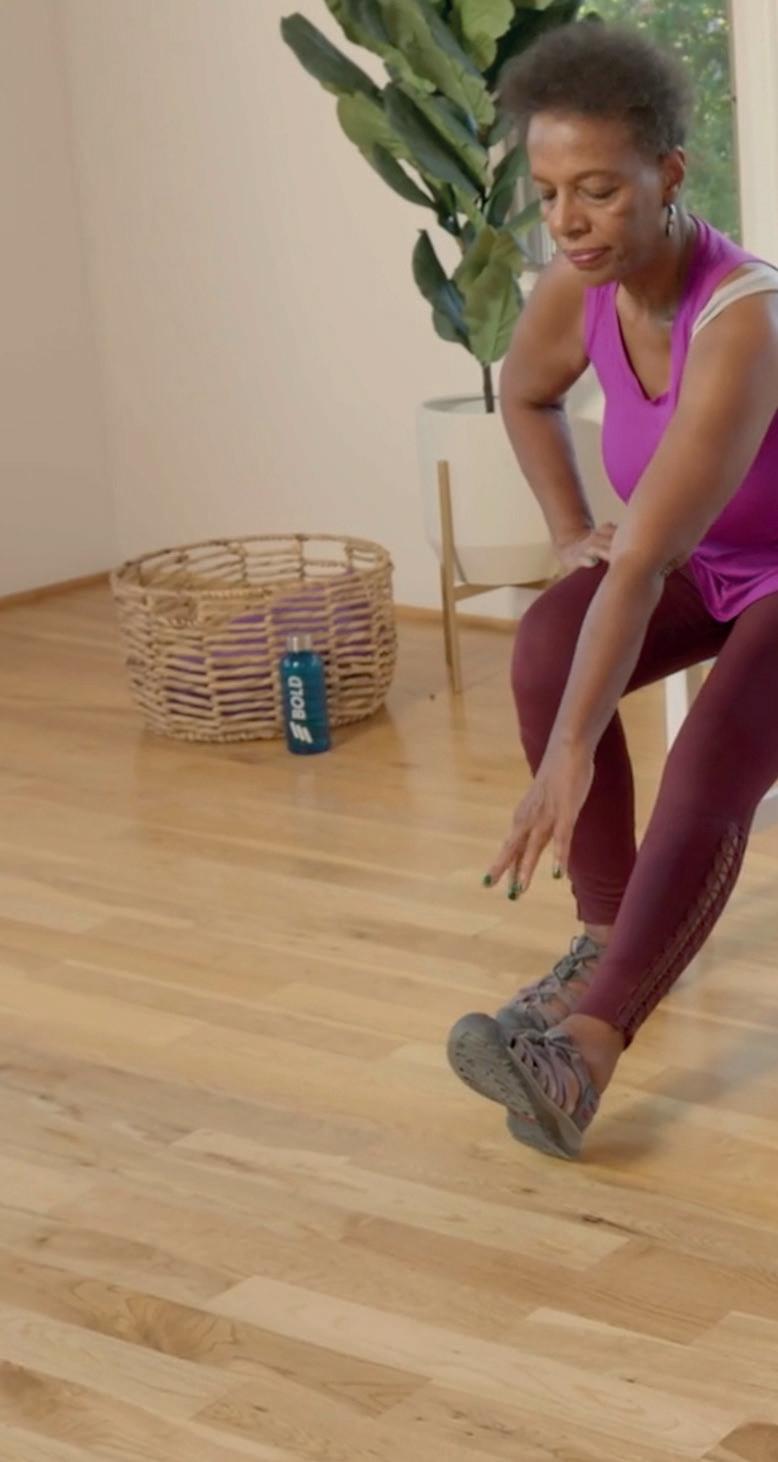
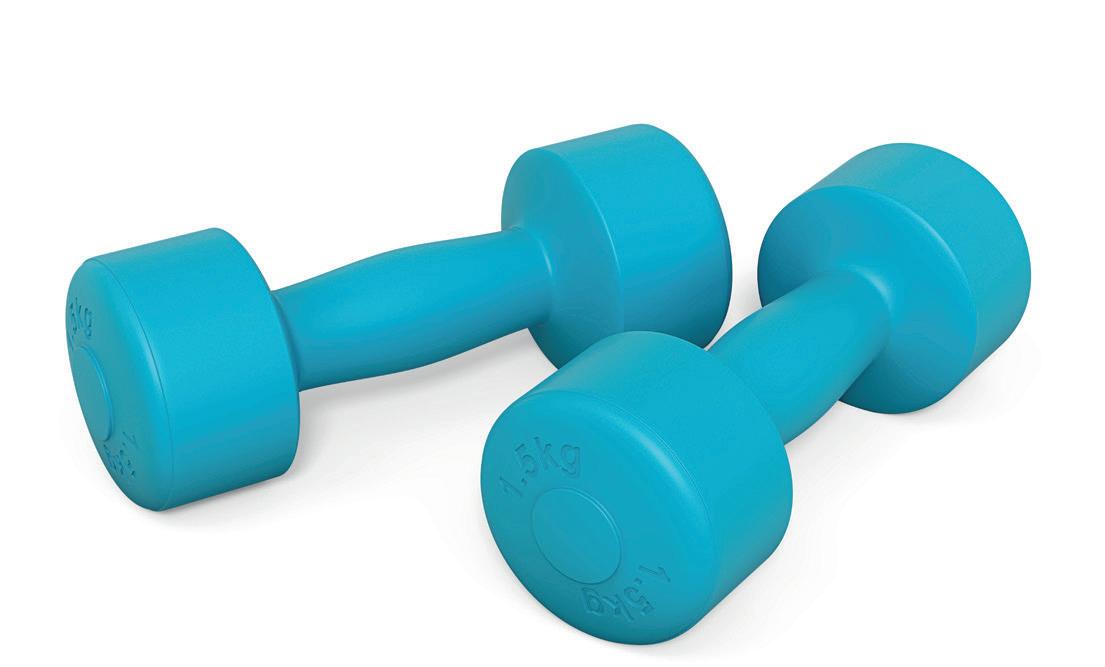
We’re excited to continue growing our partnerships with innovative insurance plans and healthcare providers so we can increase our impact and help more people age well. We’re working to expand the types of programmes we can bring to our members that go beyond strength and balance and can make it easier to understand and improve how we’re aging. ●

Our results showed a greater than 60 per cent reduction in falls for individuals who actively participated in Bold’s programme”
Sency develops computer vision-based products that empower people worldwide to fulfill their physical goals in the wellness and fitness domains.

Our core technology is based on a realtime motion analysis platform on any mobile device, analysing human movement using deep learning and human pose estimation.
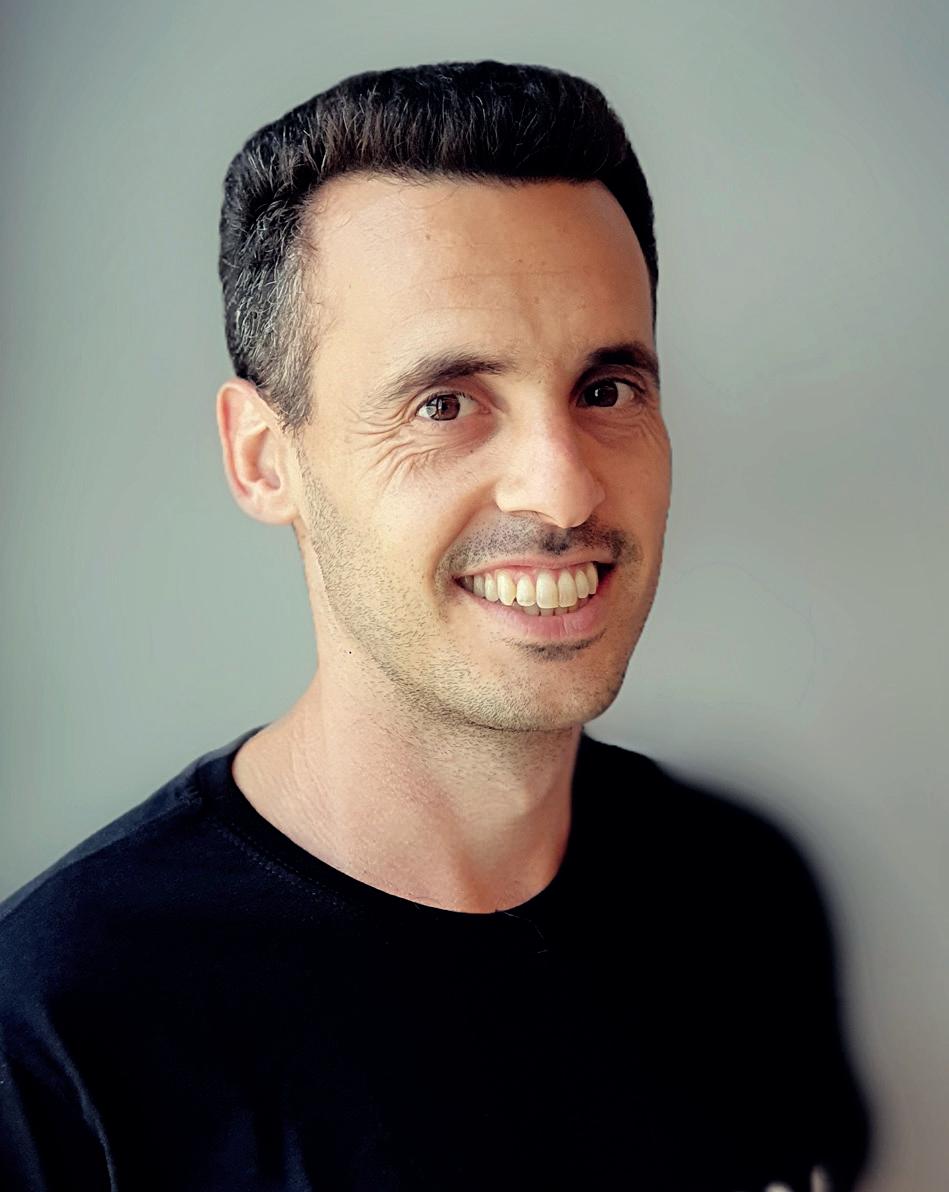
Sency was founded in 2019 by Neta Osman (CPO), Ofer Goldstein (CTO), and myself, after serving together for many years as officers in an elite military unit. Early in 2021 we joined Adam Grinker (CBO), who brings vast experience in the fit-tech domain.
As all of us are passionate about fitness and physical wellbeing, we decided to harness our skills and create products that will help people achieve their physical goals.
Since we founded Sency, we’ve raised a US$2.4m seed funding round, built a
team, developed exclusive technology and launched our first mobile app, which already serves over 350,000 users and counting.
FitV uses the user’s mobile device camera to capture, track, analyse and improve the body's movement health with an AI-based personalised plan.
Our target audience is people who sit for most of the day, with a lack of time to participate in physical activity, along with people who suffer from different body pains.
According to experts and studies, lots of sitting without any physical activity dramatically increases the chances of heart disease, cancer, arthritis, obesity, accelerated aging, muscular tightness and postural issues, just to name a few.
We use our technology to improve movement health in a gamified and personalised way.
We call it the “See-know-guide” process. During
Sency’s motion analysis technology is allowing users to check their technique as they exercise. Co-founder and CEO Gal Rotman explains how
the ‘see’ stage, FitV sees the user through their mobile camera, then during the ‘know’ phase, FitV scans and evaluates the user’s movement health status, then comes the ‘guide’ stage, when our algorithms provide a personalised plan, based on our in-app activities.
The user can track and treat their specific pains and movement issues. All they need is 10 minutes a day.
Is the app designed to be used at the gym or at home?
FitV requires only a mobile device with a front camera and an internet connection, and can be used in any location.
Are you concerned people may be deterred due to it being difficult to follow exercises on their phone's small screen?
We’re aware of this challenge, and believe the solution lies in both a superior experience, together with great value.
With that being said, in the near future the user will be able to connect the phone to any monitor and use the phone just as a smart camera.
Tell us about WODProof
WODProof is a community-driven mobile app for athletes looking to record workouts, analyse their training, and compete with other athletes all over the world.
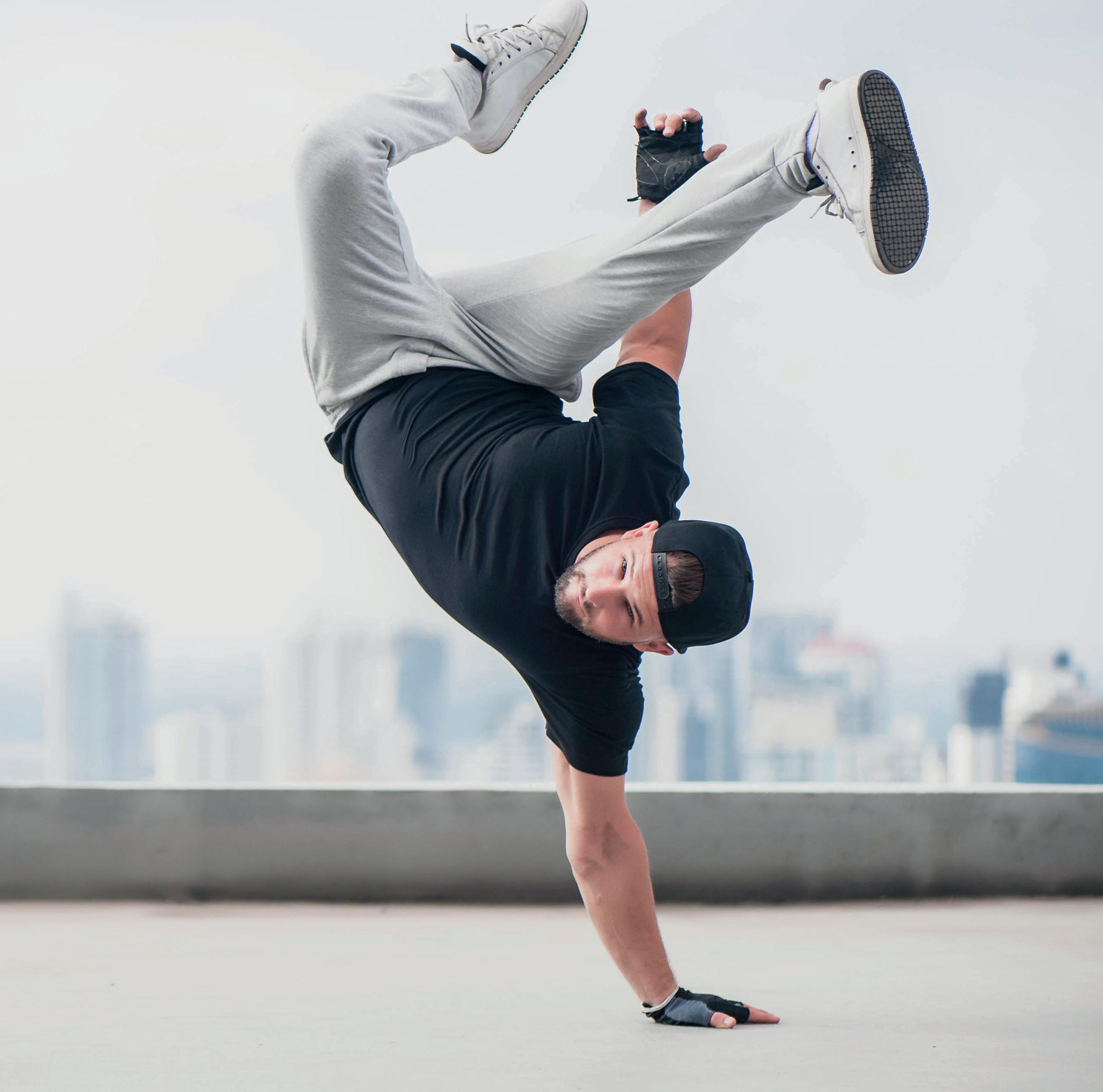
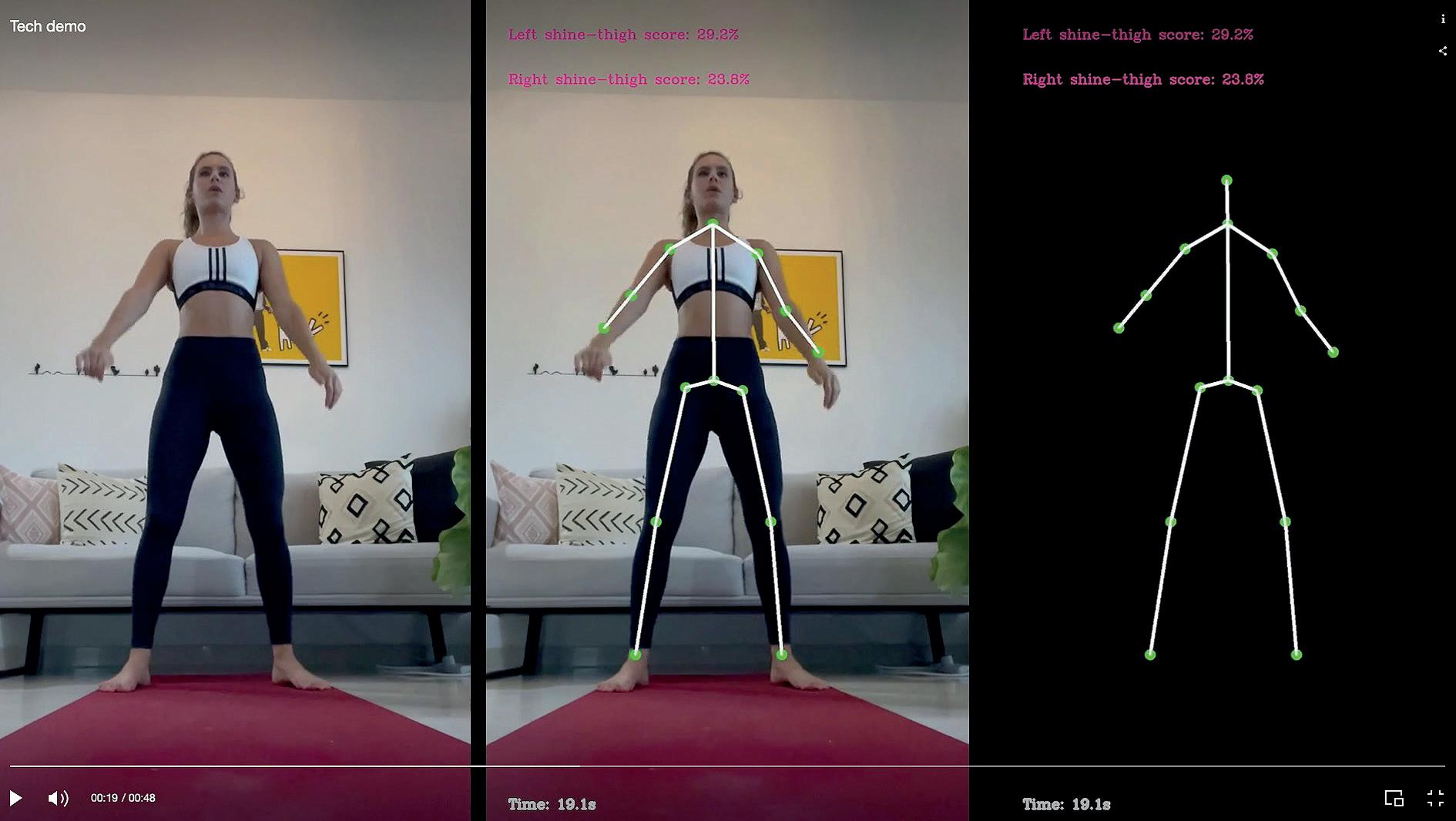
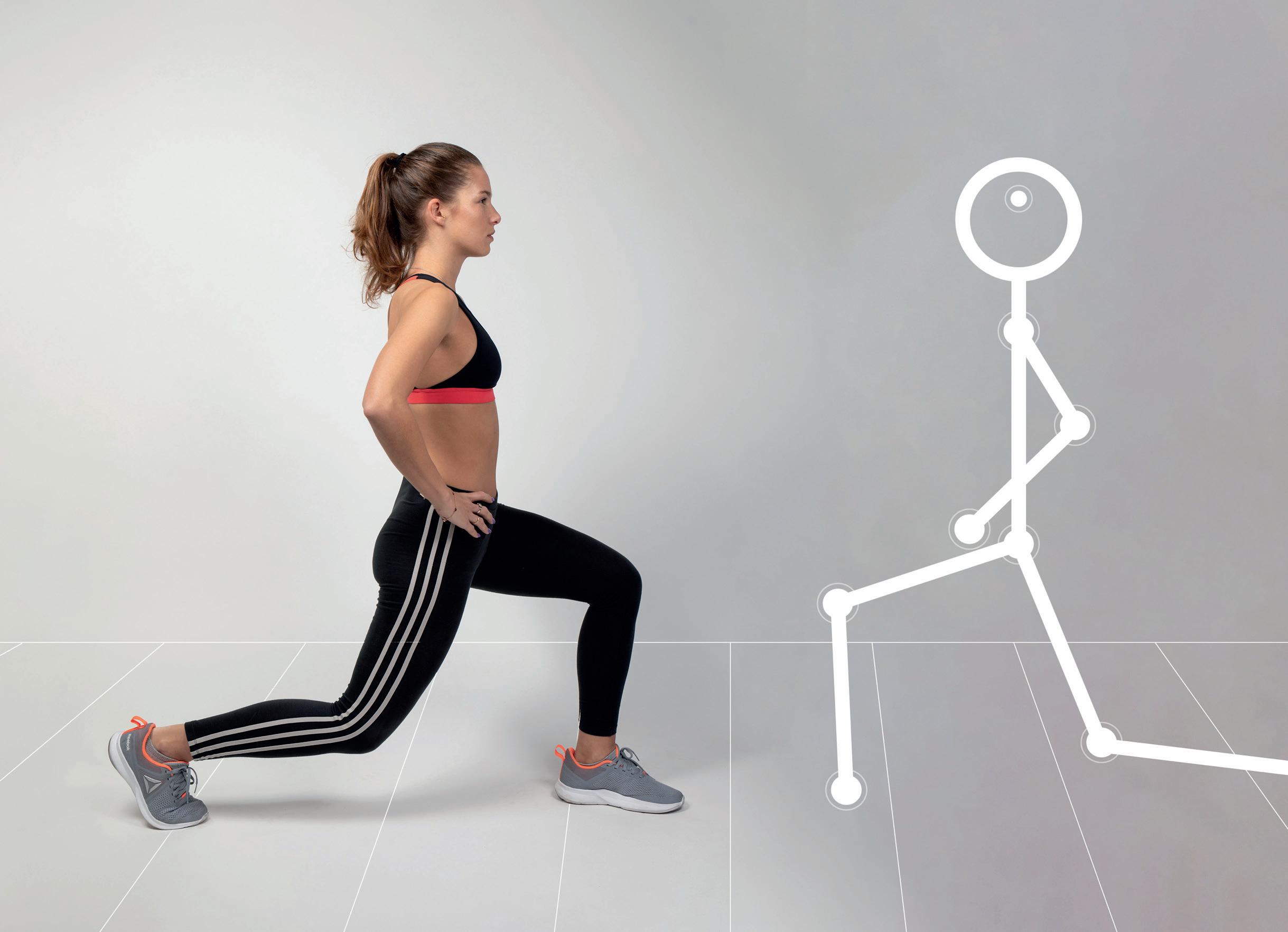
The platform combines social elements with dedicated technology features and professional content-based programmes. Our core audience is mid to pro athletes in the CrossFit and rowing domains. These days our R&D team is working on new features to be implemented in the next version, which will help us expand our USP for new audiences.
WODProof enables gym owners and brands to increase their community's engagement and motivation by sharing fitness challenges in their own closed virtual communities. This mutual commitment from both sides – community members and managers –increases engagement and drives people to share more of their fitness journey, while maximising every effort, as they know someone is going to review their performance.
WODProof community members record video and time their performance for later video review and analysis.
In addition, WODProof enables integrations to top fitness hardware and smart devices, such as WHOOP, Polar and other heart rate monitors. The user then receives accurate, real-time data feed into their recorded video stream.
Real-time video, along with user data, shows how the user's technique affects their heart rate and performance during a workout. Currently, we’re in the final stages of a new and exciting feature implementation, which will provide the WODProof
users a whole new experience and capabilities based on our real-time motion analysis platform.
WODProof’s main focus is community, as this allows us to find a sense of belonging. It’s what supports us through some difficult moments and reminds us of something essential: we’re all in this together.
It becomes even more important when approaching the CrossFit domain, where competitive skills and mental strength are highly required. Our users can inspire others and get inspired inside our ecosystem.
We believe the market potential is huge, and our core technology will enable us to expand into various domains, as we offer a democratisation of complex technologies for the personal use of human beings all around the world.
How important do you think technology is for fitness?
COVID-19 drove the fitness industry online – a phenomenon with broad implications for the sector. The massive digitisation process we’re seeing will change the industry forever.
Personalisation is a prime driver of a brand’s success in the fitness domain. We’re entering the era of the hyperconnected consumer and believe that delivering personalised, two-way experiences will be the new standard. ●
More: www.sency.ai

We’re entering the era of the hyperconnected consumer and delivering personalised, two-way experiences will be the new standard
I received law and finance degrees from the University of Otago, New Zealand and started my career in the consulting team at PricewaterhouseCoopers in New Zealand.
In 2014, I moved to London and worked in private equity and venture capital before completing an MBA at the Judge Business School at the University of Cambridge, where I met my FitXR co-founder Sameer Baroova.


On meeting, Sameer and I quickly discovered we shared a passion for wanting to leverage the power of VR/AR to change how people exercised and, in the process, transform a few lives for the better. We believed the next computing platform after the smartphone was going to be a mixed reality headset, and that this would change how people worked out at home, in the gym and outdoors.
I’ve always been consumed by fitness, specifically the team sport model, because when you’re playing team sport, it doesn’t feel like exercise and you achieve a flow state. I wanted to bring that same feeling to traditional exercise so people would forget they were exercising because they were having fun.
FitXR was born in a garden shed in Woking, England in October 2016. From the beginning we were intent on delivering a holistic and varied fitness experience.
FitXR has built one of the world’s first virtual fitness clubs, merging immersive VR with unparalleled total body workouts designed by top fitness experts. FitXR provides a truly engaging, multiplayer experience with constantly refreshed content, studios, classes and music. To quote one of our members, “it's the best thing to happen to exercise since exercise".
It’s all about making fitness fun and accessible to everyone. The main problem
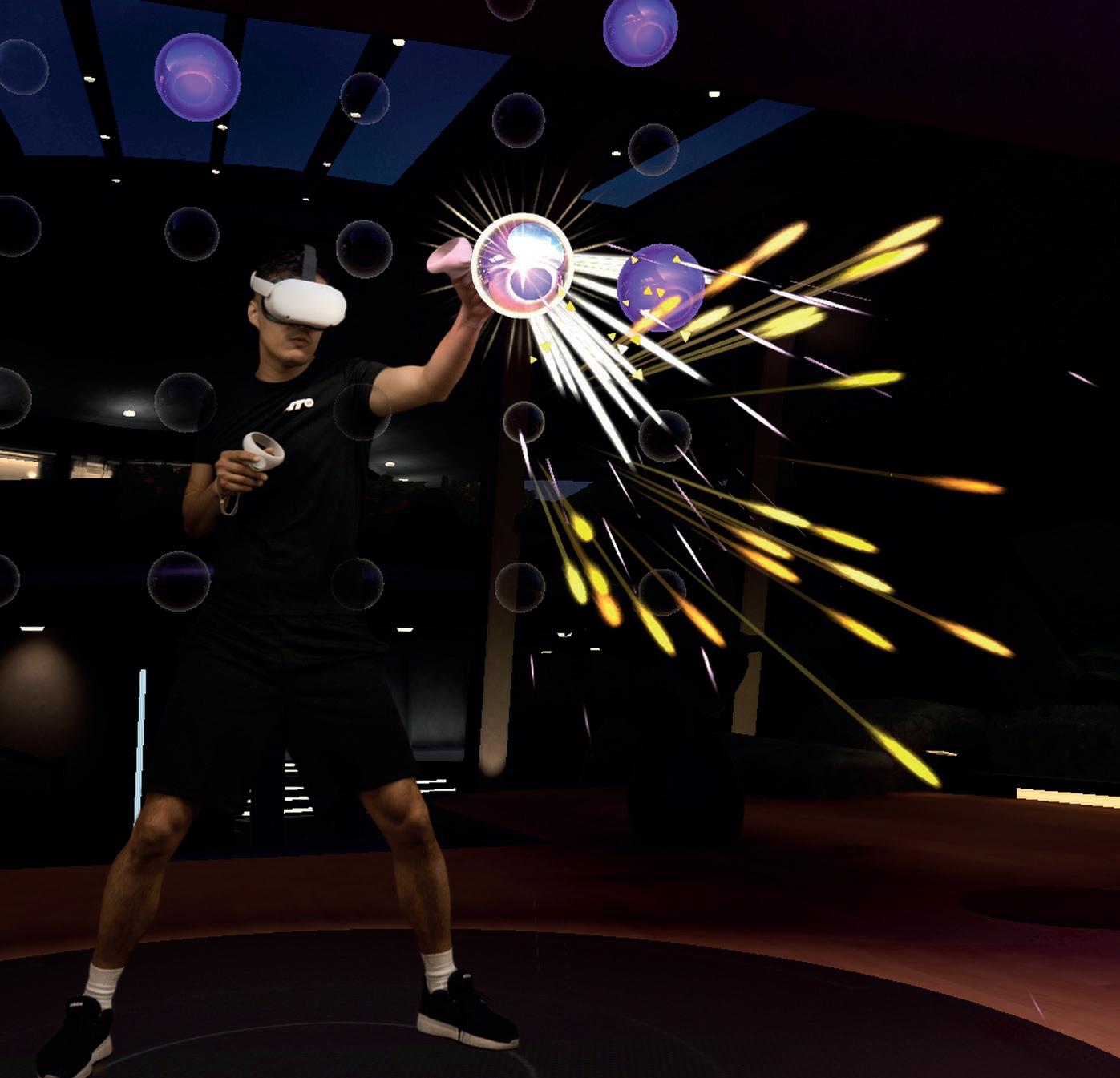
FitXR is the best thing to happen to exercise since exerciseFitXR launched into the VR fitness market in 2017 PHOTO: FITXR
with the traditional gym is that the wrong people are going to it – it’s those who already have a background in exercise and sport, who continue to train throughout their lives. These people enjoy the gym experience, or at least the physical and aesthetic benefits it provides. But this is not the case for the increasingly inactive and obese population who are put off by the traditional gym experience.
We believe VR fitness can help bridge this gap and that the way to appeal to a wider range of people than just those who are in shape, is to make exercise feel more like play.
When you're a kid running around outside you don’t think of what you’re doing as exercise. If adults felt that same joy when they were working out, more would form consistent habits. This is the essence of FitXR.
Following much prototyping, FitXR originally launched as BoxVR in June 2017. BoxVR migrated to FitXR in 2020 when we introduced our Dance studio. And in May of 2021, we released our latest studio, HIIT.
FitXR membership is available on the Oculus Quest for US$9.99 a month.
The FitXR model currently offers three workout types: Box, Dance and HIIT
The home fitness category is crowded with everything from free videos to subscription platforms to premium hardware. Most brands do their best to offer a surrogate for a gym experience or exercise class, but can’t deliver the experience of real group training in the same space, at the same time.
FitXR transforms home fitness into something more. With the integration of connected gaming technology and group fitness conventions, FitXR delivers an unparalleled VR fitness experience which is accessible by anyone, from anywhere.
We believe in a future where exercise happens everywhere – whether that’s the gym, the park, or at home – and is enhanced through engaging technology that extends your reality.
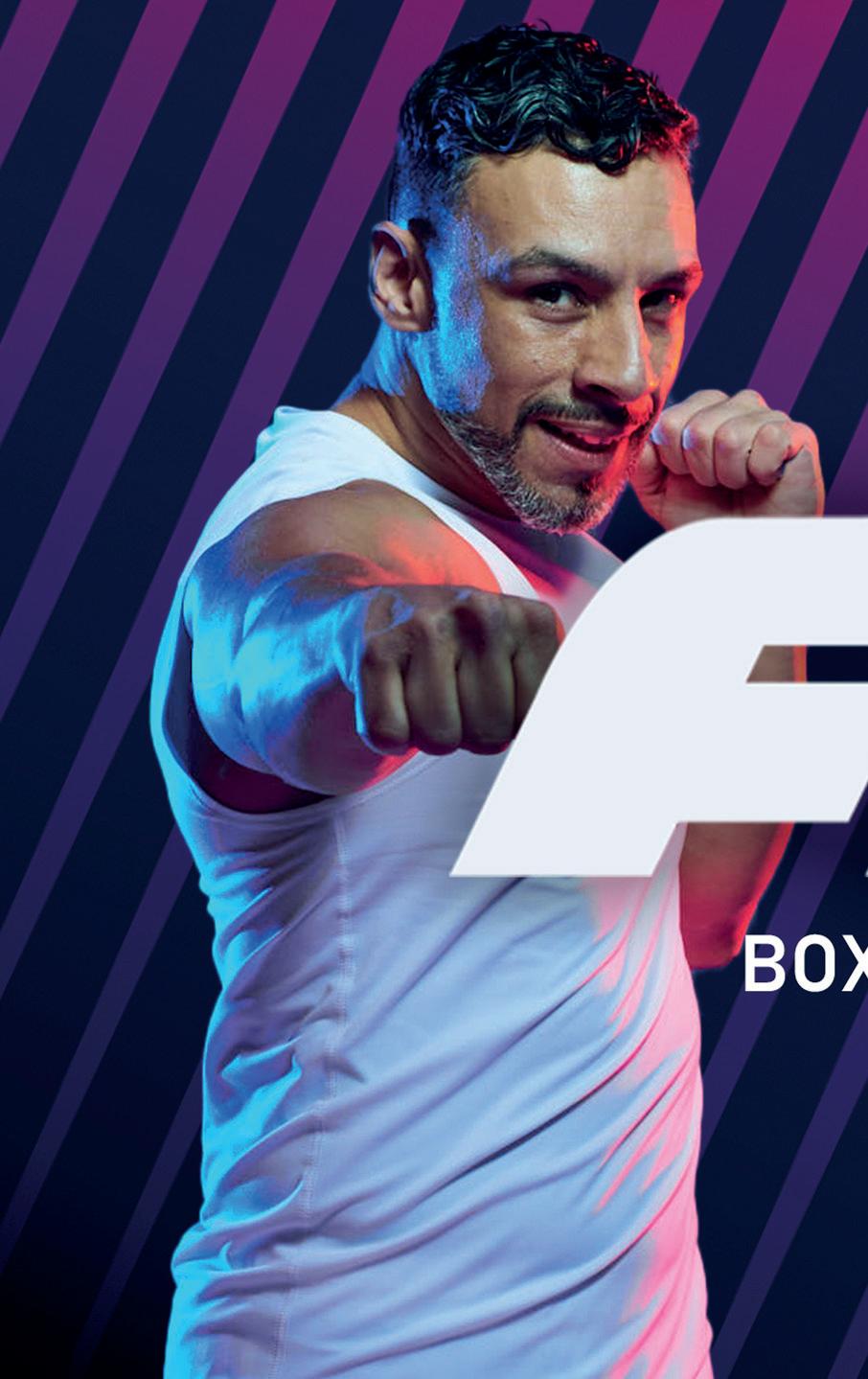
We believe in a future where exercise happens everywhere – whether the gym or at home – and is enhanced by technology that extends your reality
When we were developing FitXR, we tried various fitness verticals, such as boxing, spinning and rowing. Taking a cue from group fitness classes, we were inspired by the power that comes from exercising together and wanted to bring this to our virtual fitness club.
Boxing rose to the top based on its functionality. But, we knew we had to offer more, so we introduced our dance studio in 2020 to give people more variety.
Our latest studio – HIIT – is a whole new take on home workouts. The studio features highly competitive classes within a virtual fitness space. An interactive cardio wall is inspired by a fitness device used to help train F1 drivers for better reaction timing. The HIIT
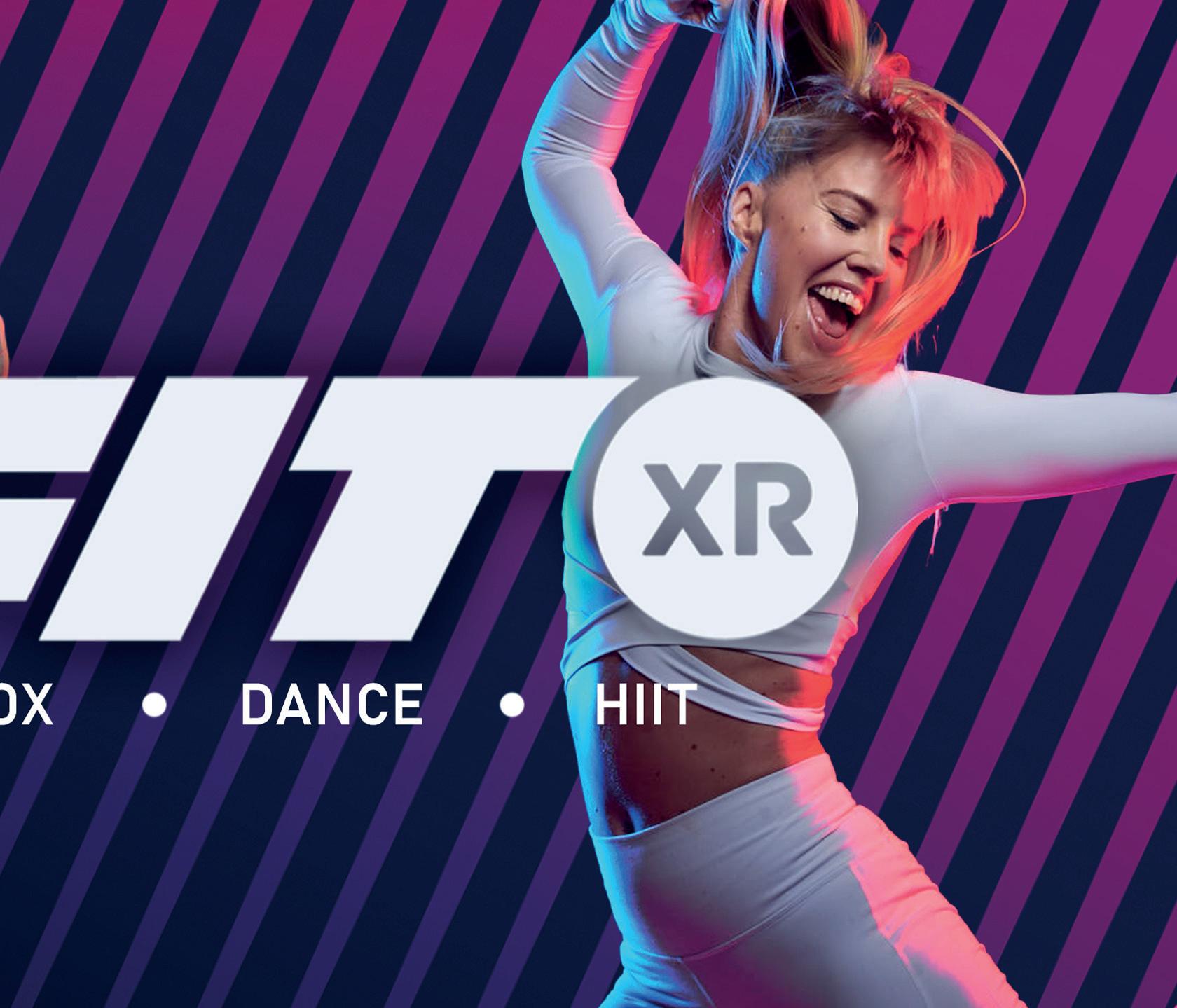
studio delivers more variety to FitXR users for a well-rounded workout experience.
In the same way that a traditional HIIT class involves short bursts of intense activity to get your heart pumping, the HIIT Studio tests your agility, endurance and reaction speed through a series of fast-paced cues that you smash as they become illuminated around you – at speed – within the game space. Think whack-a-mole, but on a totally different level: way more engaging, challenging and fun.
Boasting a mix of instructor-led exercises and reaction-based fitness games, we believe the HIIT Studio is like no other VR experience on the market. Built from the ground up, based on sports science, it takes inspiration from professional athlete reaction training equipment, yet caters to all abilities and fitness levels. The
The VR HIIT Studio is pushing boundaries, as it doesn’t rely on the beat of music – users drive how aggressively they push themselves Box:
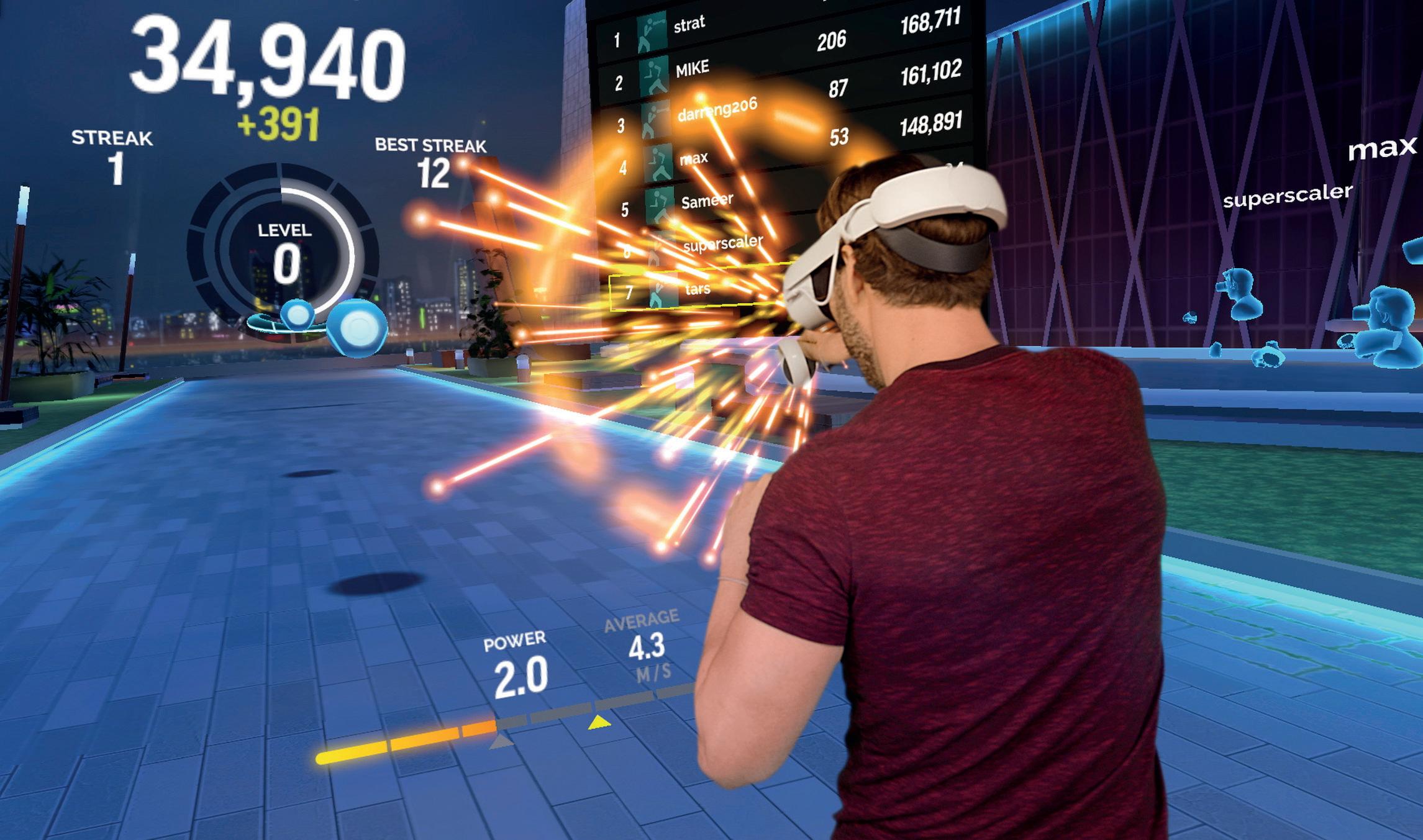
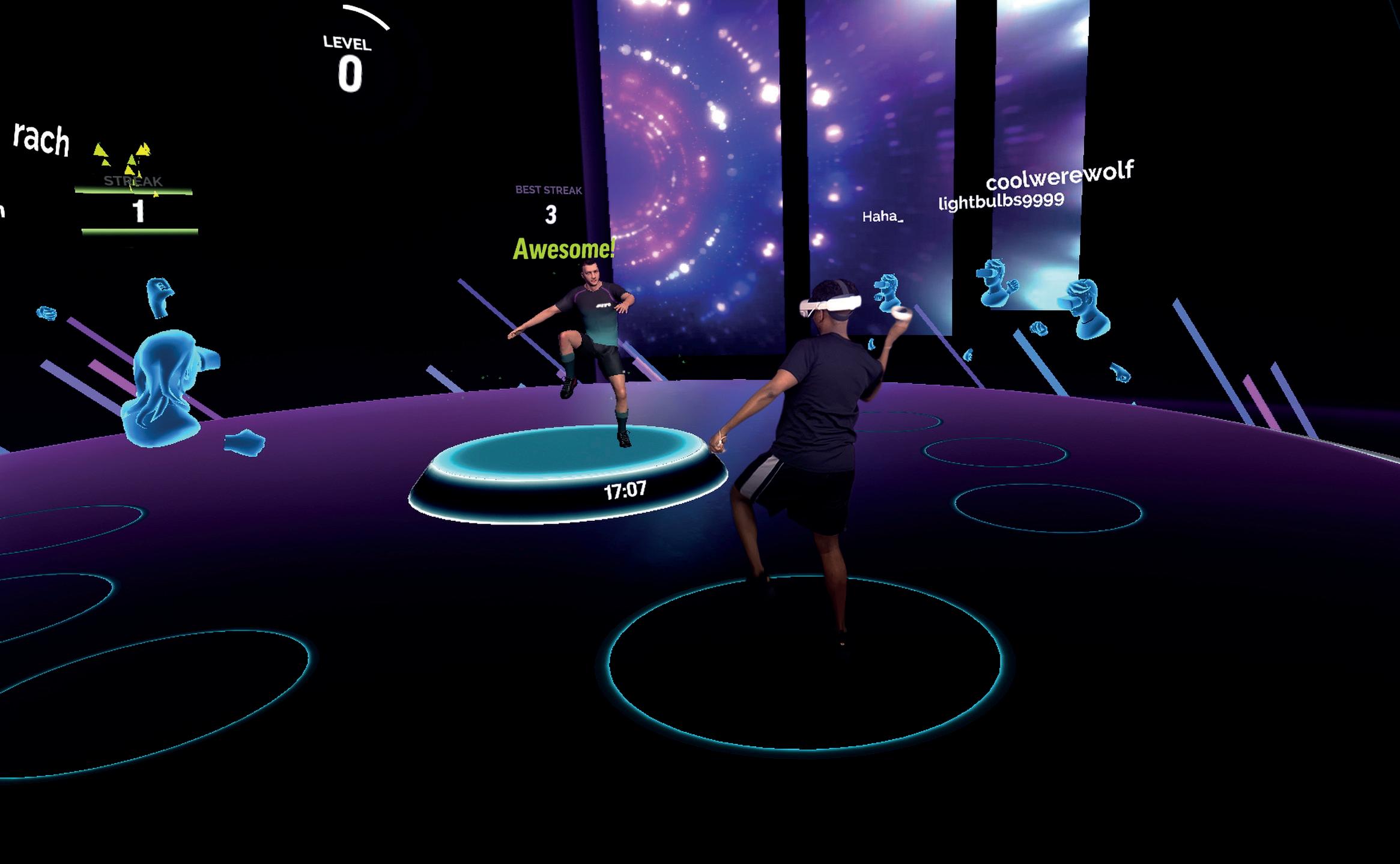 Dance: The Dance option was added to the system in 2020
Dance: The Dance option was added to the system in 2020
HIIT Studio is the most competitive of the FitXR studios, in both multiplayer and solo mode.
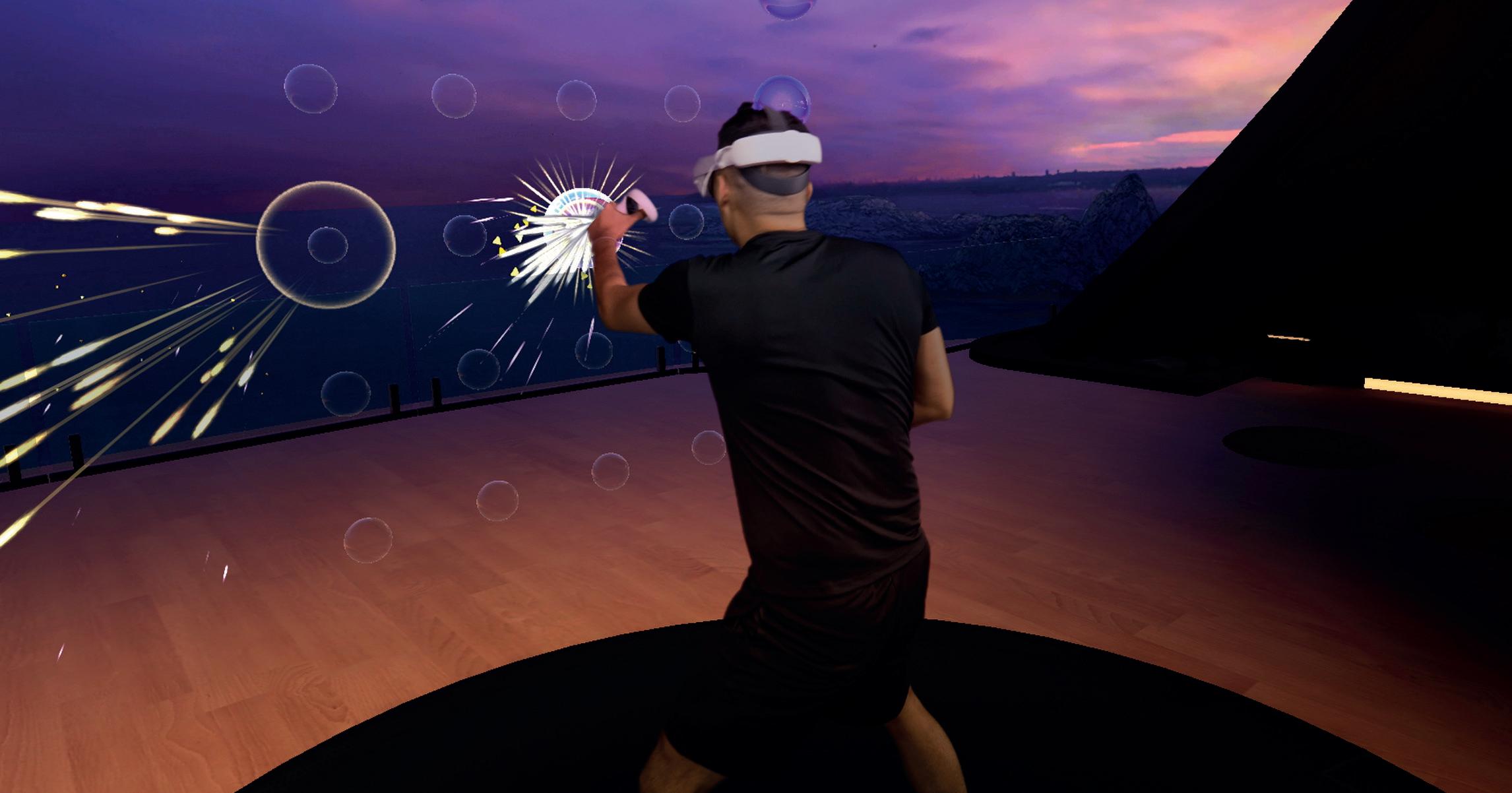
The HIIT Studio is pushing boundaries, as it doesn’t rely on the beat of music – the user drives how aggressively they push themselves. And while rhythmic based fitness classes worked well at the start, the move to HIIT workouts signals a true coming-of-age moment for VR fitness. This is the start of the next phase of what’s possible in VR fitness and what FitXR plans to continuously deliver against as the technology evolves.
We’ve developed a level system that gives a score out of 10 for every class completed. We also record stats that are relevant to each studio, such as average punch velocity for Box and average reaction speed for HIIT. These are all presented to you when you finish a class and it lets you know if you beat your personal best.
Players often share screenshots of their results on social media as a badge of honor and have even come up with hashtags that call out specific achievements. For example, #goldbar for achieving a personal best and #fullstreak for reaching a 100 per cent streak, which is very difficult to do!
All in all, the gaming element ramps up the fun, encouraging members to come back for more.
Our multiplayer feature allows up to seven members to work out together, live. Members can now also chat with one another before, during and after class and can see the other members with whom they’re working out during class.
We listen intently to our community and constantly evolve FitXR based on their feedback. Multiplayer was one of the most requested new features.
There’s a new class offered each day, designed and choreographed by a team of professional fitness instructors. We’re also constantly updating our environments, giving our members the option to choose the setting they most like to work out.
We’re also delivering new and exciting music for our members to enjoy while working out. We recently announced we’re partnering with major and indie labels to provide a constant stream of new tracks to power our members’ workouts. Our classes now feature music by well-known artists such as Calvin Harris, Tiësto and David Guetta.
VR fitness benefited from COVID-19 lockdowns, as people were forced to find alternatives to the gym. There was a definite uptick in users during this period. However, I believe the VR fitness trend will continue to grow. There are many people who are intimidated at the thought of walking into a gym and VR fitness allows them to work out in the comfort and privacy of their own homes.
We also hear from our more active members that they like to use FitXR as one part of their fitness routines. And with the technology continuing to evolve, the space is ripe for extended growth.
Yes, we see the benefit of integrating VR fitness into the traditional health club setting and we would be open to collaborations. ● More: www.fitxr.com
Strength training is popular with gym goers, but there hasn’t been an easy way for the community to connect. The founder of the Brawn app tells Fit Tech about his plans to increase participation and enhance the powerlifting experience
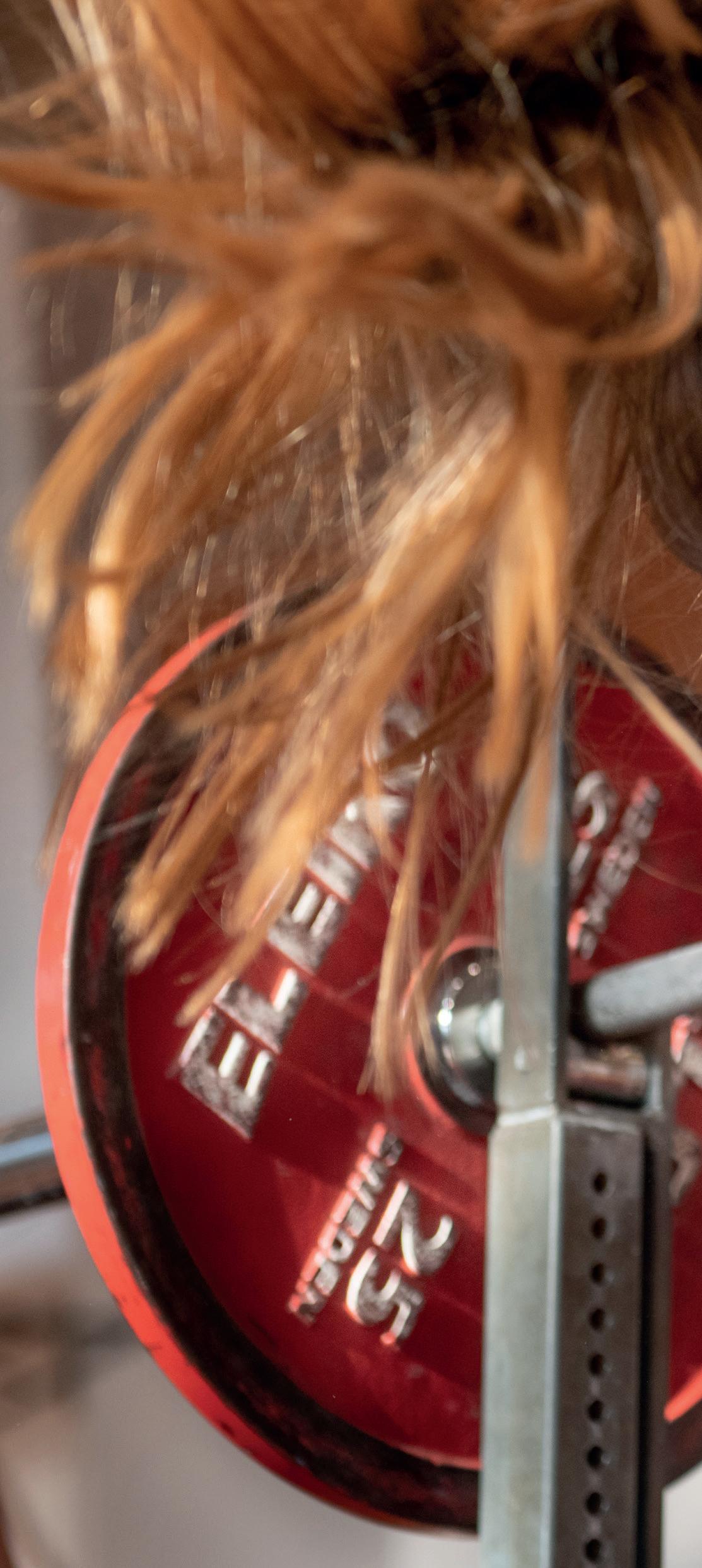
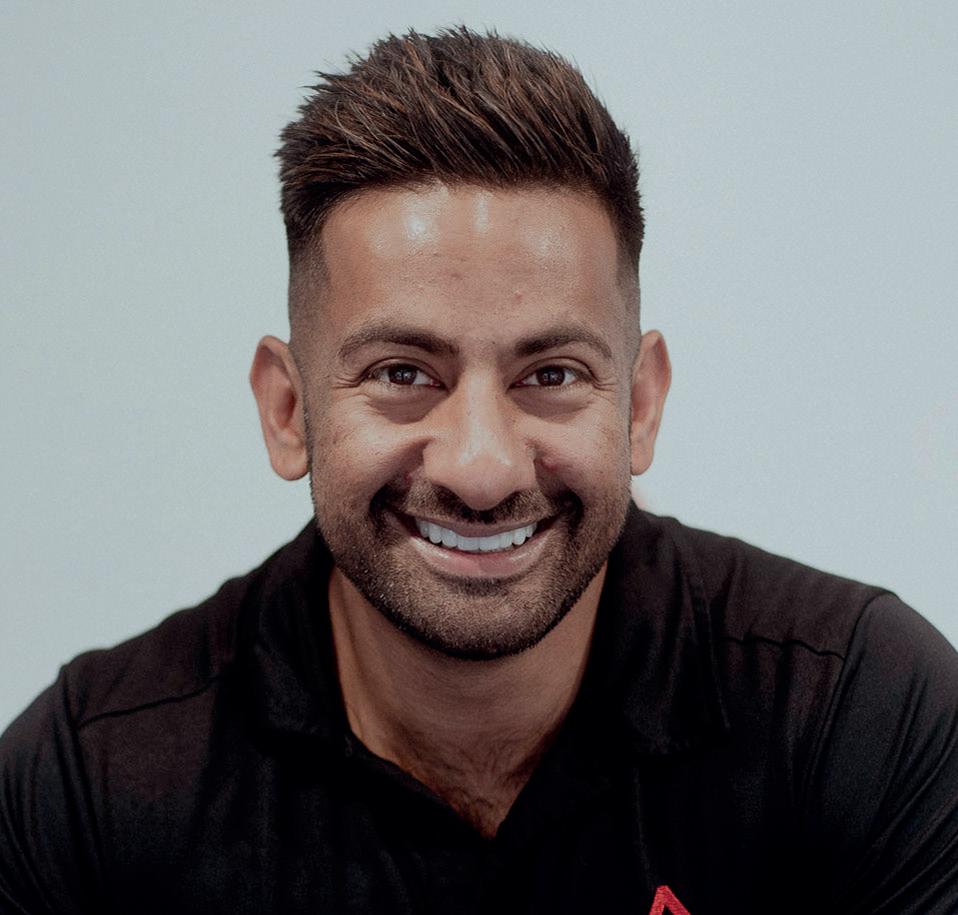
How did it all start?
After university I went into law and ran a property legal firm for a few years. I then moved into technology and for 12+ years have been running tech and data businesses within the property and financial services sectors.
I started strength training when I was 30 – wanting something in my life away from work and family that I could be proud of. I fell in love with the sport and quickly learned that powerlifting gives you so much back.
The lifting community was very supportive and large but lacked a single point solution that could bring everybody together. My vision was to create a platform that could improve the sport for lifters at all levels and attract more people, similar to how Strava, Peloton and Zwift have in other sports.
The global lockdowns created an opportunity and I felt it was the right timing for change – for
me personally and for the sport. I'm not shy of hard work or scared of failure and if I believe in something I’ll give it 100 per cent and go all in.
I worked on Brawn around my full-time job and family – we have two young boys. This was tough and I barely had time for anything else, but knew it was one of those moments where I just had to make it happen.
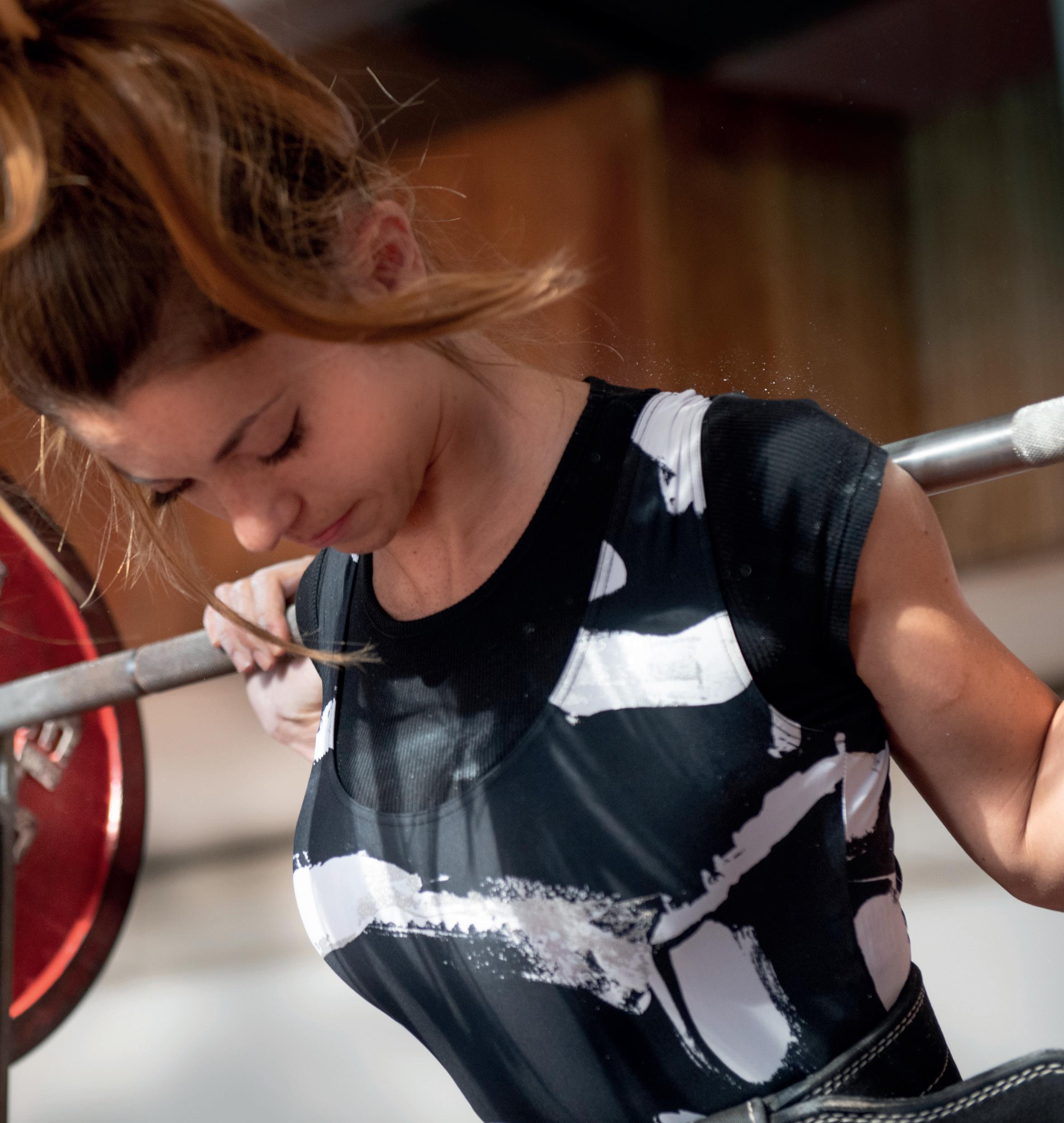
The idea progressed to involve a small
team and we went on to build a beta version in 2020. The initial plan was to test this with 200 UK powerlifters so that we could learn more about what they wanted from the app. We ended up filling the 200 spots in 48 hours and then quickly had a waiting list of 1,000+ lifters from all over the world. After securing investment in early 2021, we scaled the team and launched the mobile apps in May 2021.
Brawn is an app that connects powerlifters around the world
35 million people a week participate in strength training. We want Brawn to help this audience achieve their goals

Brawn helps lifters analyse training and competition data, connect with other lifters from across the world and compete in all kinds of ways, with fun challenges, as well as virtual and traditional competitions. The app is data rich; we have the most complete data set in powerlifting. If you've ever done a competition then your competition data and lifter profile is already there waiting for you to claim it!


One of our key features is Virtual Events, which enables lifters to compete on a global level – we’re currently hosting the world's largest ever powerlifting event through the app. Lifters can participate via video submission from anywhere in the world and we already have 1,000+ people signed up.
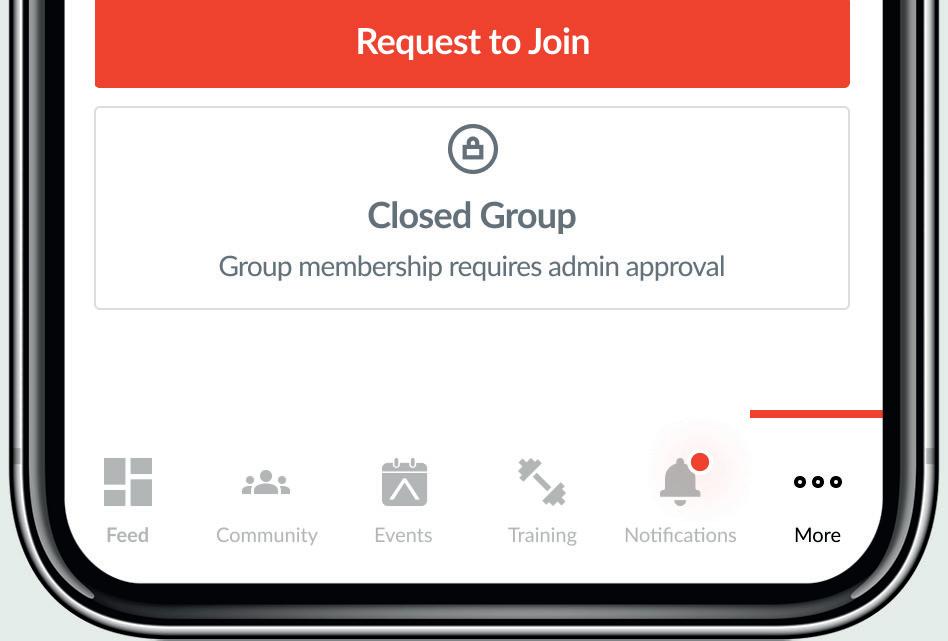
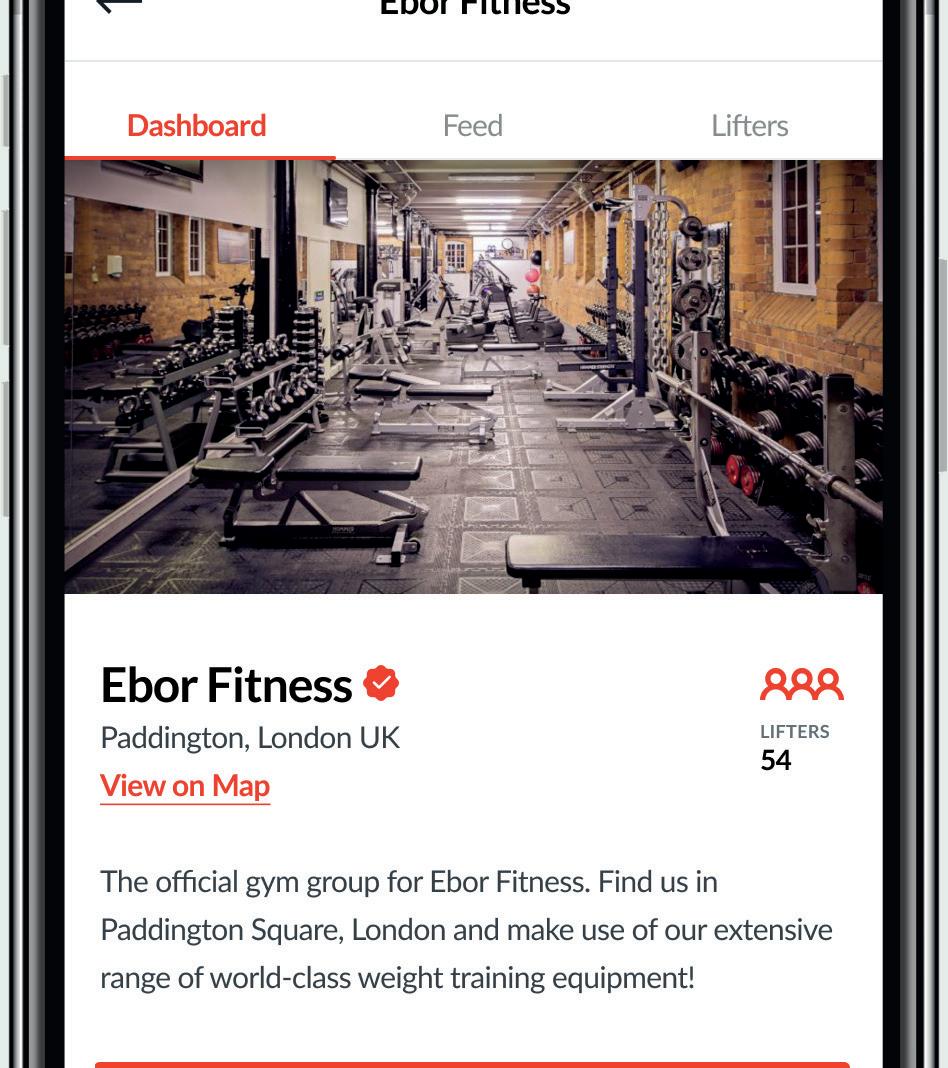
Brawn helps users to analyse training and competition data
RESTYLERSHUTTERSTOCK


This has attracted interest from countries where lifters wouldn't normally be able to compete internationally because they don't have the resources or means to do so. We’re seeing new lifters from places such as El Salvador, Bangladesh and Nauru going head to head with well known lifters from the UK and USA.
Our partnership with the International Powerlifting Federation (IPF) and Eleiko allows us to connect with the largest powerlifting federation in the world. All parties share the vision to grow the sport and we believe Brawn can help to attract more grassroots participation in powerlifting.
Both organisations immediately recognised what Brawn was trying to achieve. We’re now hosting global IPF virtual events and we are very excited and proud to be working
with such large stakeholders in the sport so soon in our journey with Brawn.
Where are your users located?
We only very recently launched the platform globally – prior to that we were operating in the UK only. We now have thousands of users from all over the world, but the majority of our audience is currently UK- and US-based.
What's the business model?
The app is free and it’s US$40 to participate in one of our virtual events.
We’re already working with a number of independent gyms. Our ‘groups’ feature enables lifters to connect with other lifters at the same gym, so they can follow who's lifting what each week.

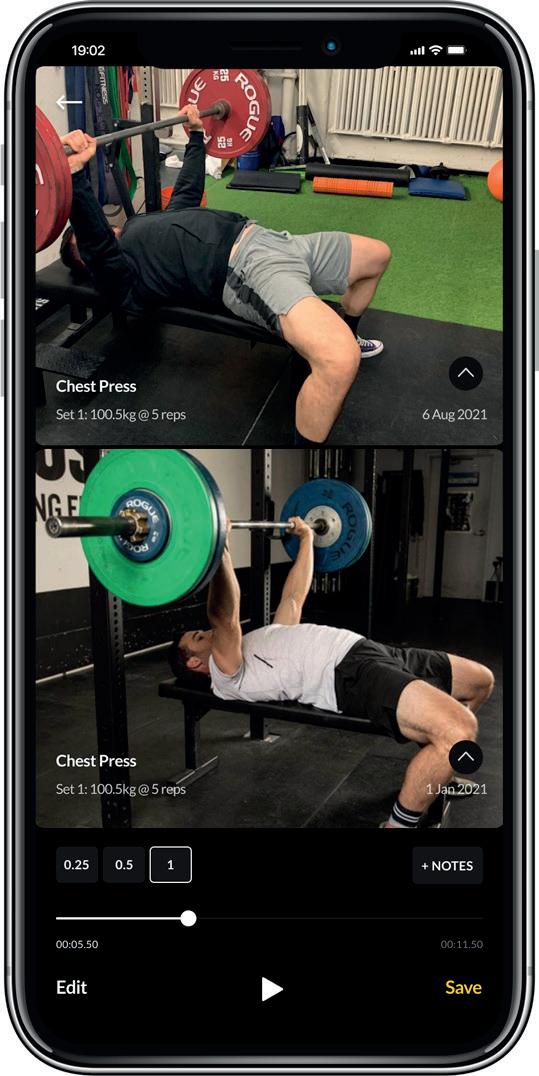
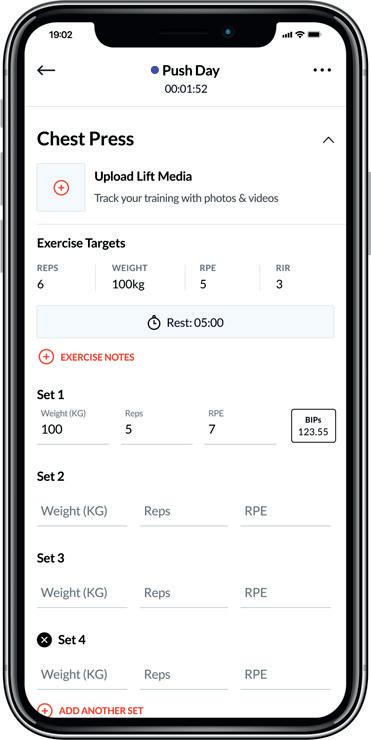
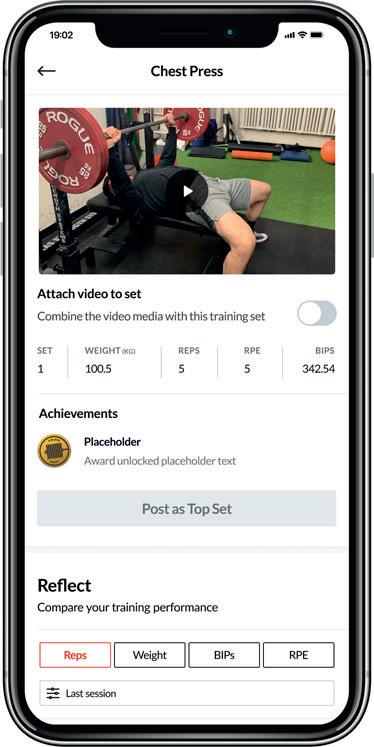
My vision was to create a platform that could improve the sport for lifters at all levels and attract more people, similar to how Strava, Peloton and Zwift have in other sports
If a new user has ever competed in powerlifting, their profile and data will already be in the app

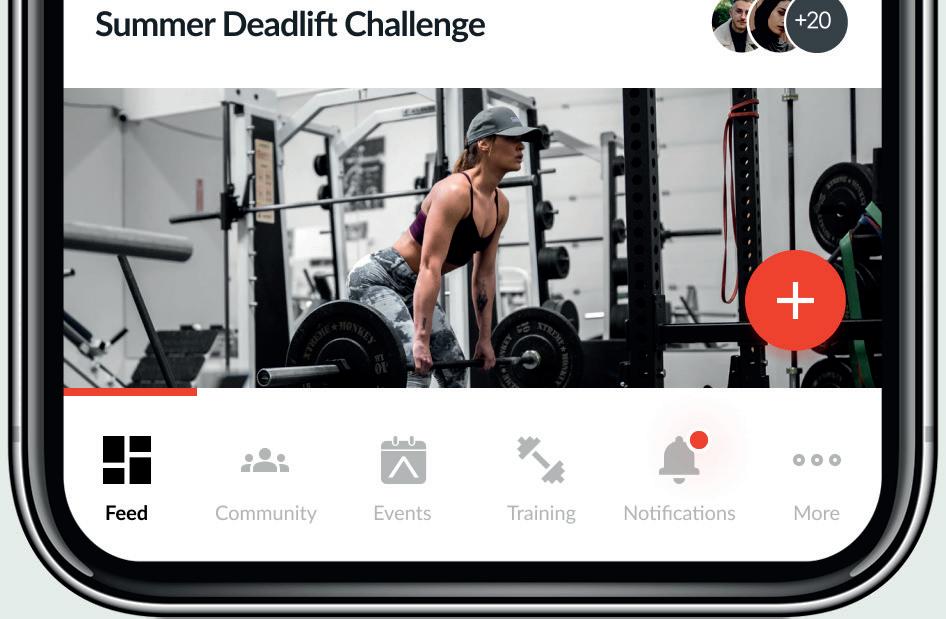
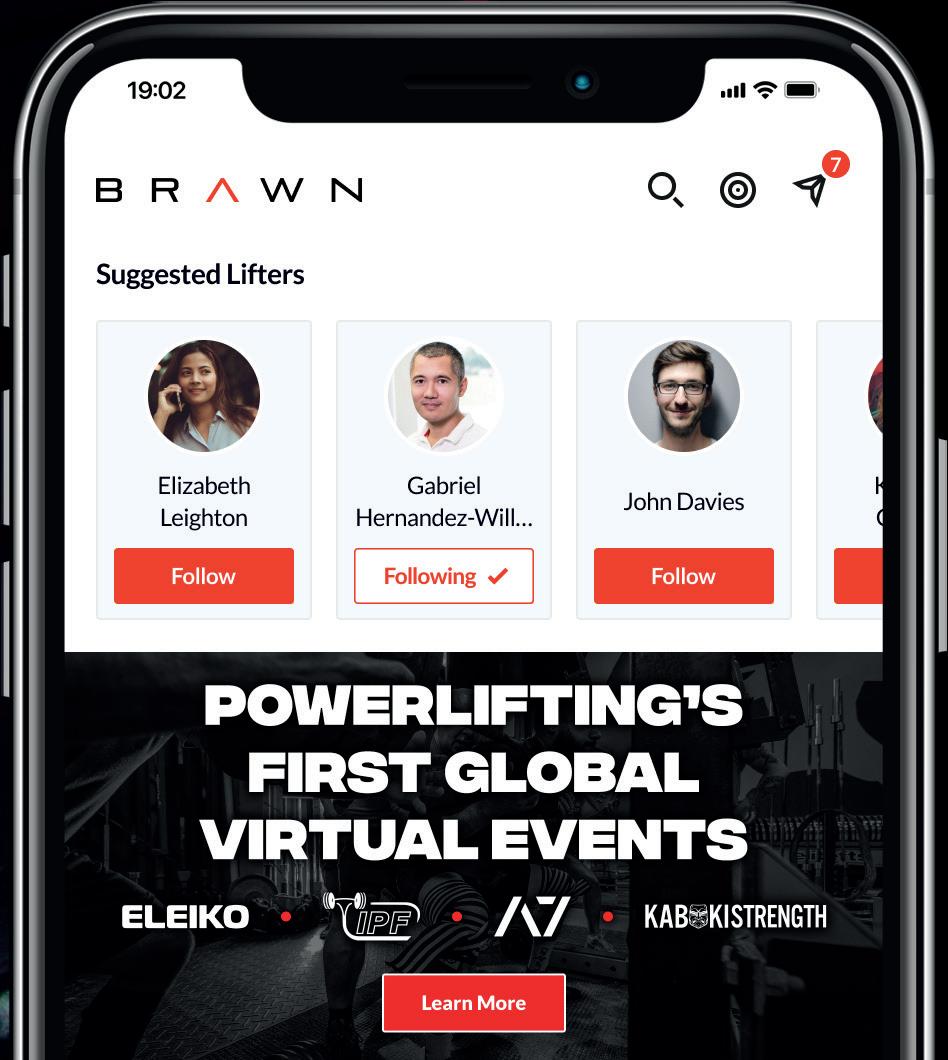
This is hugely valuable for gyms, as it helps to create and connect a community that shares a passion but wouldn't be able to connect otherwise, as they train at different times of the day and week.
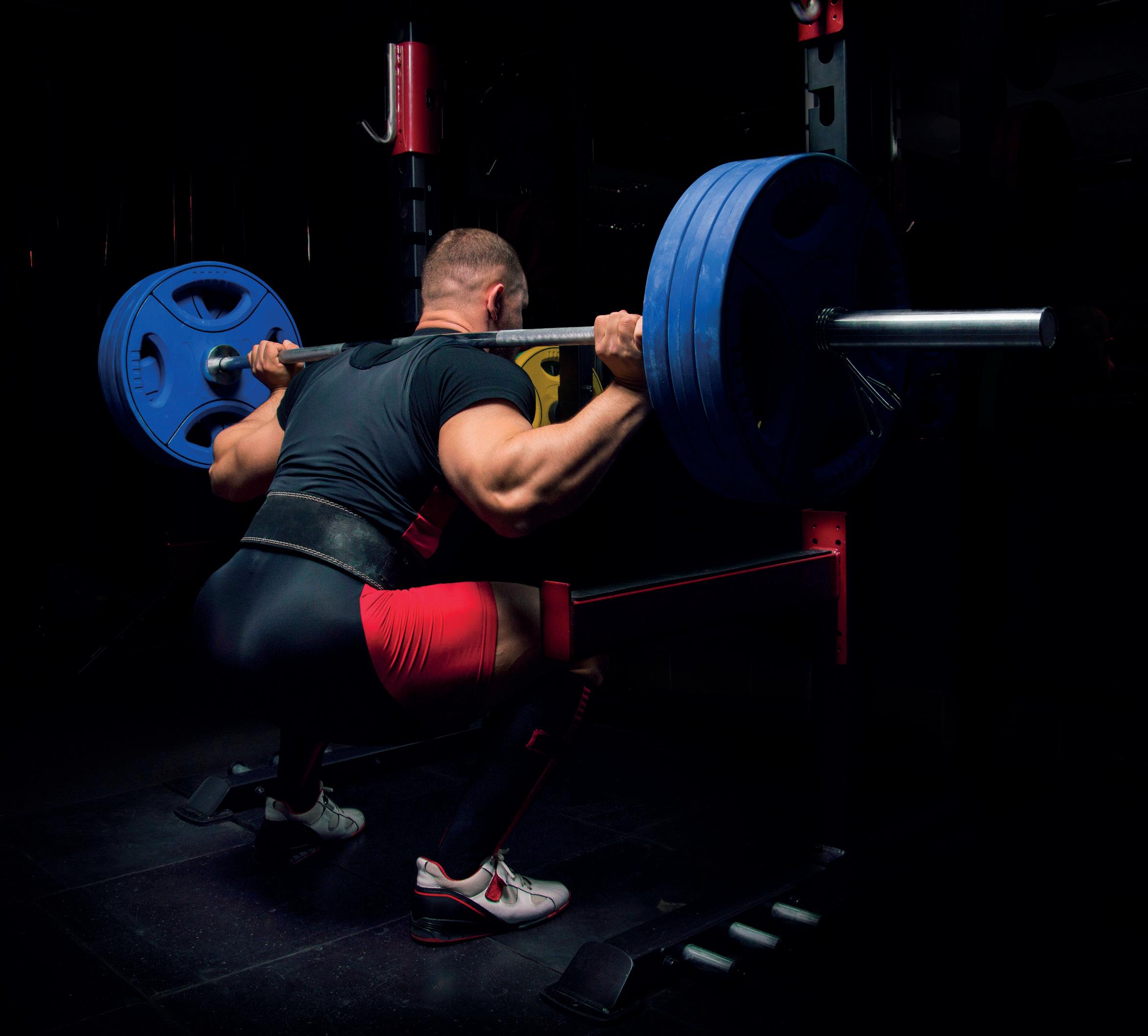
For gym members it provides extra motivation, encouragement and purpose to training. Gyms, clubs and coaches play an important role in growing the sport and are an important partner for Brawn.
We believe 35 million people participate in barbell strength exercises weekly. We want Brawn to help this audience achieve their goals and improve the experience of lifting. ○ More: www.brawn.co.uk
The app is free and it’s $40 to participate in one of our virtual eventsANDY GIN/SHUTTERSTOCK
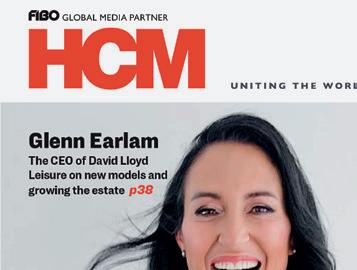


















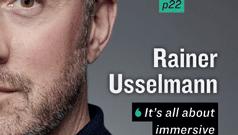


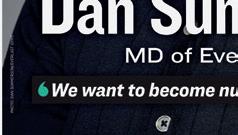

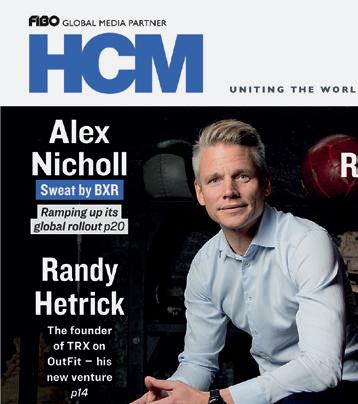

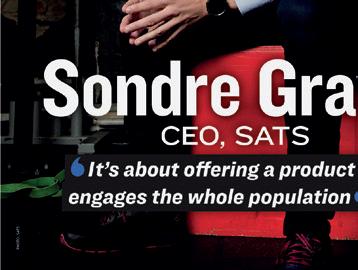










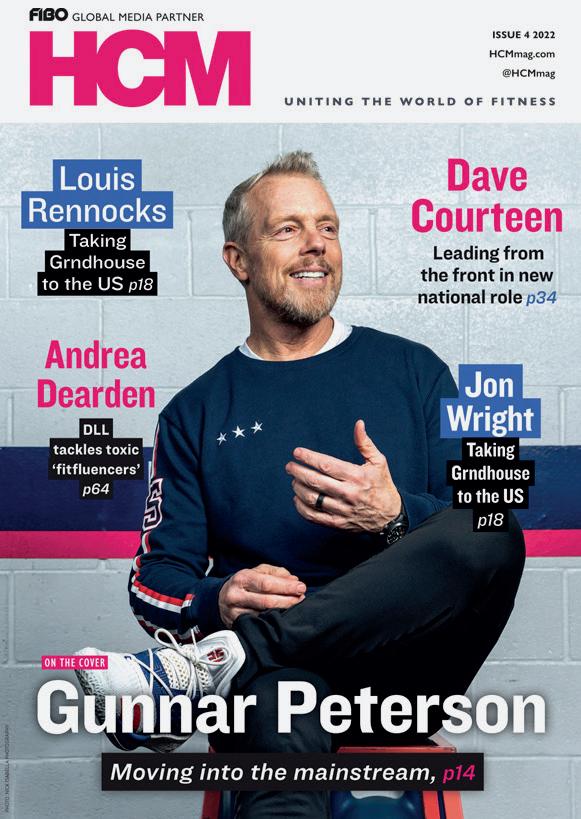
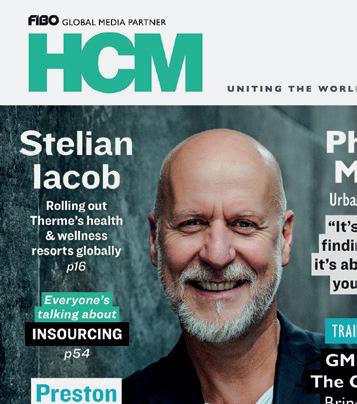

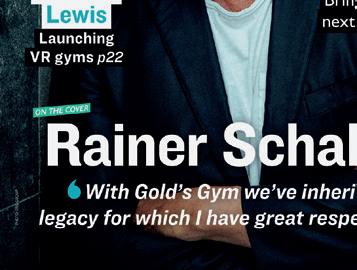
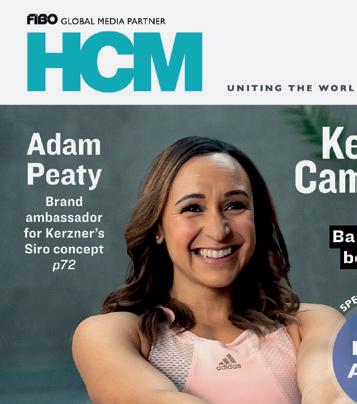

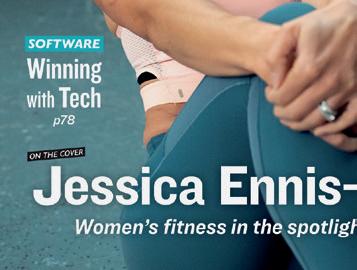



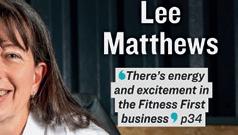





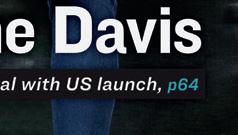
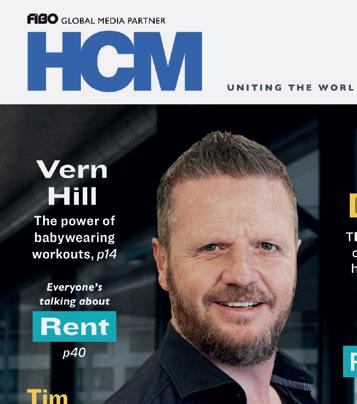

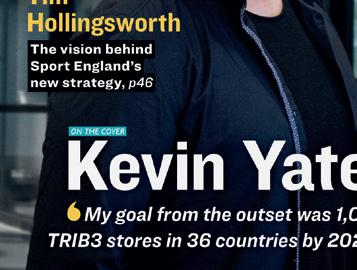

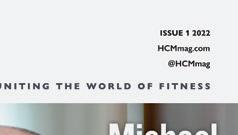
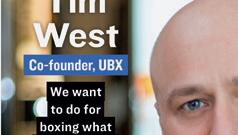


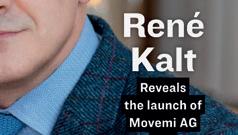




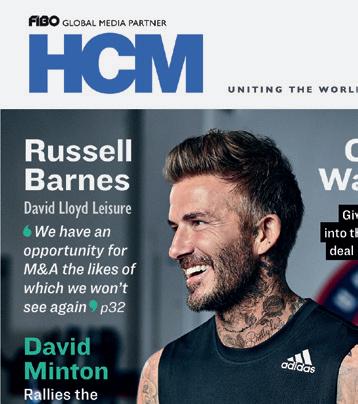

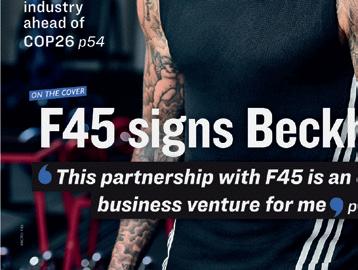
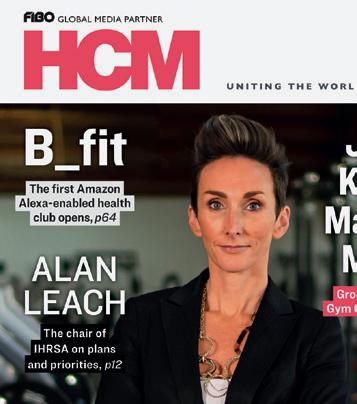






Peter: Ageing is the leading cause of disease, and most people feel helpless to tackle it. We created Humanity as a solution to this, allowing users to monitor their Rate of Ageing, and even reverse it.
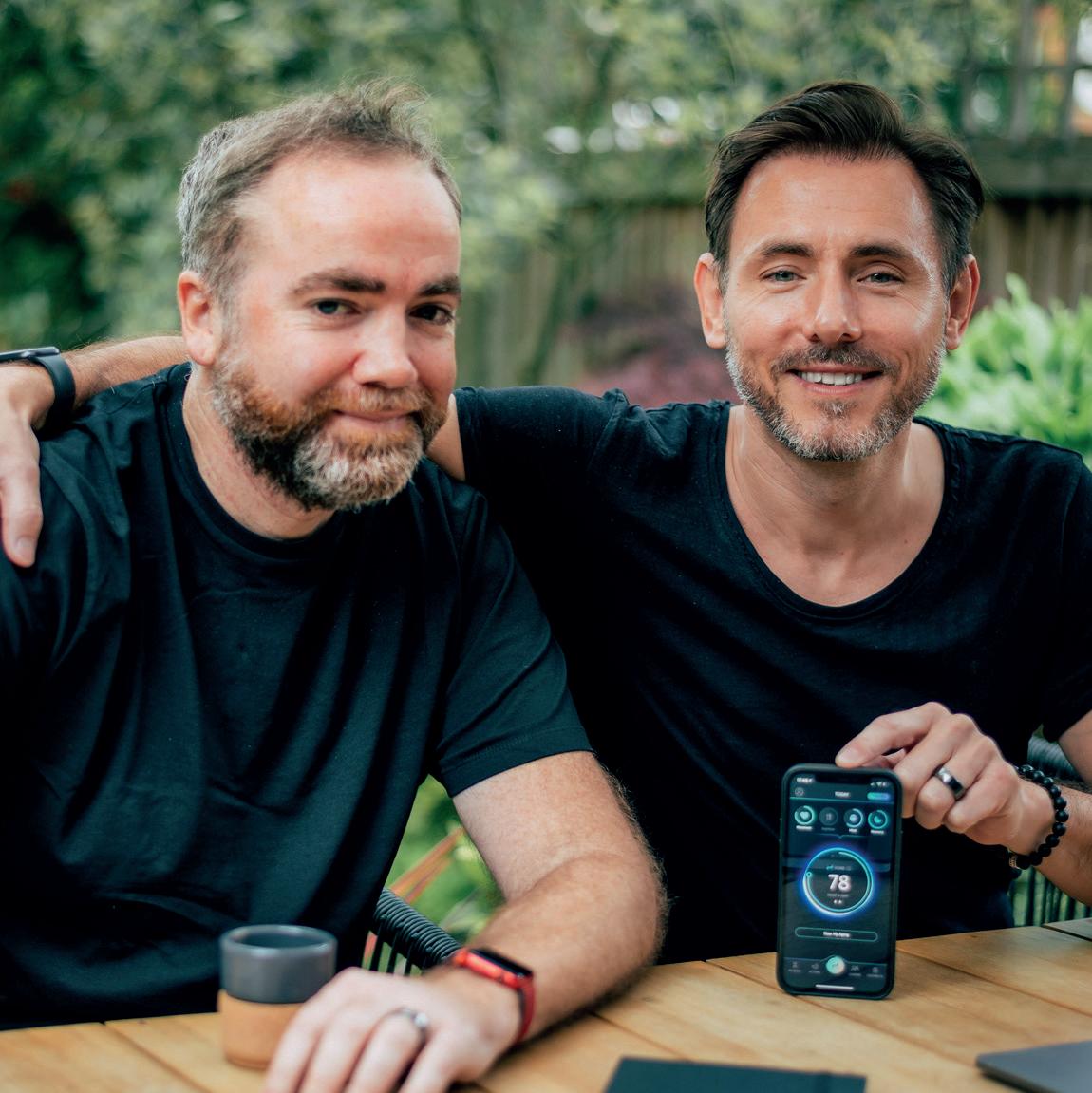
When users sign up, they will discover their initial Rate of Ageing based on the onboarding experience, which pulls activity data from Apple Health and asks a series of lifestyle questions based on a scientifically validated longitudinal study of over 230,000 people.
We then calculate Biological Age and continually update Rate of Ageing based on 90 days worth of data, which is taken from an Accelerometer Sensor in the iPhone and Heart Rate data from wearables.
Every positive action a user takes or tracks in the app helps boost their ‘H Score’ (Humanity Score) – the higher your ‘H Score’, the slower your rate of ageing.
Many apps help people track their health, but Humanity founders Peter Ward and Michael Geer have put the focus on ageing, to help users to see the direct repercussions of their habits. They talk to Steph Eaves
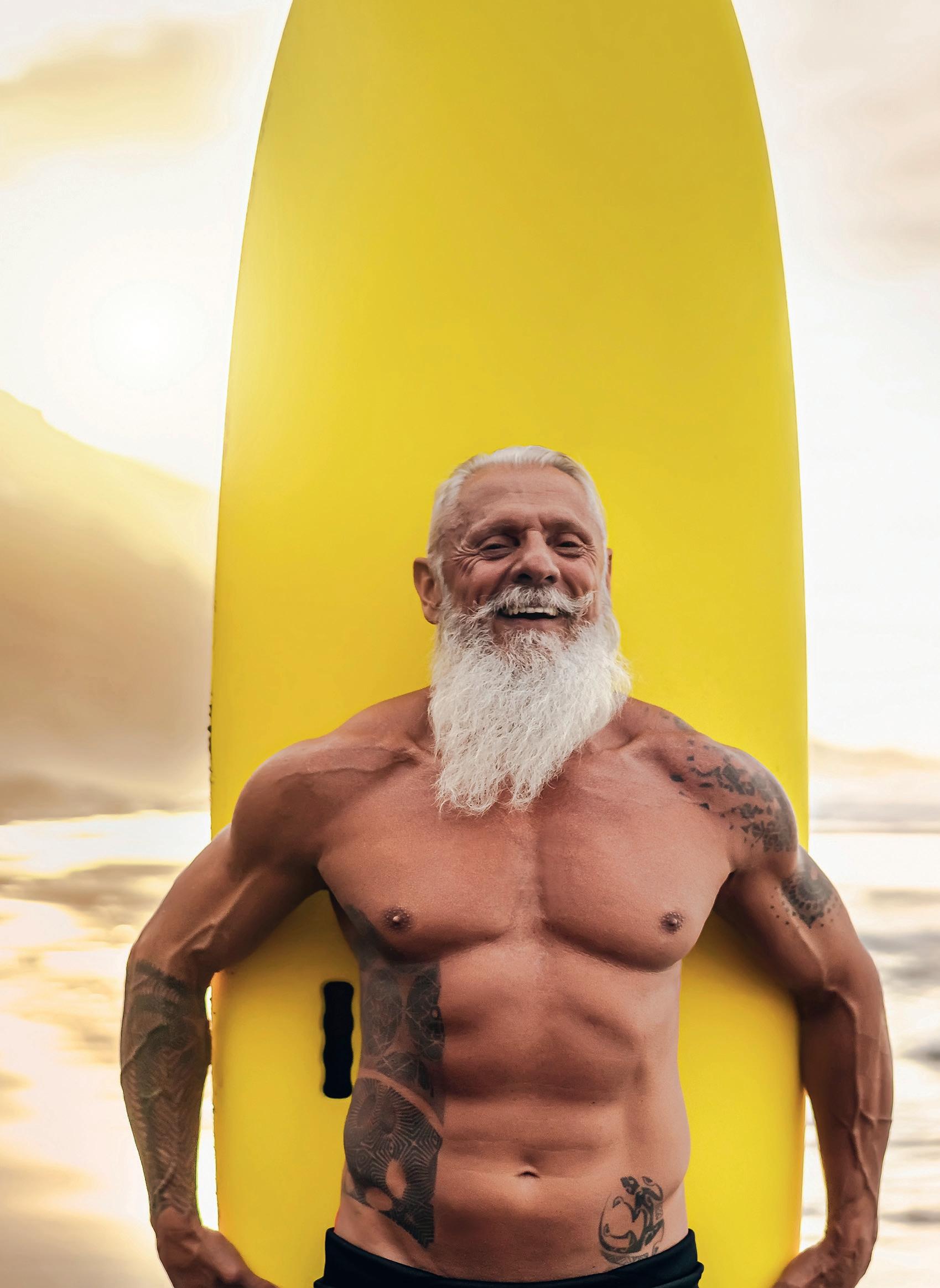 Humanity allows users to measure their rate of ageing and provides ways to slow it down
Humanity allows users to measure their rate of ageing and provides ways to slow it down
a solution to age-related disease
The app offers hints and prompts to help users maintain a positive lifestyle, and our collective intelligence allows users to discover what’s working best for them by comparing this to others like them. The advice we offer is founded on the collective data of users who are successfully reducing their rate of ageing to provide a scientifically validated prediction every 24 hours, which increases in accuracy over time.
Peter: Both Michael and I have collectively helped build consumer tech platforms that have reached over 1 billion users. Personally, my background started in travel. After exploring the world for a year, I launched WAYN (Where Are You Now?) – a travel social network – in my spare time whilst I was working at Accenture. WAYN grew incredibly quickly, reaching over 25 million users, and was eventually sold to lastminute.com. I’ve also co-founded a tech-
entrepreneur network called ICE, which aims to forge deep connections among founders, investors and tech-ecosystem leaders. Now, I’m focused full time on launching and growing Humanity in my role as CEO, helping people live longer, healthier lives.

Michael: Pete actually convinced me to join the WAYN team as COO, so we’ve been working together for many years, which means we have a really clear understanding of each other’s strengths. Prior to this, I was on the founding team of one of the largest dating sites in the world – Badoo – and helped the business reach 70m users. After leaving, I decided I really wanted to do something impactful, and started exploring preventive health and cancer. Having both exited our previous companies, Pete and I decided to work together again, this time on something that we felt could change the world on a global scale, providing people with longer, healthier lives. We founded Humanity in April 2019 to do just that.

We decided to work together on something that we felt could change the world on a global scale, providing people with longer, healthier lives
Michael: Not only did we love working together previously, but we also had great successes in doing so. We actually hatched the idea for Humanity over a few pints of Guinness at a Web Summit in Dublin. After discussing how we’d both lost loved ones to chronic disease, we wanted to stop feeling helpless and start to empower millions of people around the world to protect themselves against agerelated disease. Humanity was born from this ambition and we started working on the business full time, from 1st April 2019.
Michael: The ageing models that measure your Rate of Ageing (or biological age acceleration) and Biological Age, are based on the most cuttingedge scientifically-validated models available. We’ve partnered up with Gero.ai and incorporated their digital biomarker algorithm into
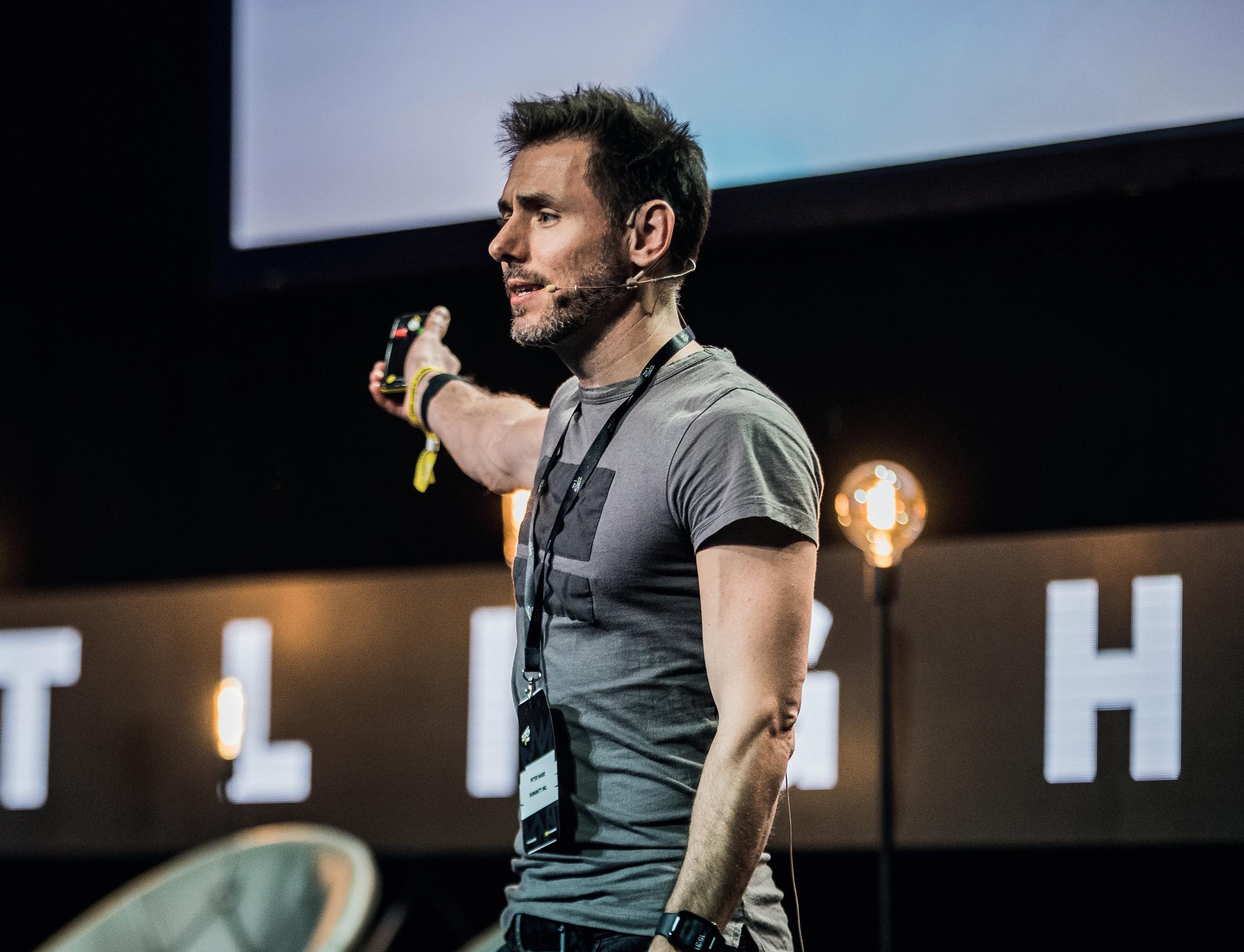
The app gives users their ‘H score’, which helps them to slow their rate of ageing
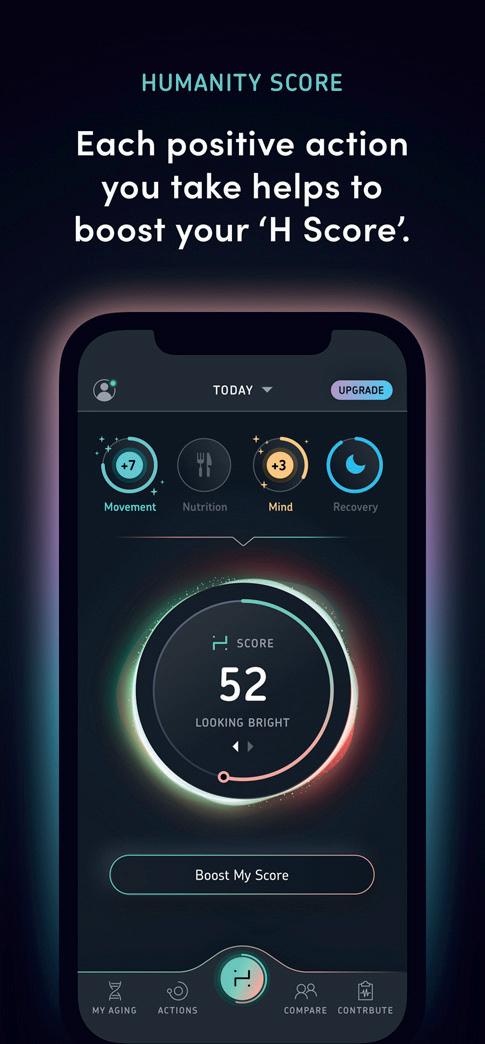
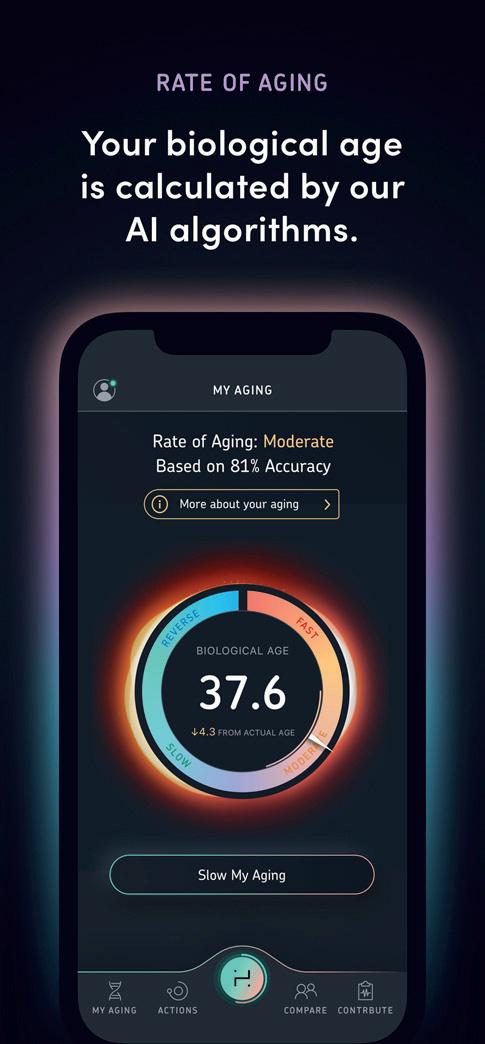
our Composite Humanity model. The Gero model takes in the users’ accelerometer data from their smartphone (and heart rate data from any Apple Health connected wearables they have) and compares that to over 100,000 real people in the UK Biobank and the US CDC’s NHANES dataset to better predict the future health of our users.
There’s a growing body of research that has established the fact that people’s bodies age differently, as a direct result of their lifestyle and environmental factors, and that it can be slowed or reversed.
Michael: We’re building the world’s first health graph, connecting what actions are working for people when it comes to slowing their aging –based on what’s working for people like them.
On the data science side, we’ve developed a machine learning, engineering framework with 55 AI engineers, in partnership with Omdena.
This is being further developed by our in-house machine learning team and chief science officer, using causal inference and propensity scoring, to better understand the optimal health path for each individual, based on what’s working for other people like them, to slow their aging.
can all reduce our risk of disease and death, and ultimately live longer, healthier lives.
Most apps track very specific activity, such as calories burned or steps taken, which give a micro-level perspective of a person’s health on any specific day. Humanity aims to show the whole picture and how all these positive steps contribute to a fuller understanding of health and how it’s related to ageing.
At scale, this will reduce the suffering of millions of people and contribute trillions of dollars of impact on the global economy, freeing up healthcare systems to focus more on prevention than sick care.
Michael: We’re incredibly fortunate to have received US$2.5m seed funding in an oversubscribed round back in March 2020 and to have the support of some incredible investors, from businesses we truly admire and respect in the health-tech industry. These include the co-founders of Calm, MyFitnessPal, Soundcloud and Esther Dyson, as well as leading funds in the US and Europe.
Peter: Overall, the feedback has been unanimously positive.
Peter: Not only is ageing the leading cause of disease, but until now, there has never been a good way to measure it, and most people feel helpless to prevent it. Despite this, it is one of the most holistic markers of overall health. By understanding what actions help to slow, or reverse aging, we
We believe Humanity is getting such great feedback because it gives a full picture of health in a really simple way, along with clear advice and functionality that help people to make small changes that will ultimately reduce their rate of ageing.
We think this positive response is in part because people had become so used to
Are you
Do you think putting the focus on ageing will change the way people feel about tracking their health?
We’d both lost loved ones to chronic disease and wanted to empower millions of people around the world to protect themselves against age-related disease
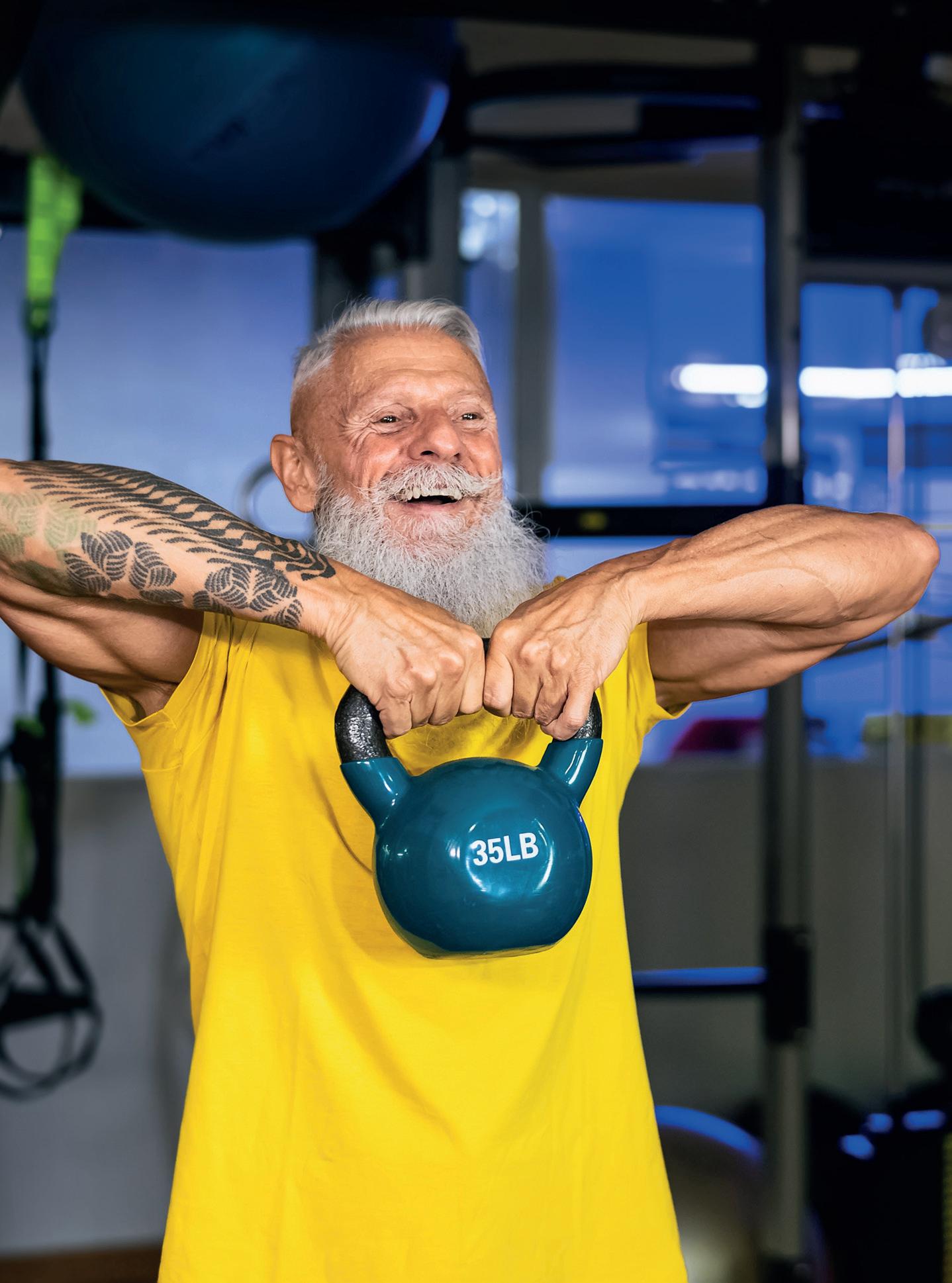
The Humanity team has developed a new machine learning framework to better understand each individual’s optimal health pathPHOTO: SHUTTERSTOCK/ALESSANDROBIASCIOLI
analysing their health on a micro level, it becomes a little fragmented and granular. For others, that level of detail had become intimidating and Humanity fixes those issues.
Peter: The daily Humanity score gives users a real-time understanding of how well their day is progressing, with personalised real-time guidance on what actions are most likely to be effective, based on the other actions already done that day. Users can then compare progress with others on a weekly and monthly basis.
They’ll soon be able to do this with their friends and family too, so they can keep each other accountable and add an element of healthy competition.
We’ve worked hard to distill the complexity of ageing and what actions people can take to slow it down, into a highly engaging and simple interface that encourages people to take action and improve their health. Based on the feedback thus far, it seems we’re on the right track!
Michael: The app monitors four key areas attributed to health: movement, mind, nutrition and recovery. Most of this data is pulled from Apple Health and is based on a smartphone or wearable, so having a compatible wearable will give a more accurate reading. However, data can be inputted manually by the user – such as daily mood, workouts (if not tracked) or sleep (if not tracked), and more additions will come in the future.
Activity is analysed every 24 hours and the Rate of Ageing and Biological Age predictions

are based on the last 90 days of data. The beauty of this is that the more data that is collected, the more accurate it becomes, which in turn encourages more positive changes, meaning users can actually see the results of their hard work, as their age starts to reverse.
We’re testing the incorporating of other ageing models, based on blood and genetic data, having partnered with Chronomics, Eurofins and Illumina, to help analyse our DNA methylation markers, and we have developed our own clinical blood biomarker model, based on well established studies of which blood markers, in combination, can predict biological ageing.
Peter: It was really important to us that the app remains completely free, so anyone can effectively monitor their rate of ageing. We plan to offer additional inapp subscriptions and once we launch that will make the data even more accurate and enable a more holistic view of health.
Peter: We’ve all lost a part of our life to the pandemic. Many of us have lost loved ones as well and it’s forced us to look at our health and mortality in a totally new light. It’s also brought to light how fragile the world’s healthcare systems can be, and there are now backlogs of people waiting for care for totally preventable diseases. There’s clearly a need for new products that give people the whole picture of their health, and empower them to live a more resilient life. Although this has been a dark time, we hope
We plan to be the leading app for slowing your aging, in the same way that Calm is the leading app for meditationPHOTO: SHUTTERSTOCK/ALESSANDROBIASCIOLI
it has a positive impact as people harness everything available to them to better inform themselves about their own health, and the role that ageing plays in this. We at Humanity plan to have a major role in this evolving world and we can’t wait for people to experience the app.
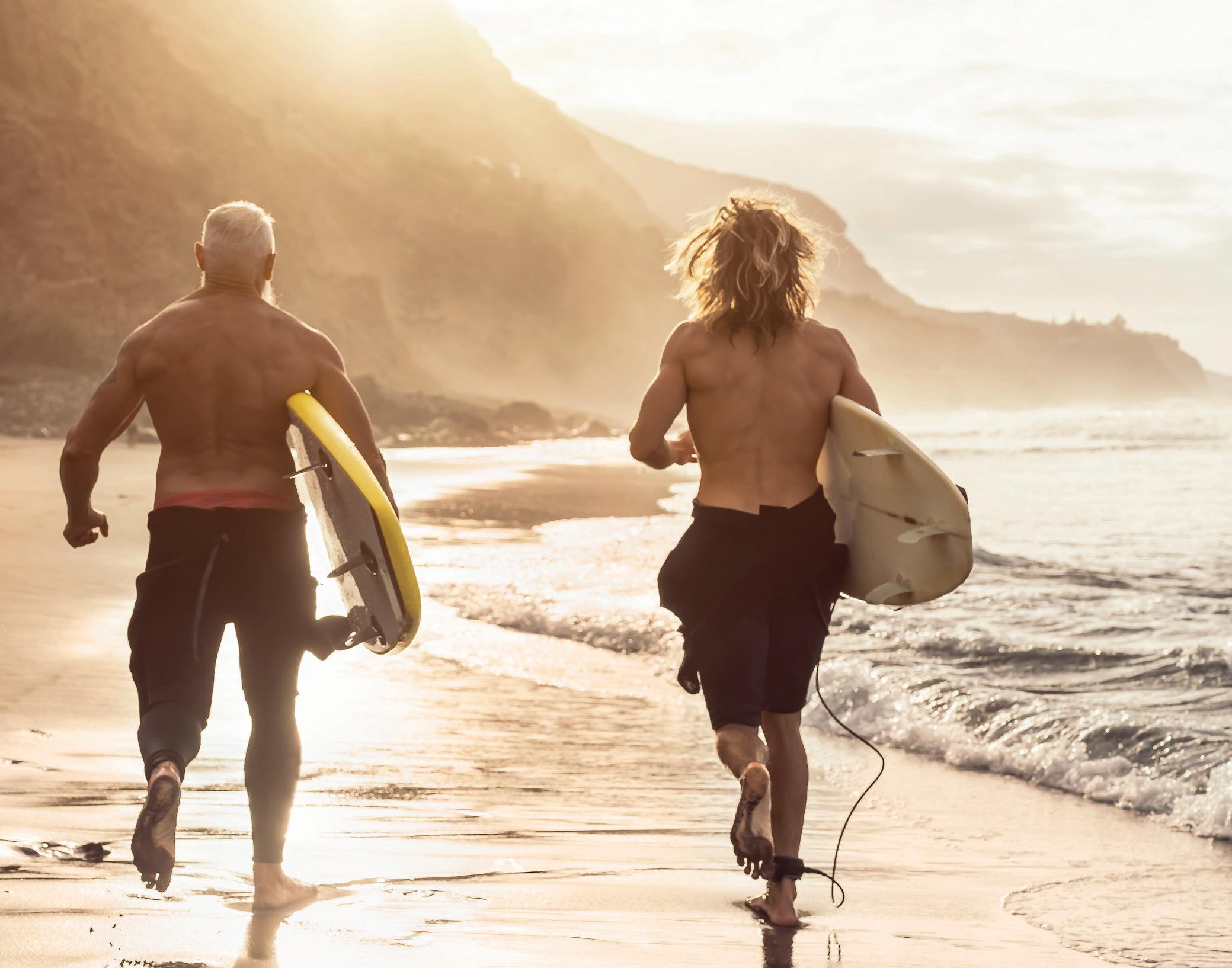
Michael: There’s been a huge growth in digital health, AI, monitoring, wearables, quantified self and biohacking, as well as an increased interest in controlling one’s own health and maximising healthspan, but most of these are really only used by a niche group of engaged users, and they each monitor a specific health factor. Right now, there really is no good way of monitoring ageing.
We envisage Humanity playing a key role in making this way of monitoring health much more accessible to the mainstream consumer. Things such as blood marker tests
and genotyping are becoming increasingly affordable to the masses and have been cited in clinical trials and scientific papers as the most advanced way to measure ageing.
What’s more, many of these processes are becoming less invasive. Over the coming years, we see health tech moving away from a niche audience of biohackers and into the mainstream, with everyone able to monitor the impact of their lifestyle on their biological age at a micro and macro level.
Peter: We plan to be the leading app for slowing your aging, in the same way that Calm is the leading app for meditation.
The bigger picture for us is using tech to enable everyone to live longer and healthier lives than previous generations. ●
More: www.humanity.health
Workout Anytime created its app in partnership with Virtuagym. Workout Anytime’s Greg Maurer and Virtuagym’s Hugo Braam explain the process behind its creation
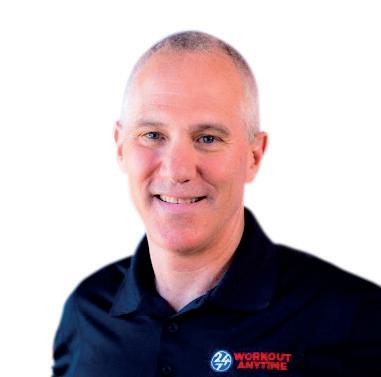

Greg, what was the initial idea behind the Workout Anytime app?
We understood that fitness business owners were having to use multiple applications to meet their growing needs and that the speed of innovation was only going to increase, so we were looking for a branded app that would fully integrate with our membership and billing platform.
We knew we also needed a complete suite of features, including check-in and account access, club locator technology and an exercise library with preset workouts, as well as the ability to add exercises. In addition, we wanted to provide members with the opportunity to create and add their own workouts into an activity calendar.
We passionately believe the convenience, community and personalisation provided by technology can give people the motivation to work out more
Maurer, vice president of fitness and education, Workout Anytime
Workout Anytime wanted an app that met the needs of its digitally-savvy members
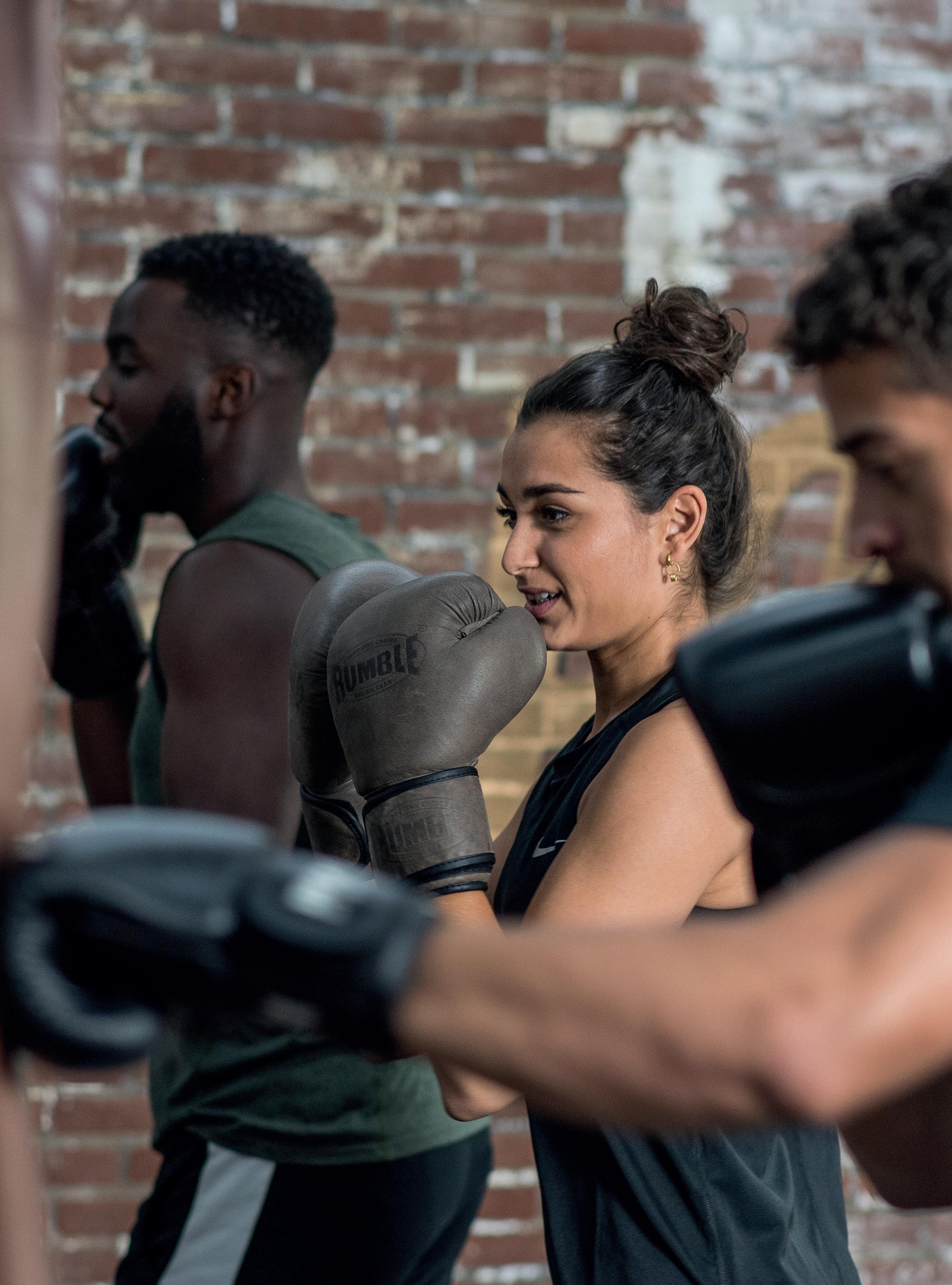
To provide an all-in-one solution, the app required Video on Demand to be available natively, likewise with heart-rate monitoring, as well as a nutrition programme builder.
We passionately believe that the convenience, community and personalisation provided by technology can give people the confidence and motivation to work out more, so including an online community feature with a newsfeed to communicate with members was also important.
Finally, we wanted to be able to provide a dedicated support team, including assistance with marketing for franchise partners.
Before the pandemic, we already knew that the shift towards integrated brand apps was quickening and that it would soon become the norm. This was reinforced by an anonymous survey we conducted with our franchise partners that revealed the number one thing they wanted was a mobile app.
Additionally, most of our customers are between the ages of 18 to 39 – a highly digitally savvy demographic – so being able to connect with them outside of the gym was essential.
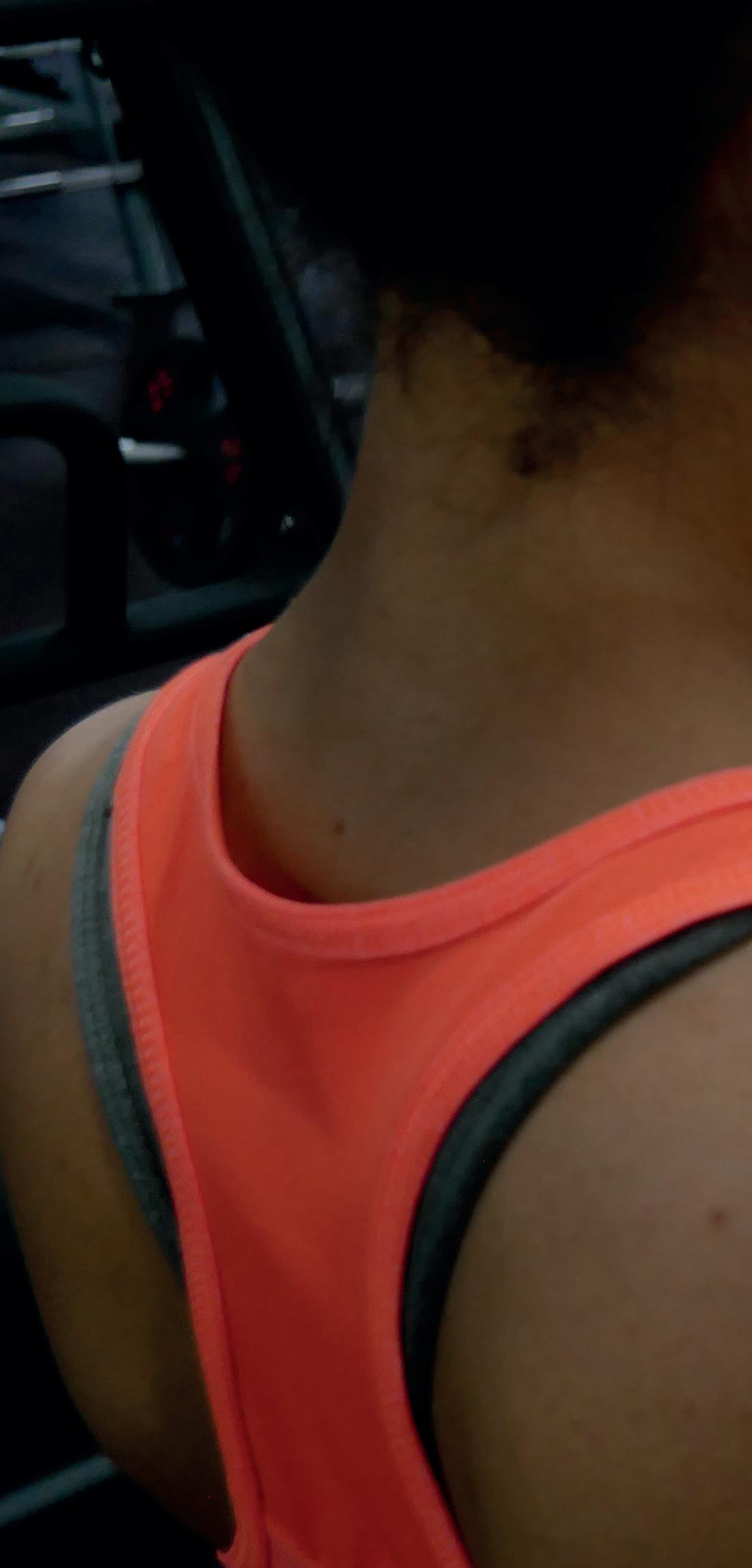
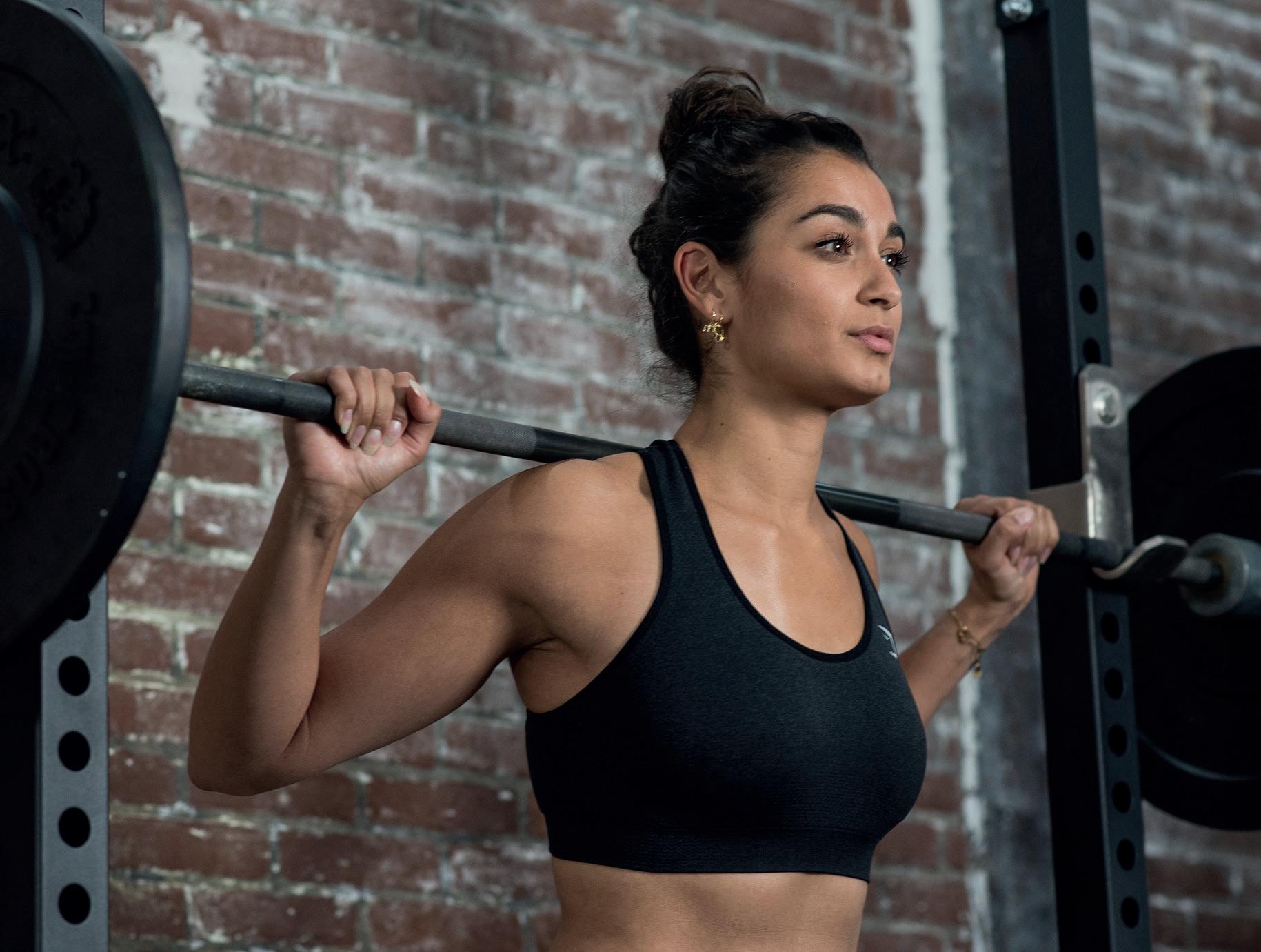
We’re extremely happy with the Workout Anytime app – it’s exceeded the expectations of our corporate team, franchise partners and members.
Ultimately, the app has enhanced our value proposition to our members, because we’re now providing them with an integrated, turnkey digital wellness solution. Our engagement has gone beyond the walls of our physical facilities and in-person workouts.
By ensuring that no matter the restrictions, we were providing people with an effective way to engage with their physical and mental health.
We added a banner that linked to workout classes, so members could consume them at their leisure – this was in addition to the exercise library and workouts that were already built into the app.
We plan to continue our integration with ABC Fitness, such as for scheduling, while maximising the opportunities offered by wearable technology by rolling out our heart rate monitoring with an integrated heart rate feature.
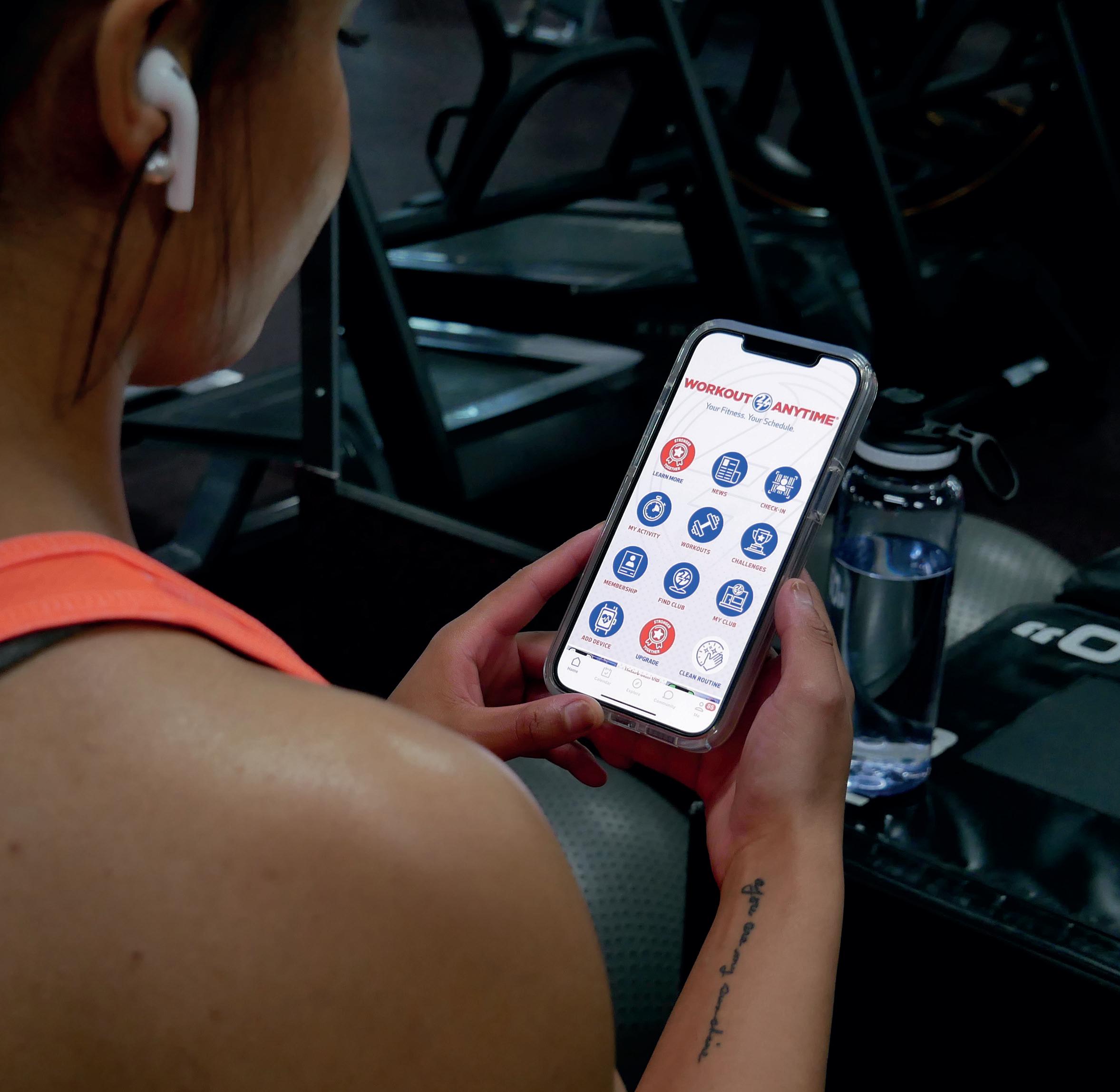
We spent a lot of time at the start of the partnership, understanding each other’s needs and committed to ensuring regular, transparent communication.
This helped greatly during the pre-launch development process as we went through the stages of customisation. It’s also led to the development of the client app, as well as second and third launch phases, which have
The app has almost 60,000 regular users and is growing by 1,000 each week
been focused on an upgrade to an integrated professional membership and the development of a Workout Anytime Coaches app.
They wanted an app that was for members, not just trainers, that could do something that would previously have required four different digital solutions to achieve. We also knew that the team’s long-term aim was to have all members on the app and that a key motivator was to have a tool that would give members the flexibility to work out whenever and wherever they wanted.
Workout Anytime’s principles involve thinking big and keeping it simple, so we naturally ensured we kept this front of mind.
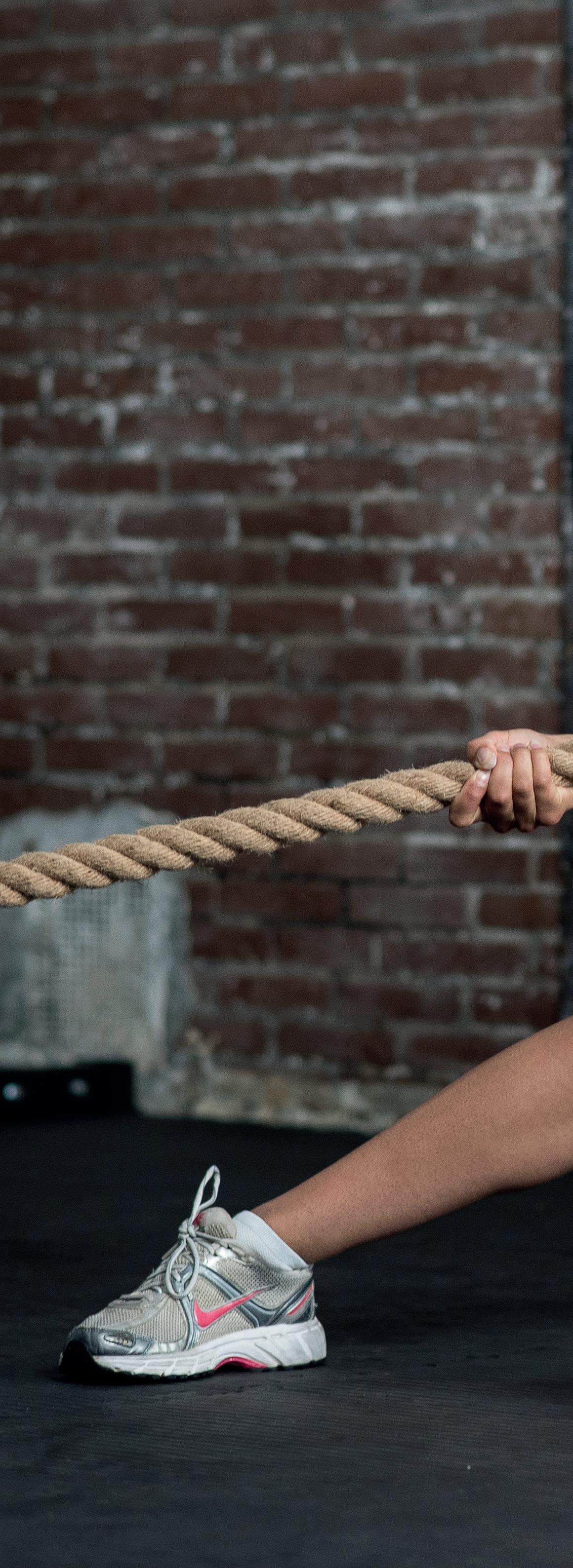
We looked to build an app that clients could use to develop personalised plans with their trainers, in order to work towards their health and fitness goals in a way and at a time that would be most suitable for them.
Another key requirement was providing Workout Anytime with the ability to report at a club- and enterprise-level on what individuals are using in the app, as well as full integration with billing partner ABC Fitness, including scheduling for trainers and members.
The main challenge was around integrating the app with ABC Fitness, so everything could work on one platform. This was vital for the launch, as without doing this, clients wouldn’t have been able to activate the app.
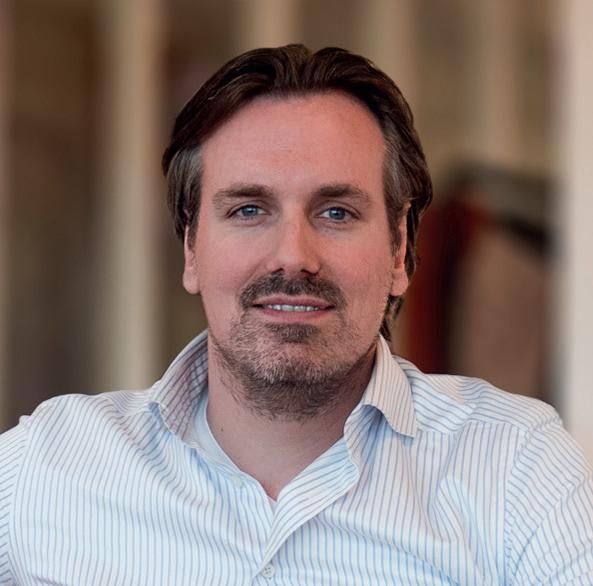
A combination of being able to find successful solutions to this challenge and being on hand to quickly respond to any teething problems meant we were able to create an integrated app, used by over 60,000 members and growing.
There’s always a degree of stepping into the unknown when helping a fitness business launch an exciting new product. However, following a rigorous launch process between Virtuagym and Workout Anytime, we felt confident about how future proof the app is. The fact that both usage and development has increased during such a challenging period for the industry is testament to that. In addition to this launch process – which included training, education and detailed onboarding of the Workout Anytime network –the key to future-proofing the app was following a detailed development roadmap that we created together. This encompassed new features to fit the changing needs of their member base. ●
The key to future proofing the app was following a detailed development roadmap that we created together
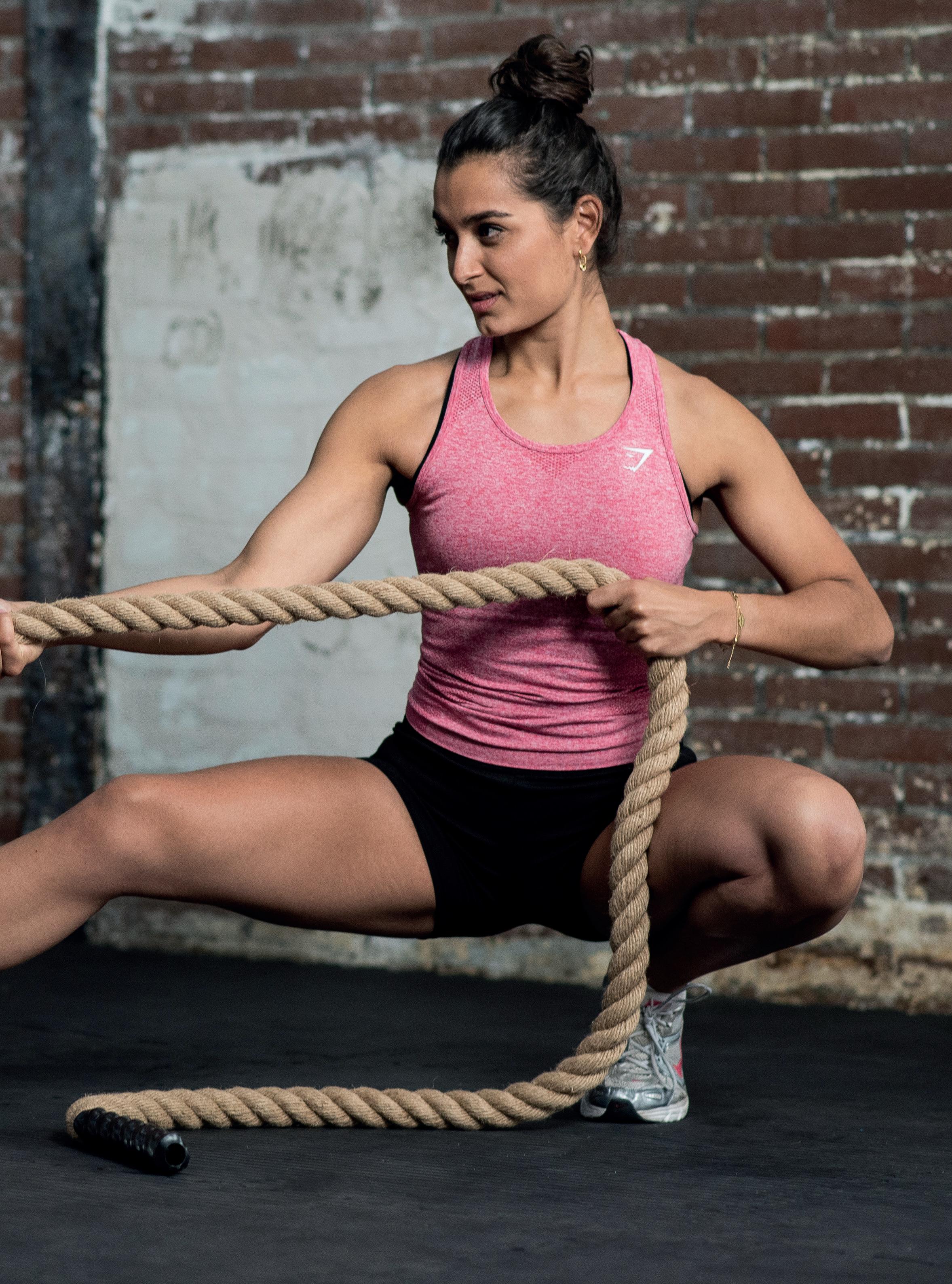
The effects are equal to 1,235 extra steps per day
Researchers at the University of Copenhagen have conducted a meta analysis of all relevant research and found that the body of evidence shows an impact
Physical activity monitors, such as fitness apps and wearable activity trackers, that provide direct feedback to users do help to boost activity levels in adults, according to a summary of the evidence, published in The British Medical Journal (BMJ).
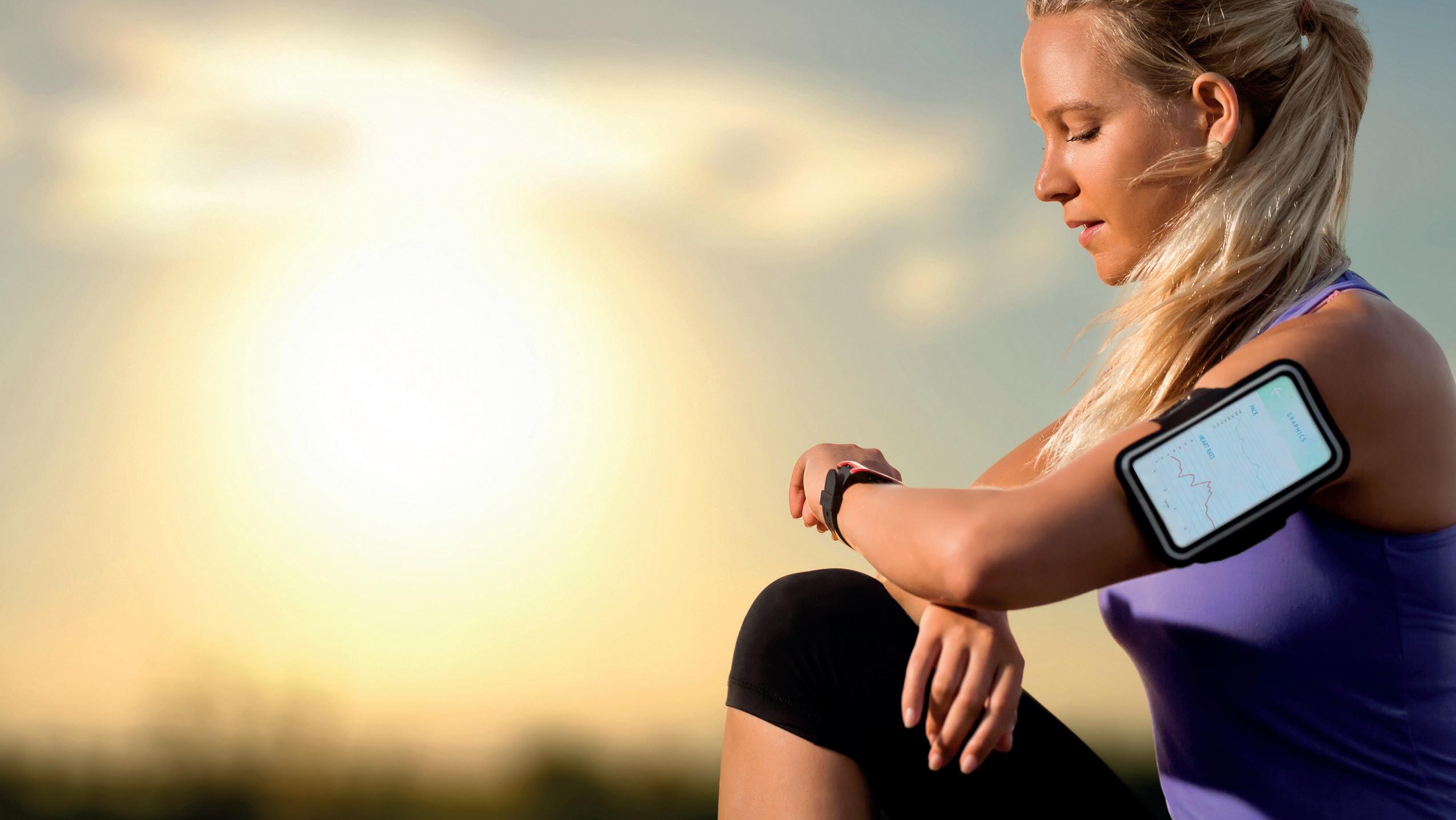
The effects are small to moderate – equal to 1,235 extra steps a day and almost 50 extra minutes of moderate to vigorous physical activity a week –and the certainty of evidence ranged from low to moderate. But at a time when many adults don’t meet recommended activity levels, these findings suggest that these devices may have a real impact.
Modern physical activity monitoring devices often claim to change people’s behaviour, but different studies looking at their effectiveness have reached different conclusions.
To address this uncertainty, researchers in Denmark searched databases for trials comparing activity levels in adults who received feedback from physical activity monitors with control interventions in which no feedback was provided.
They found 121 randomised controlled trials involving 16,743 mainly healthy 18 to 65 year olds. Most of the trials were European (31 per cent) or North American (40 per cent) with a median intervention period of 12 weeks. The median age of study participants was 47 years, with a higher proportion of women (median 77 per cent) than men.
Overall, the interventions showed a moderate effect on physical activity (equivalent to 1,235 daily steps), a small effect on moderate to vigorous physical activity (equivalent to 48.5 weekly minutes) and a small but insignificant effect on sedentary time (equal to 9.9 daily minutes).
For all outcomes, physical activity monitors that provided feedback were more effective than those that did not provide feedback.
The researchers acknowledged that the included trials varied in design and methods and say the results may not be applicable to lower income countries. This is, however, the first systematic review to summarise the entire body of evidence across different patient populations and different types of physical activity monitors.
As such, the researchers said this study “provides evidence for using physical activity monitors for enhancing physical activity and moderate to vigorous physical activity at a time when large, feasible, and scalable interventions are urgently needed.”
The researchers called for future studies to investigate how physical activity monitors can be used in combination with other behavioural change strategies or how they might affect sedentary time. ●

































































































































































